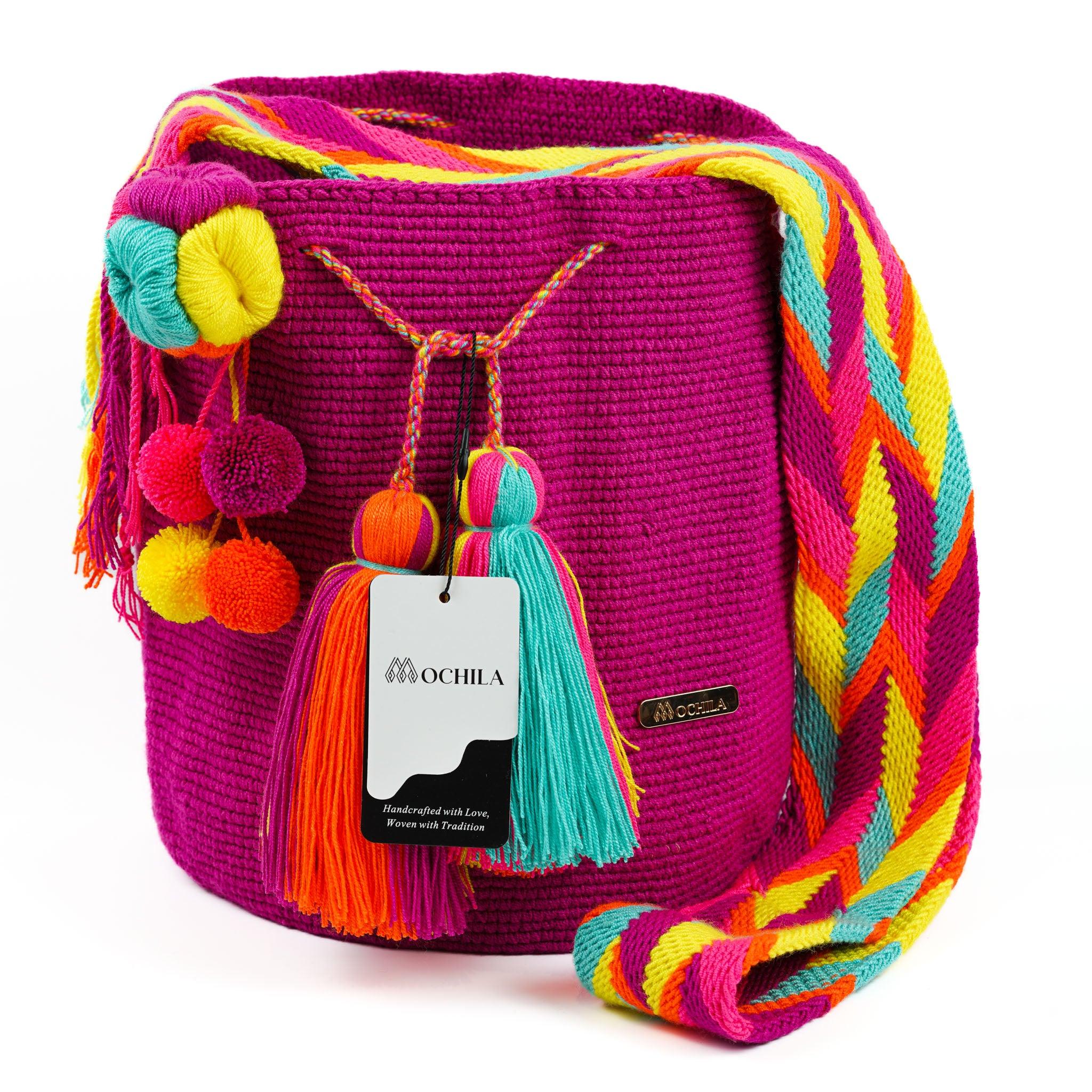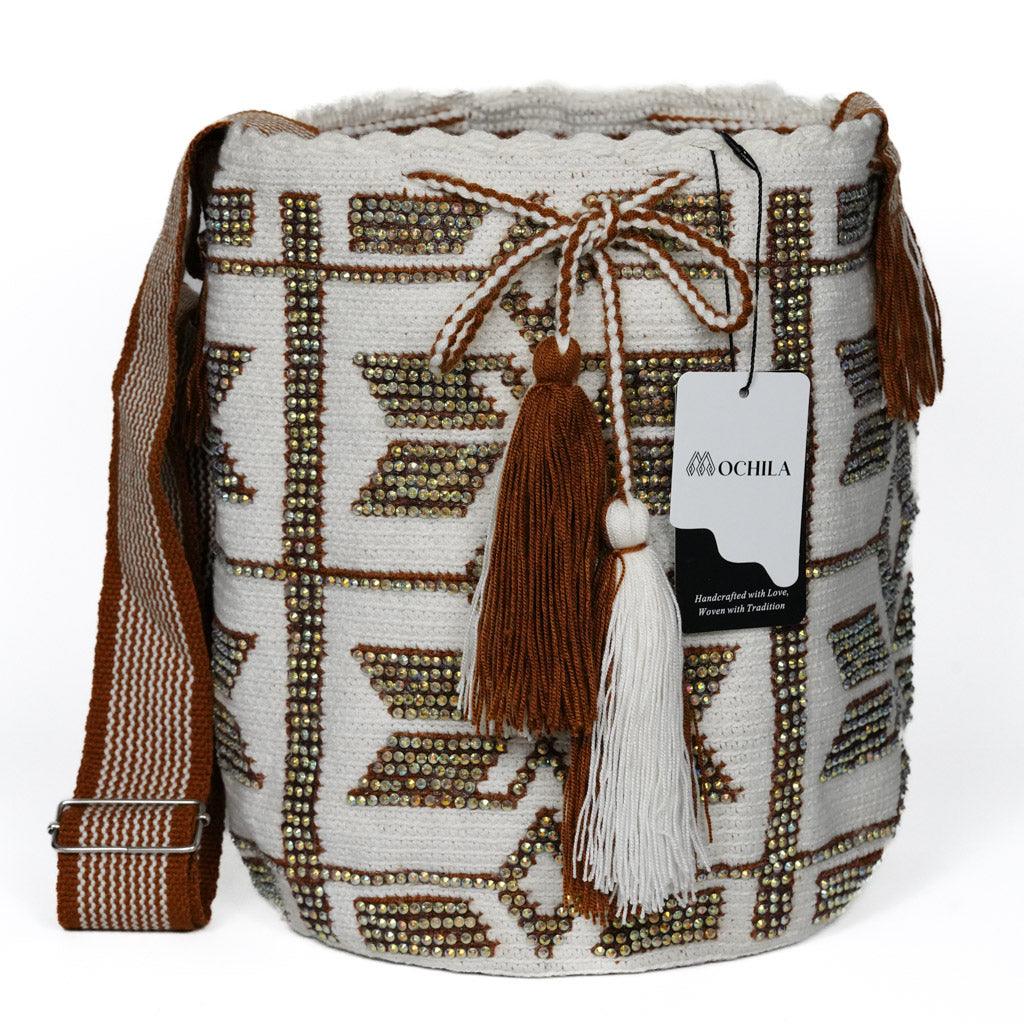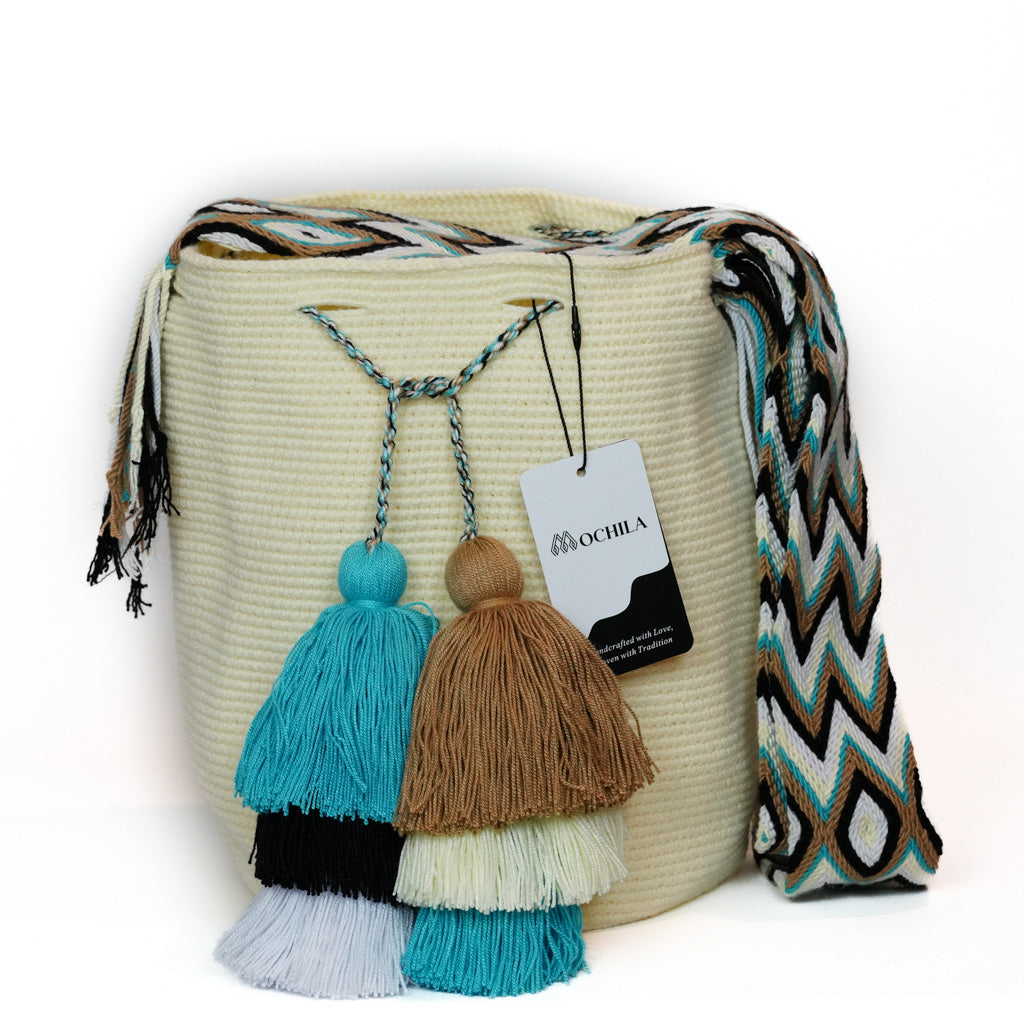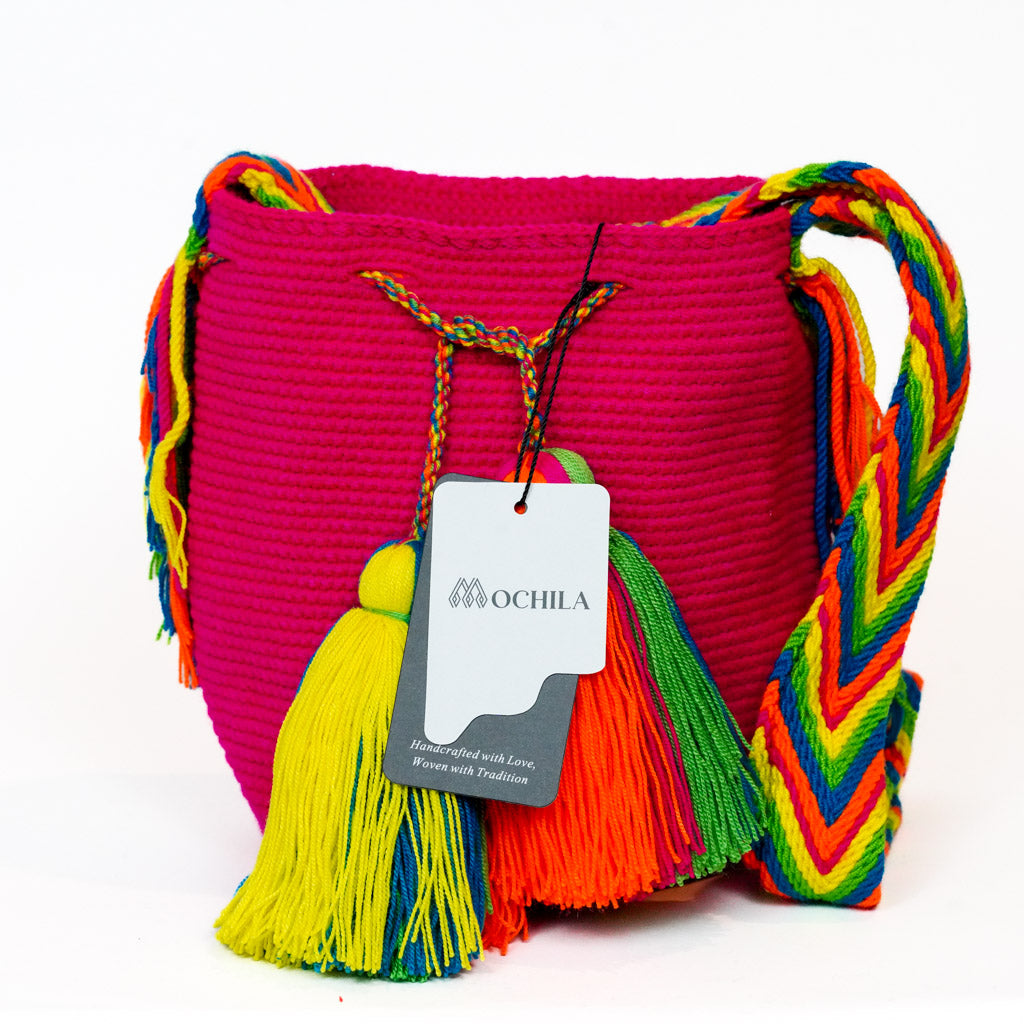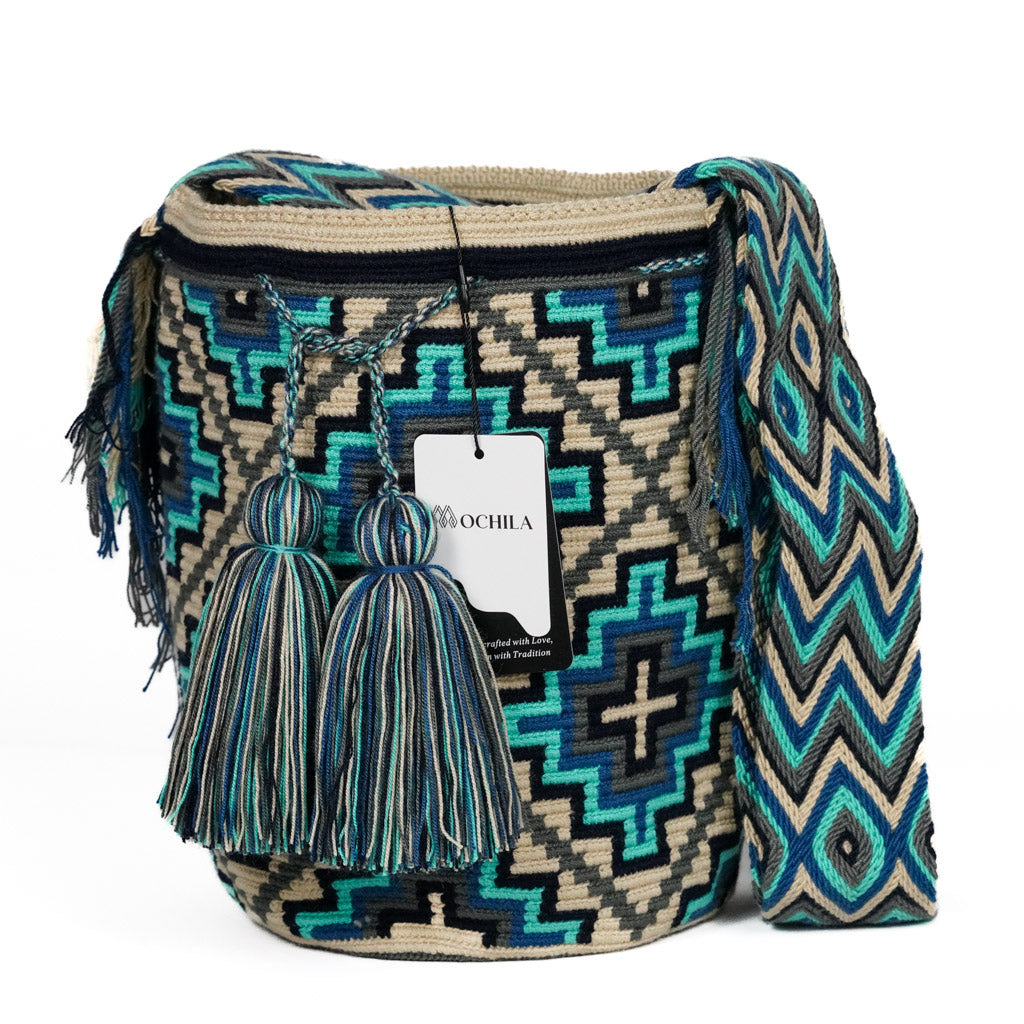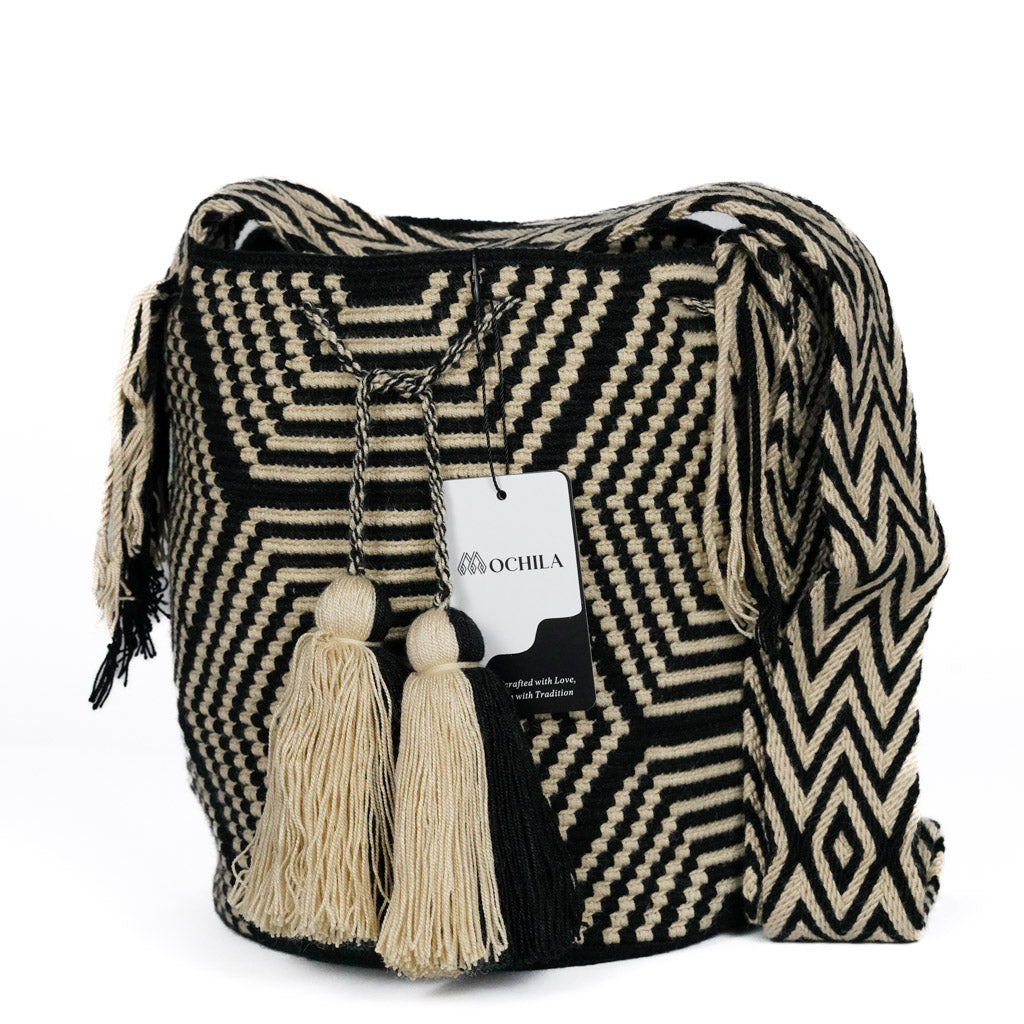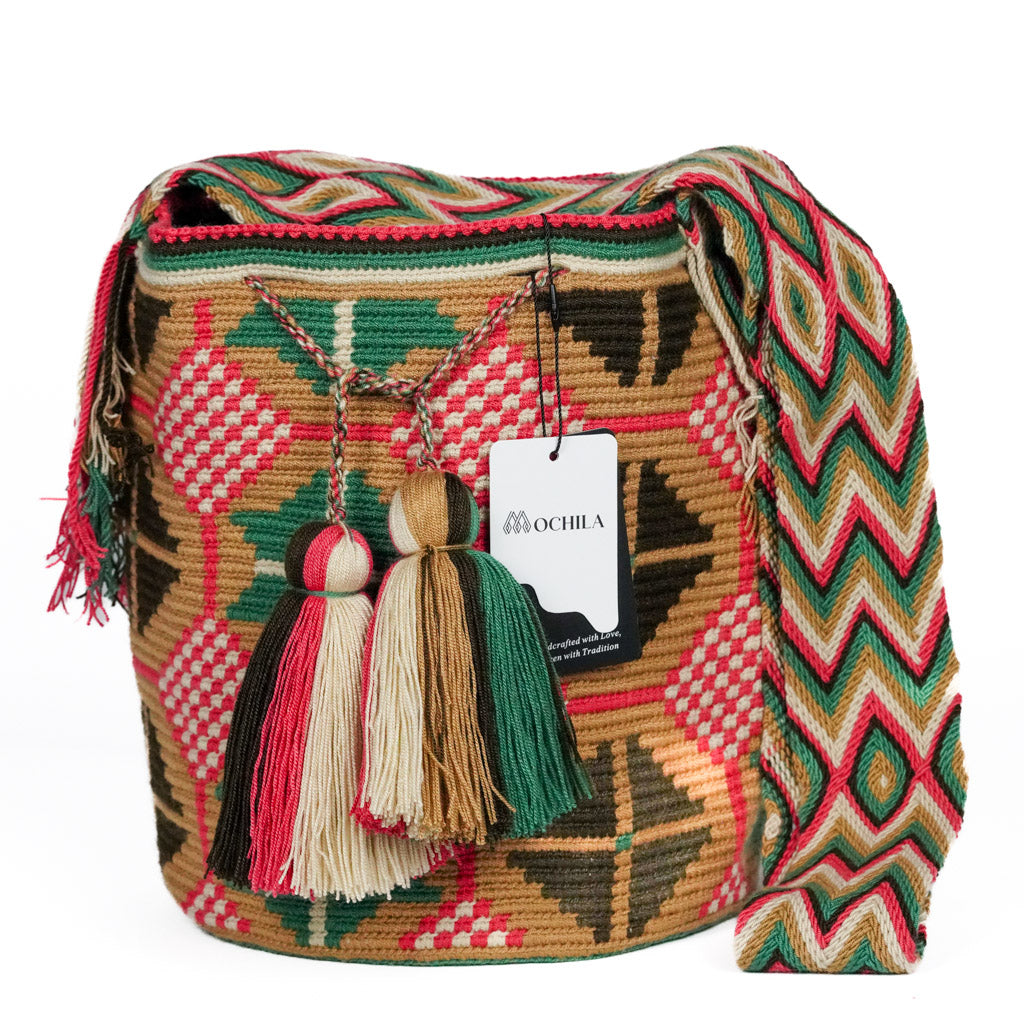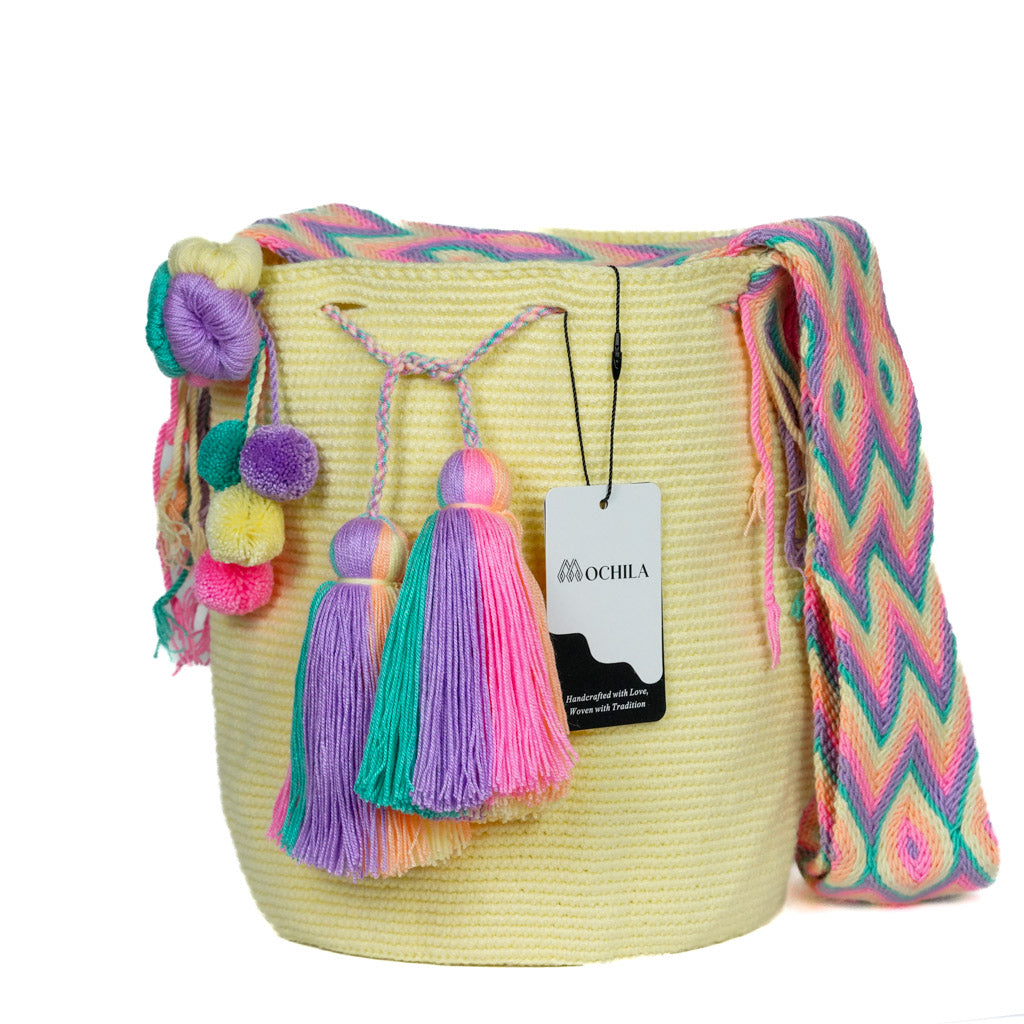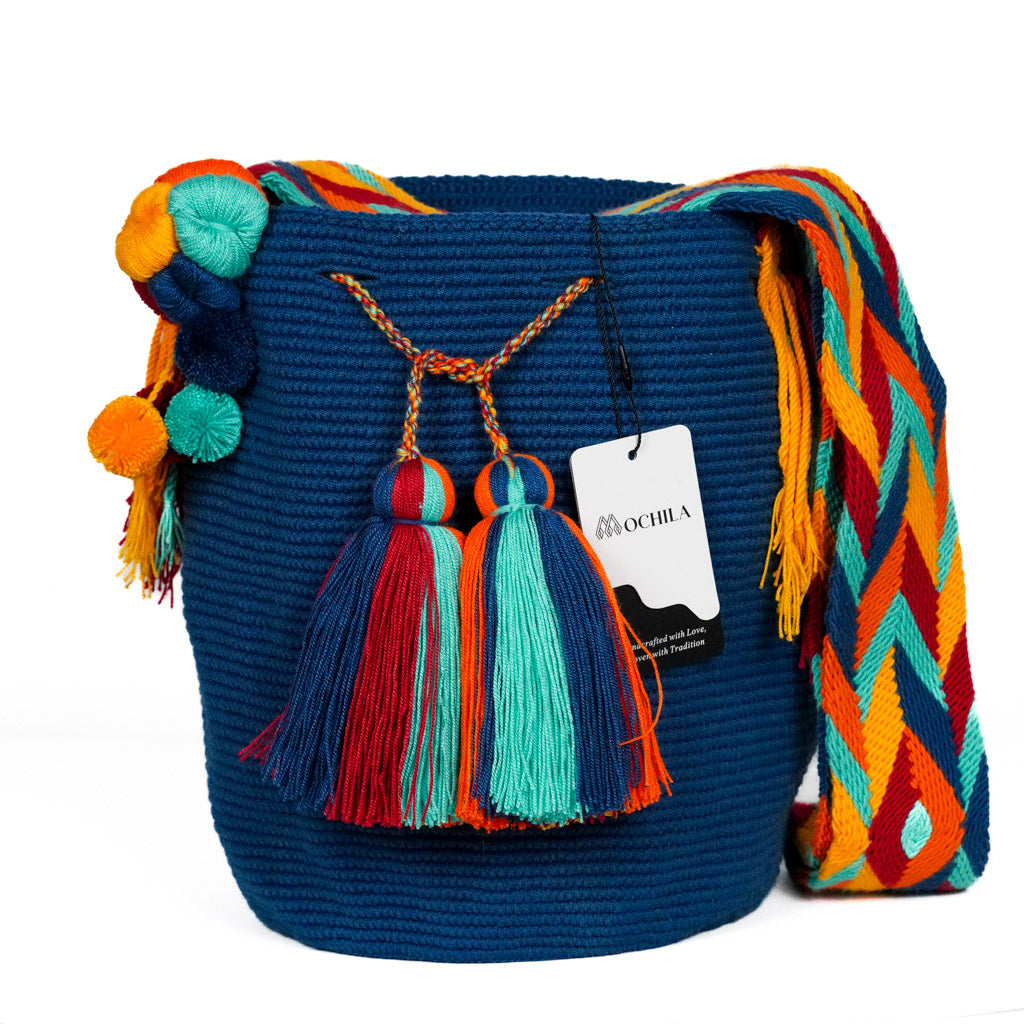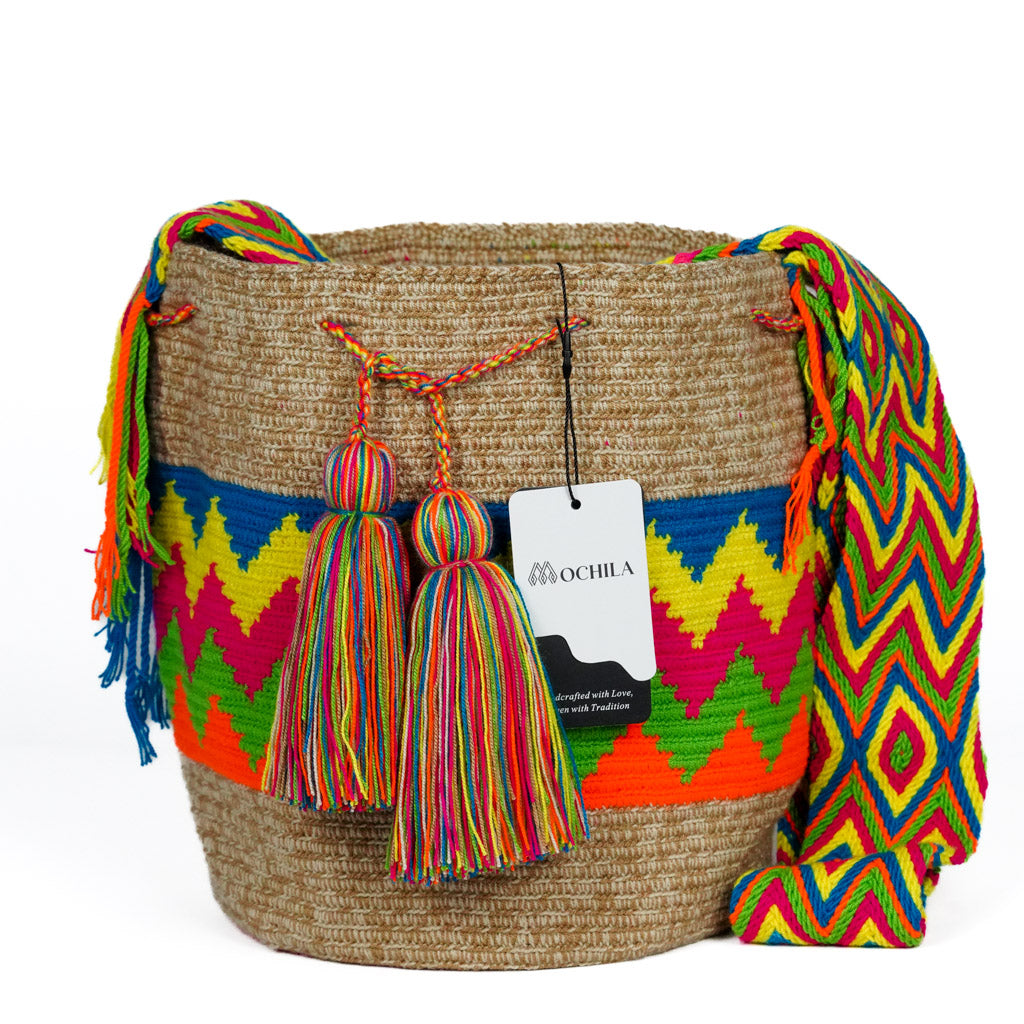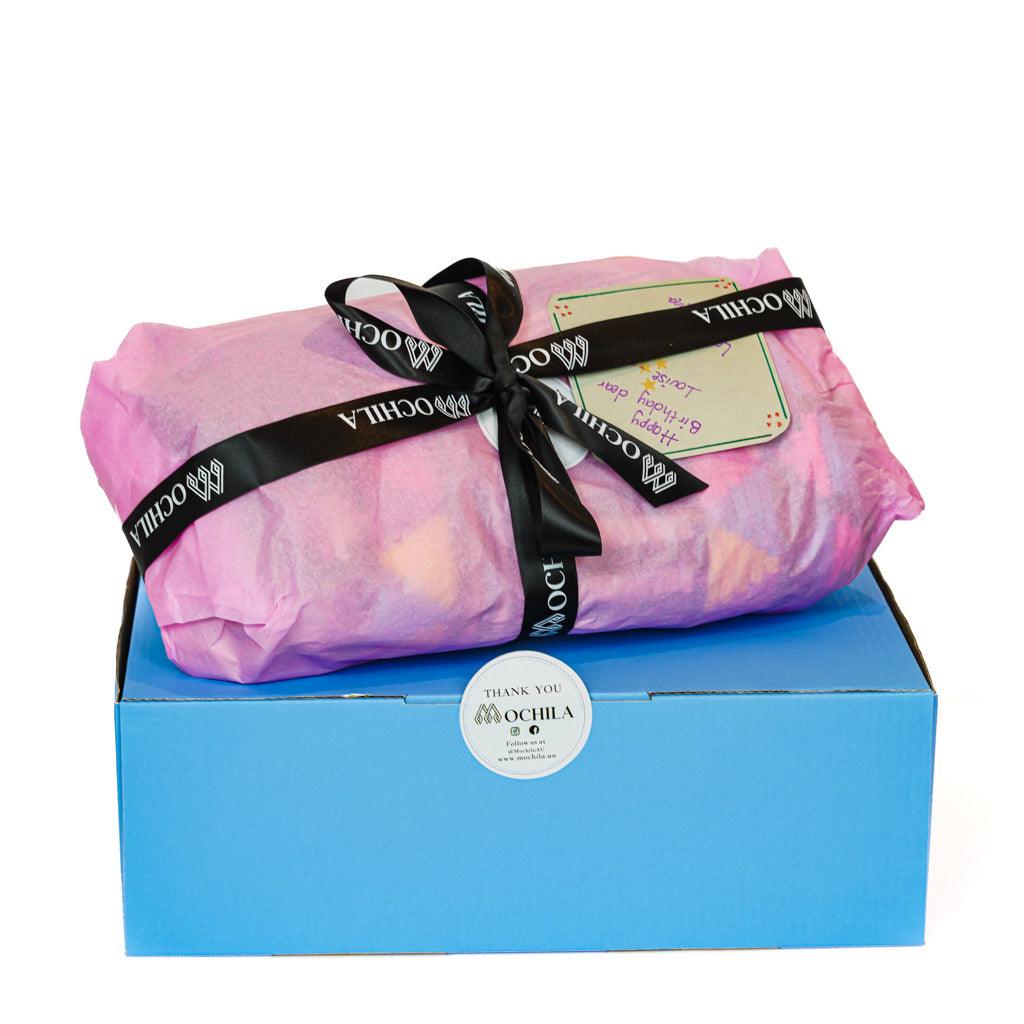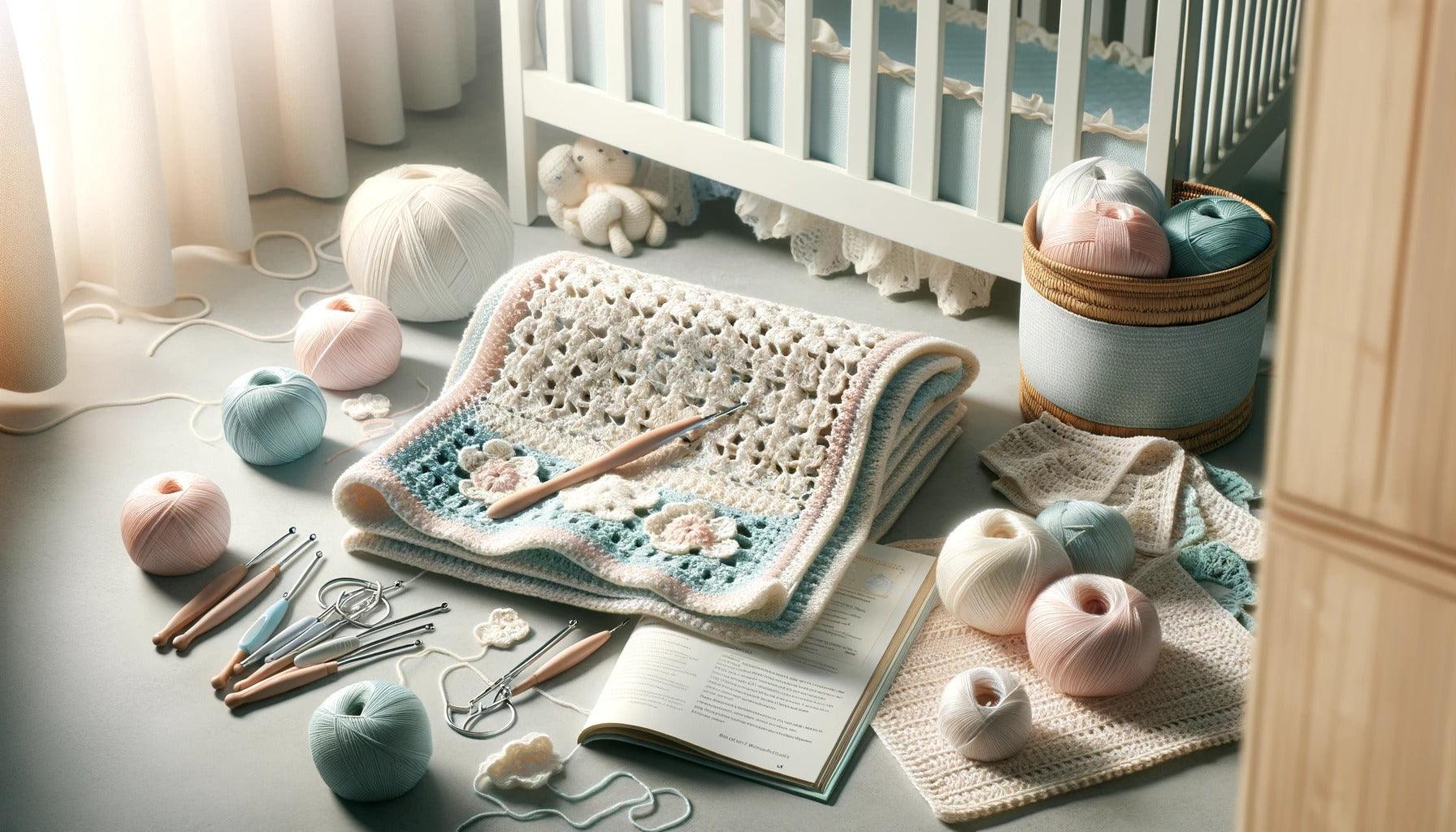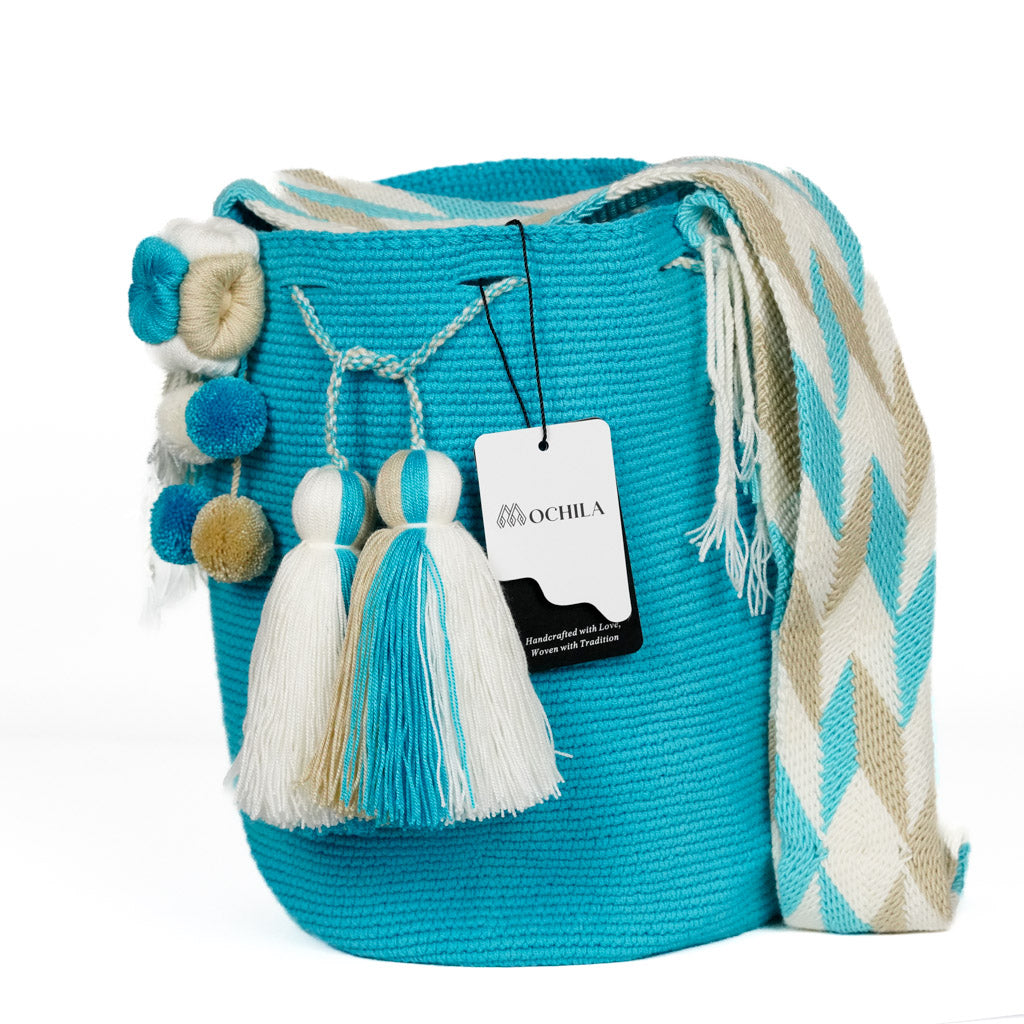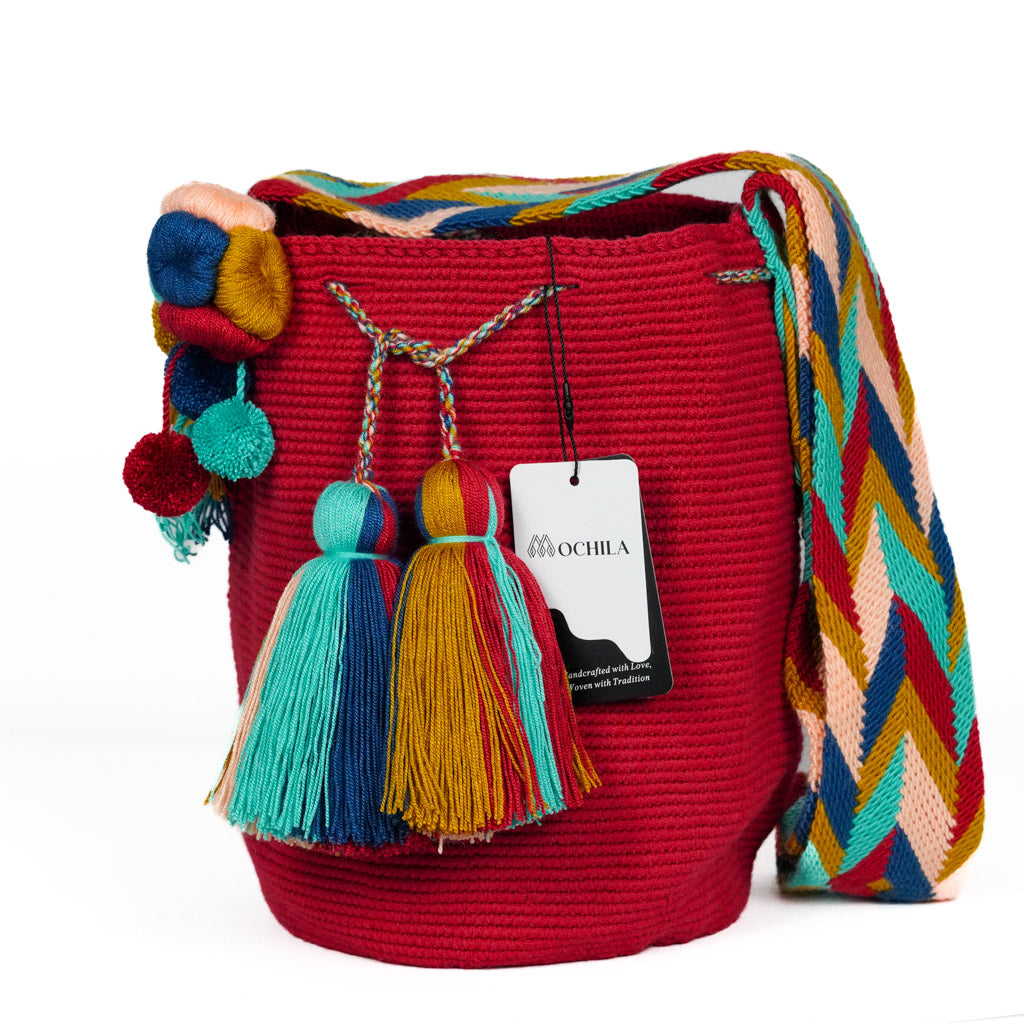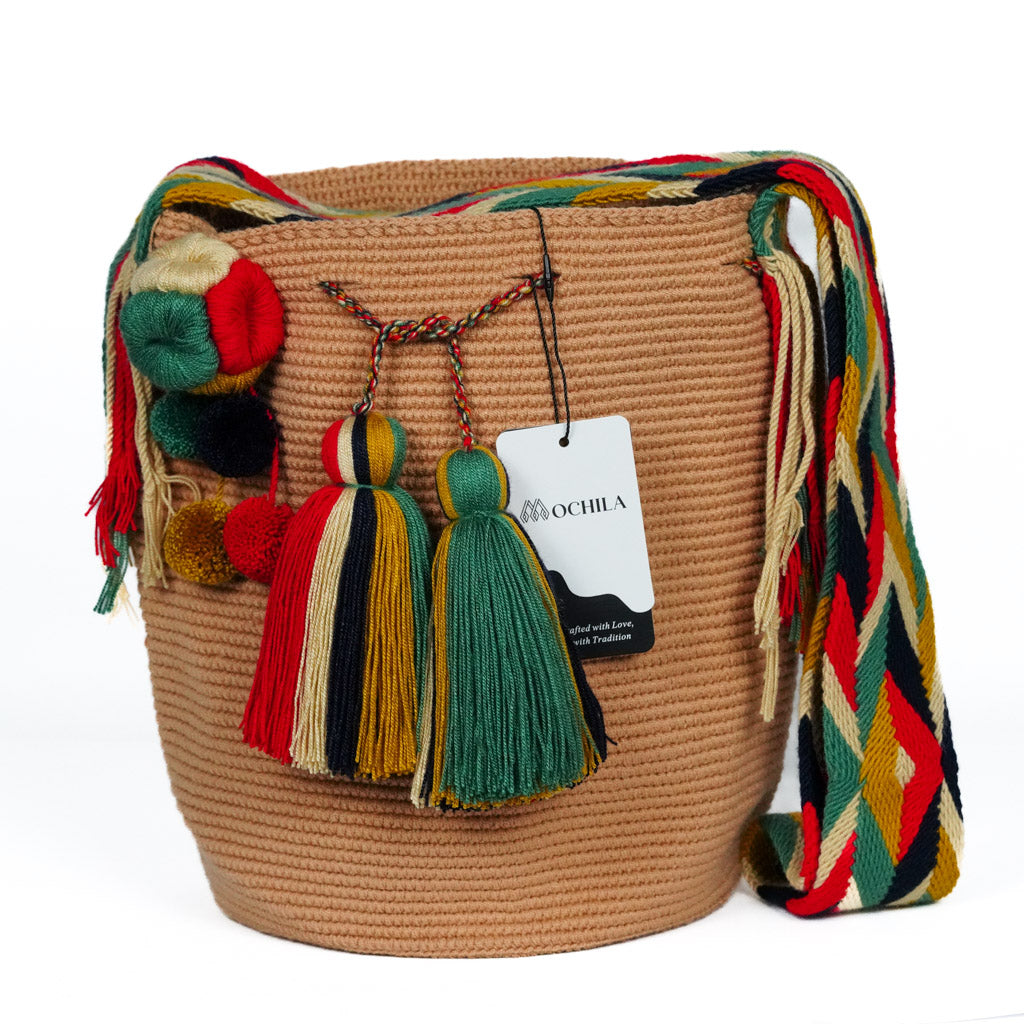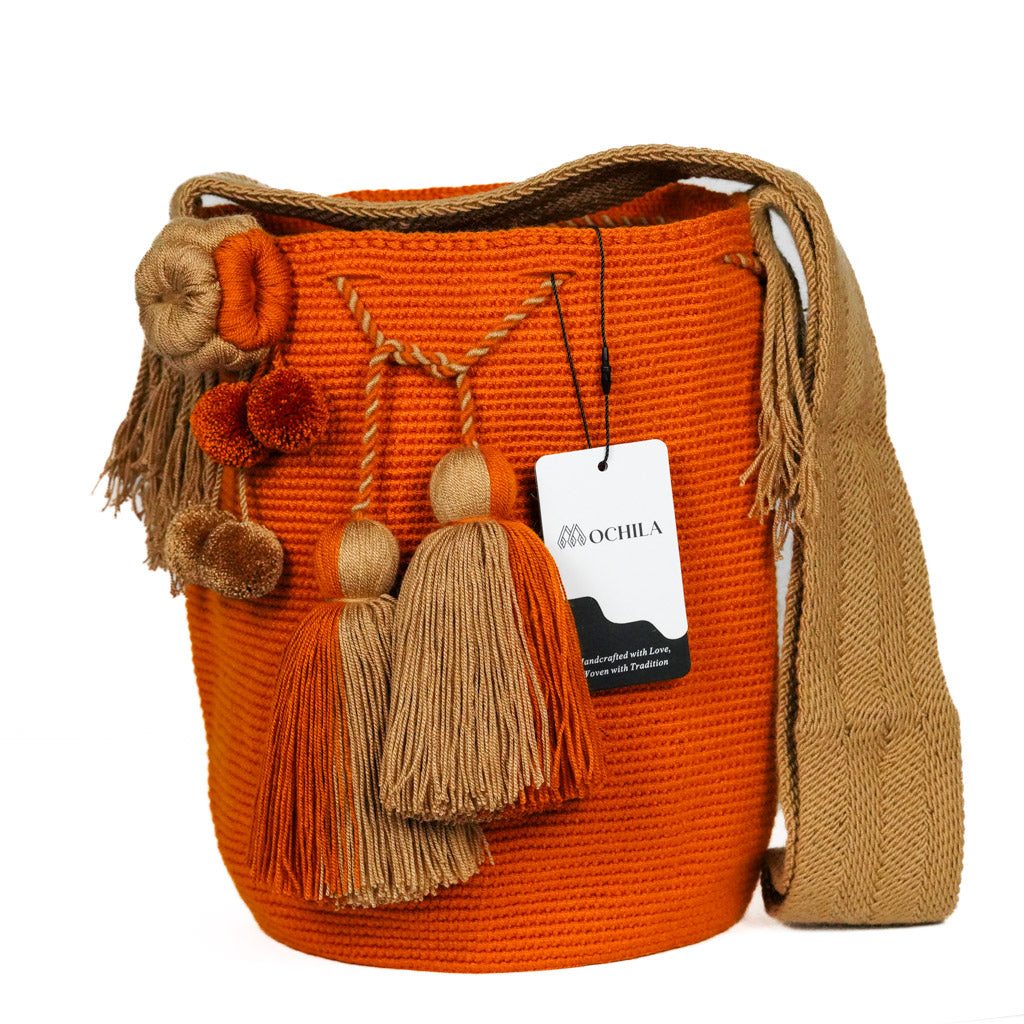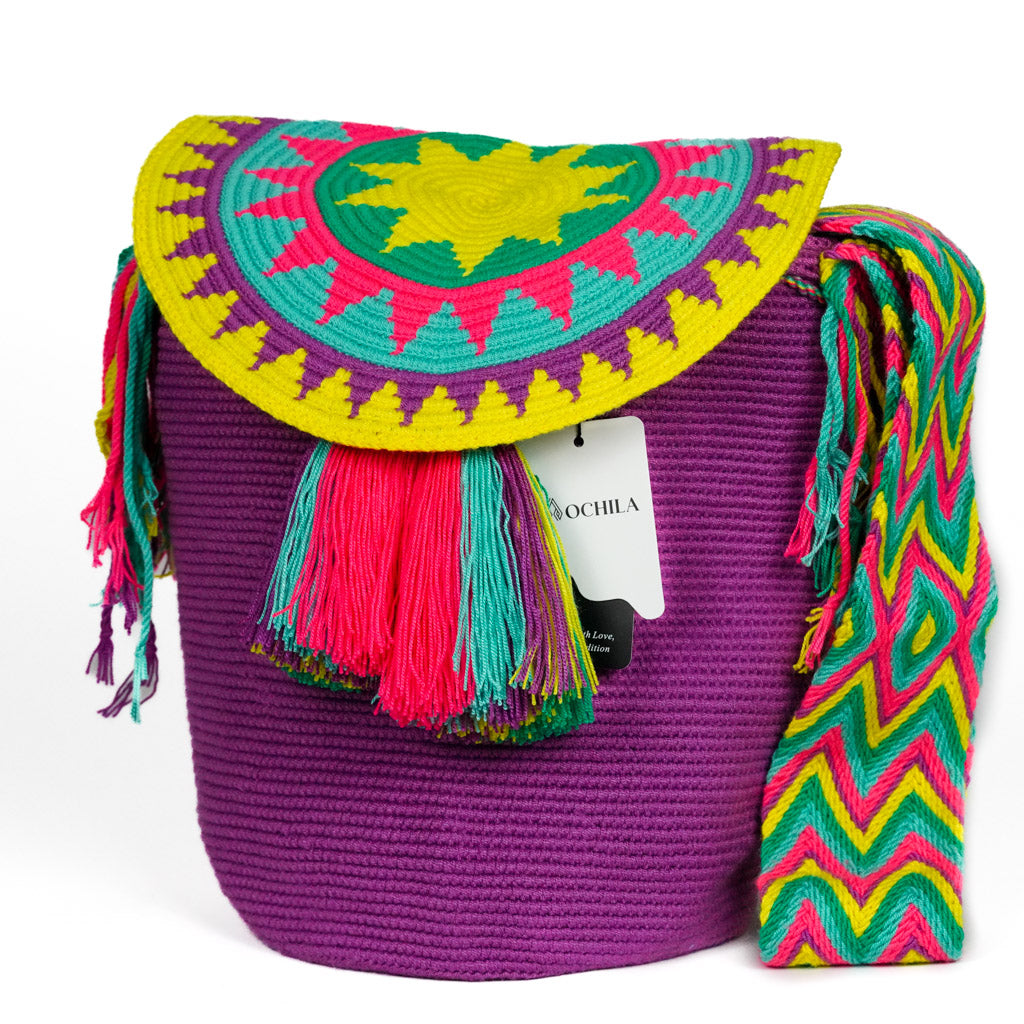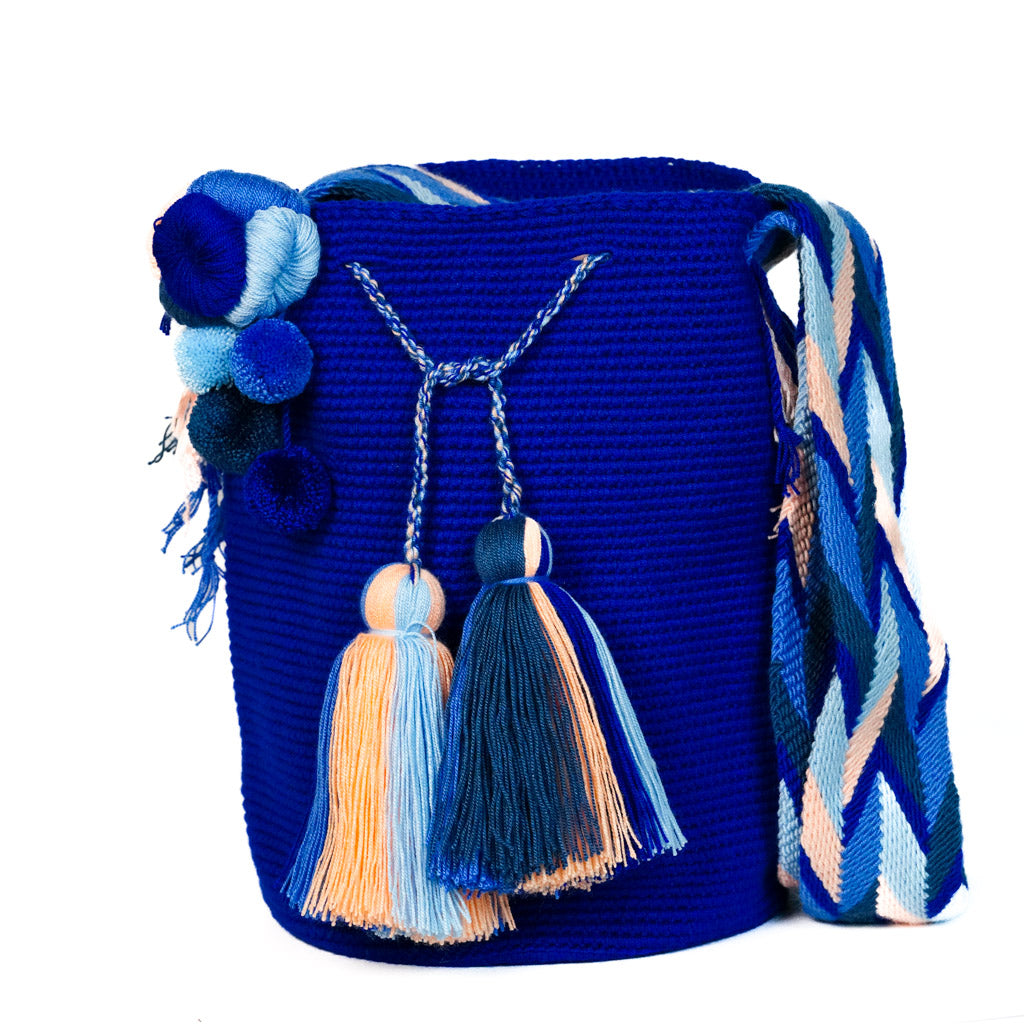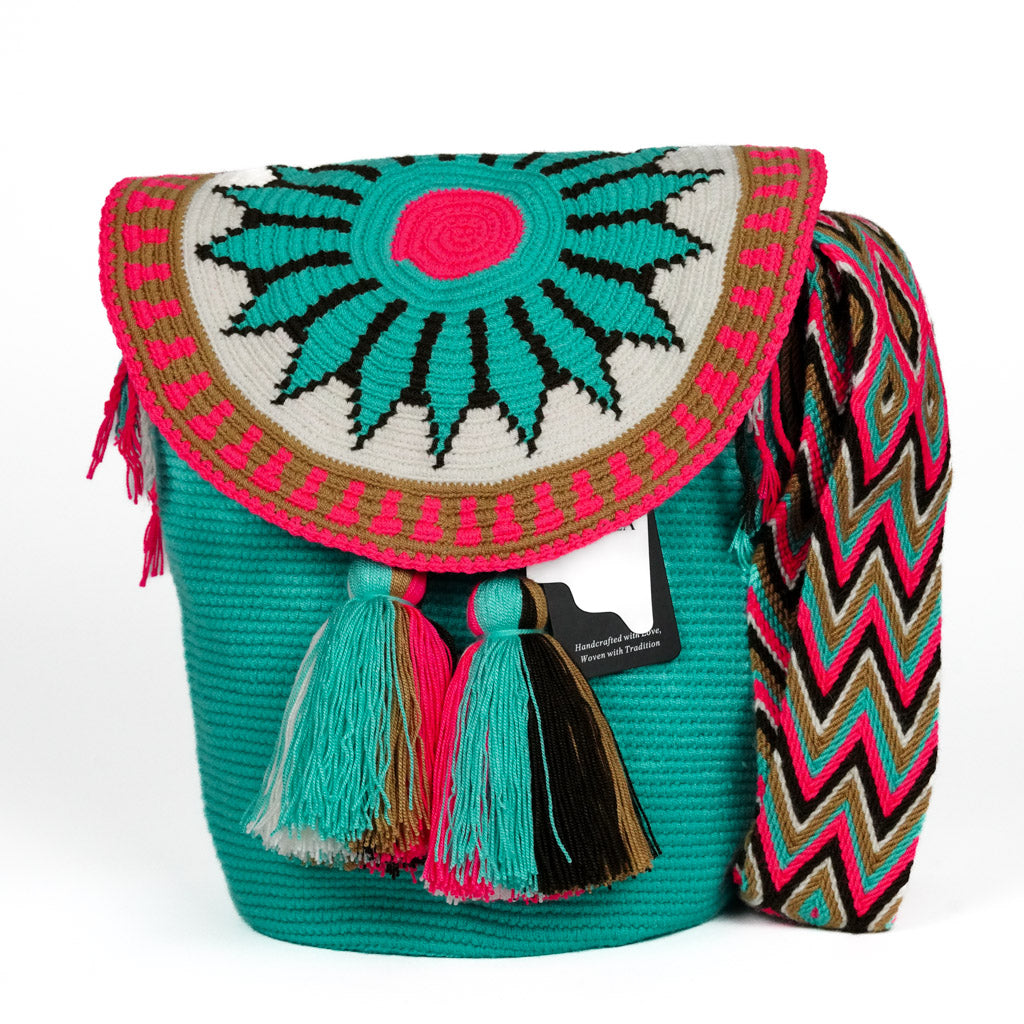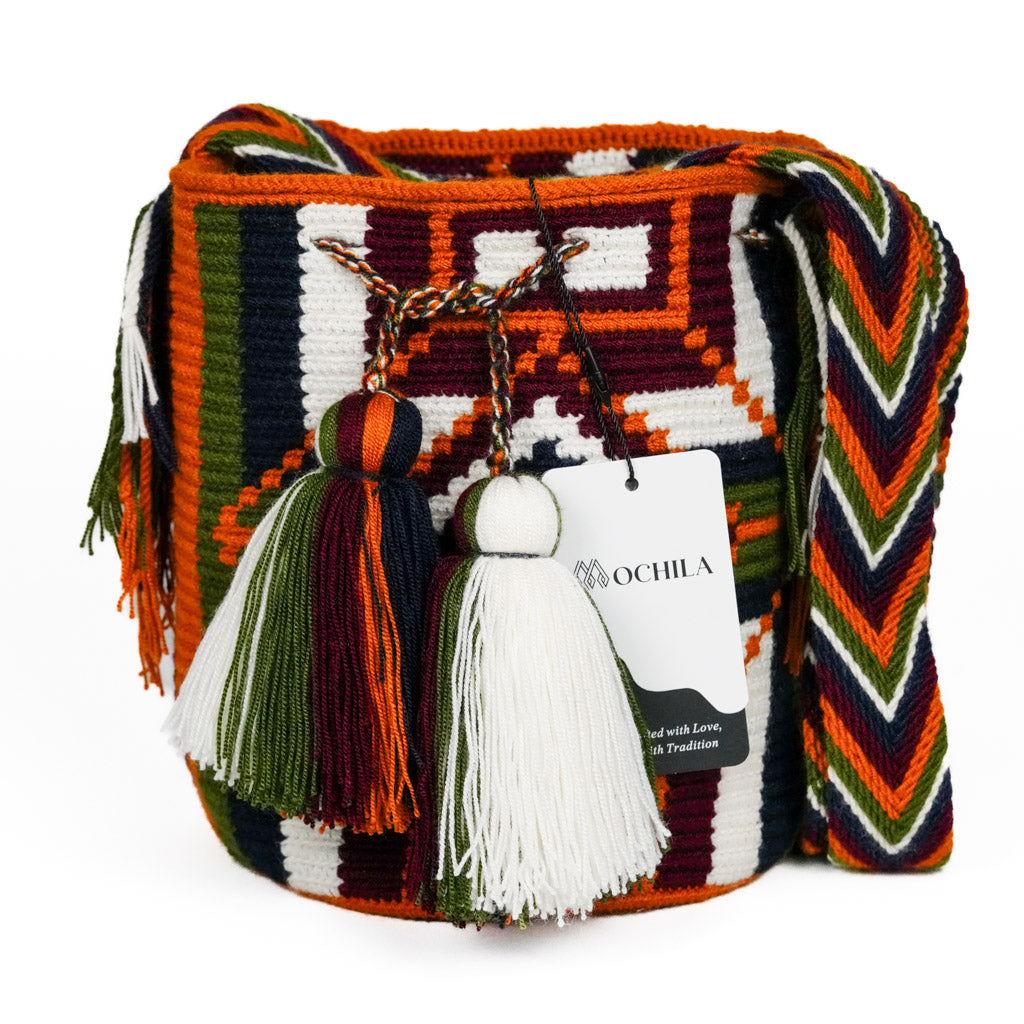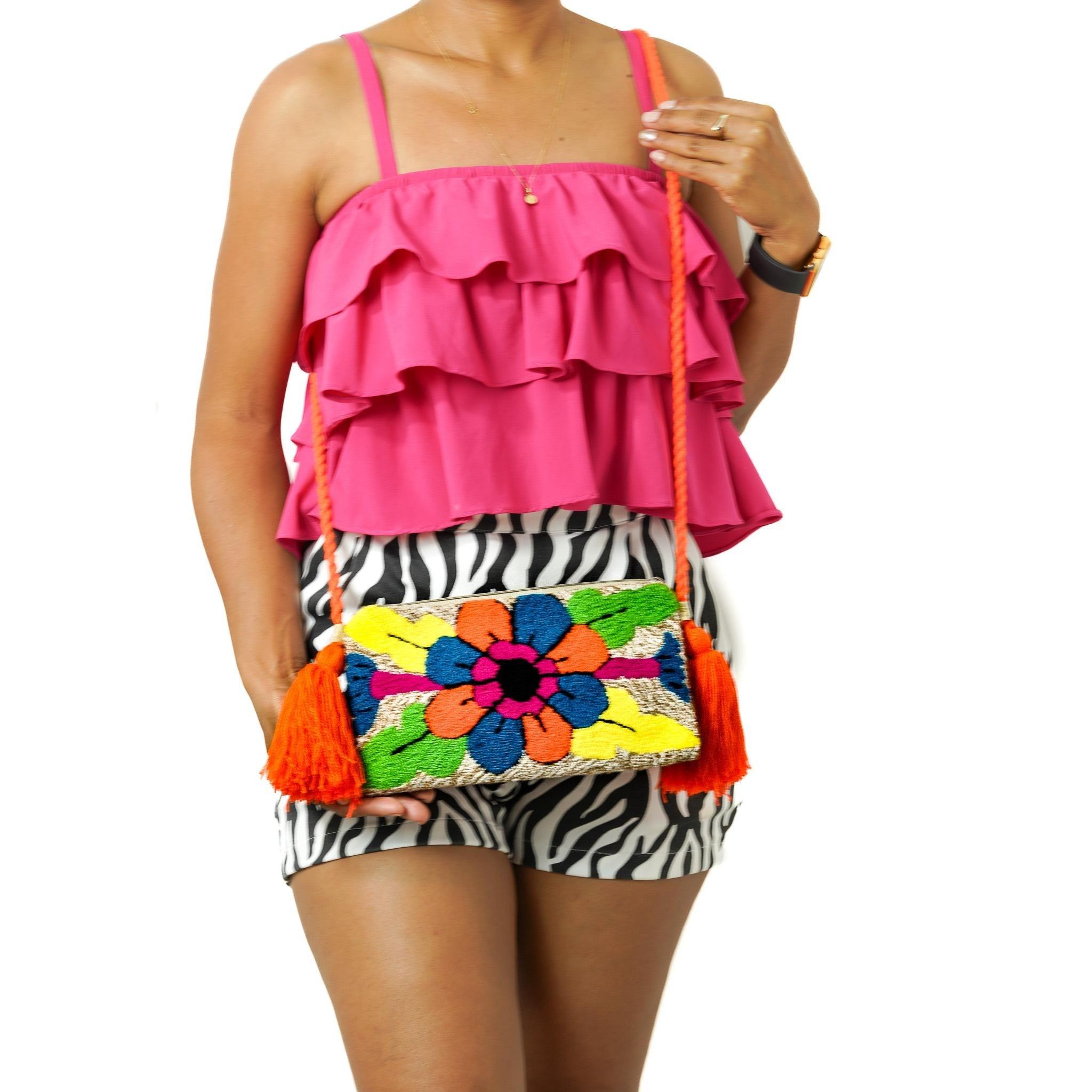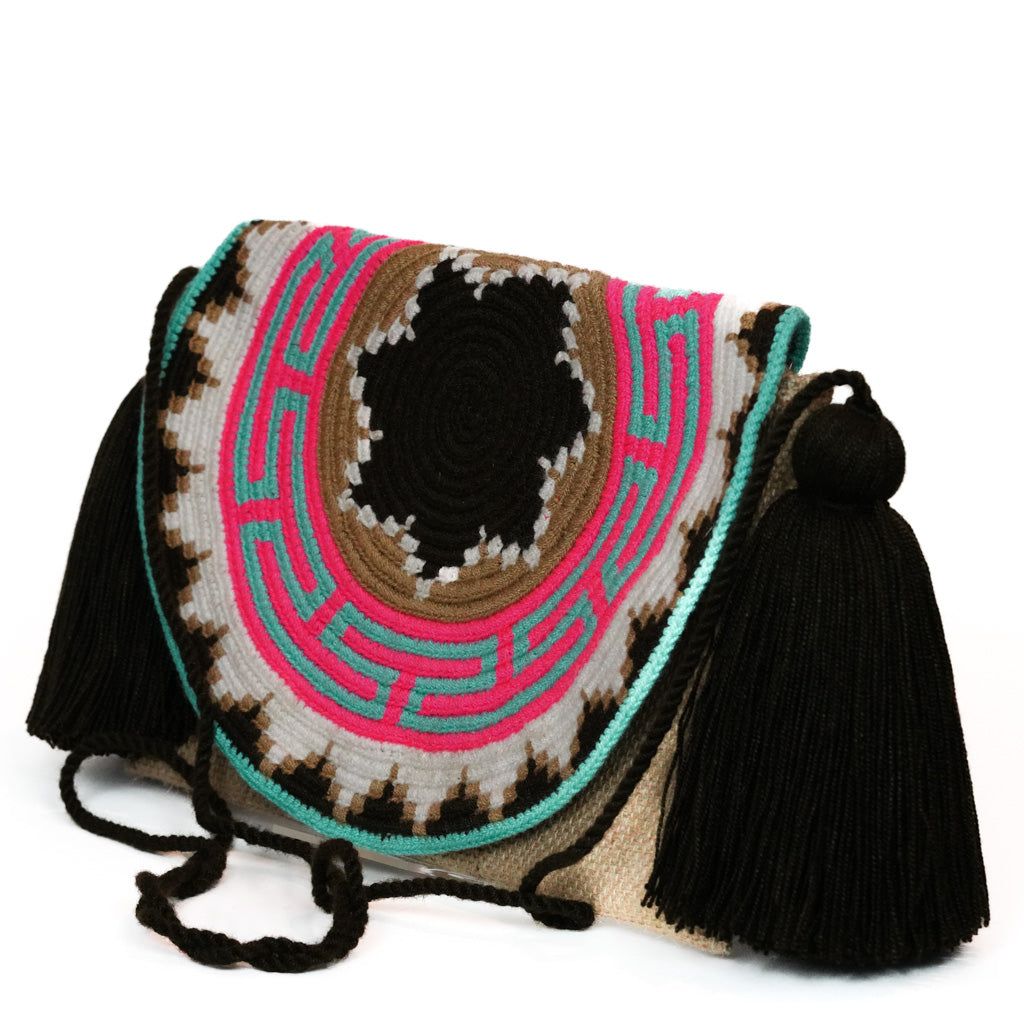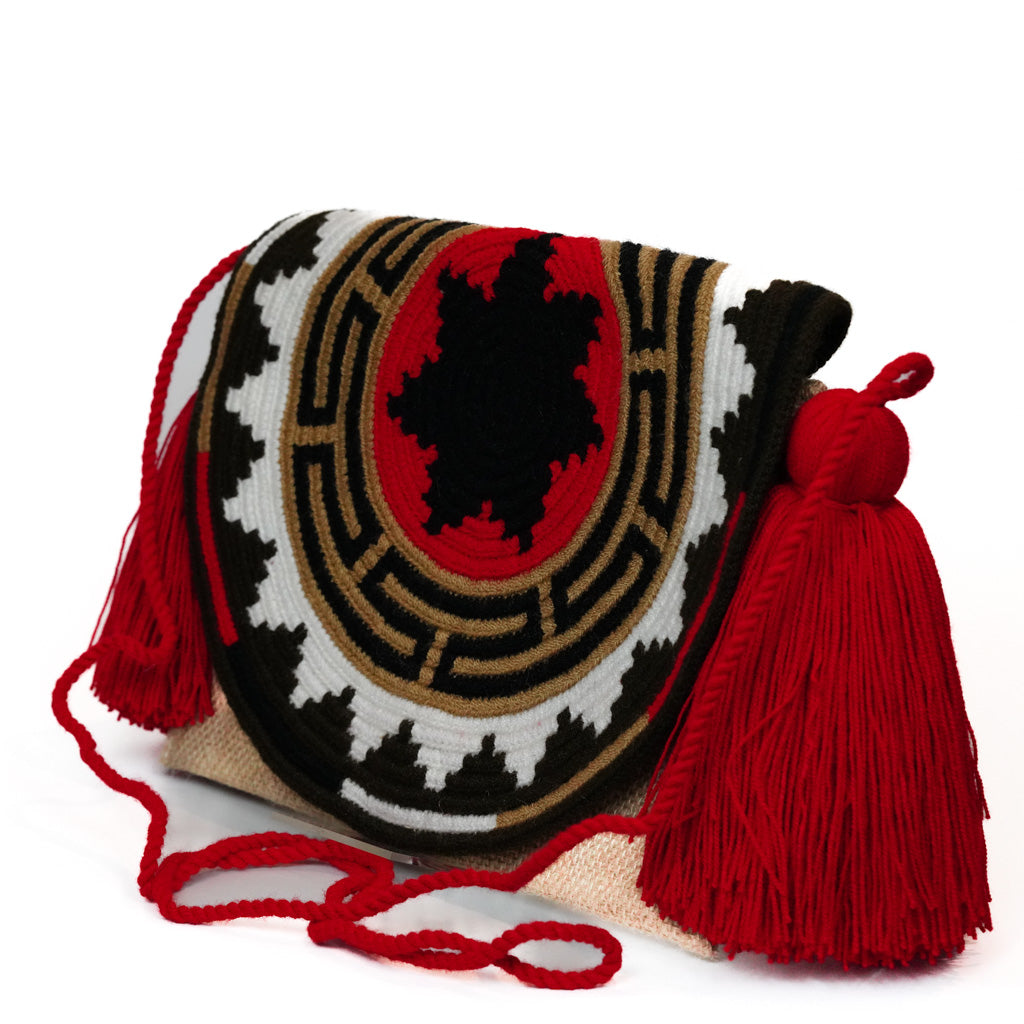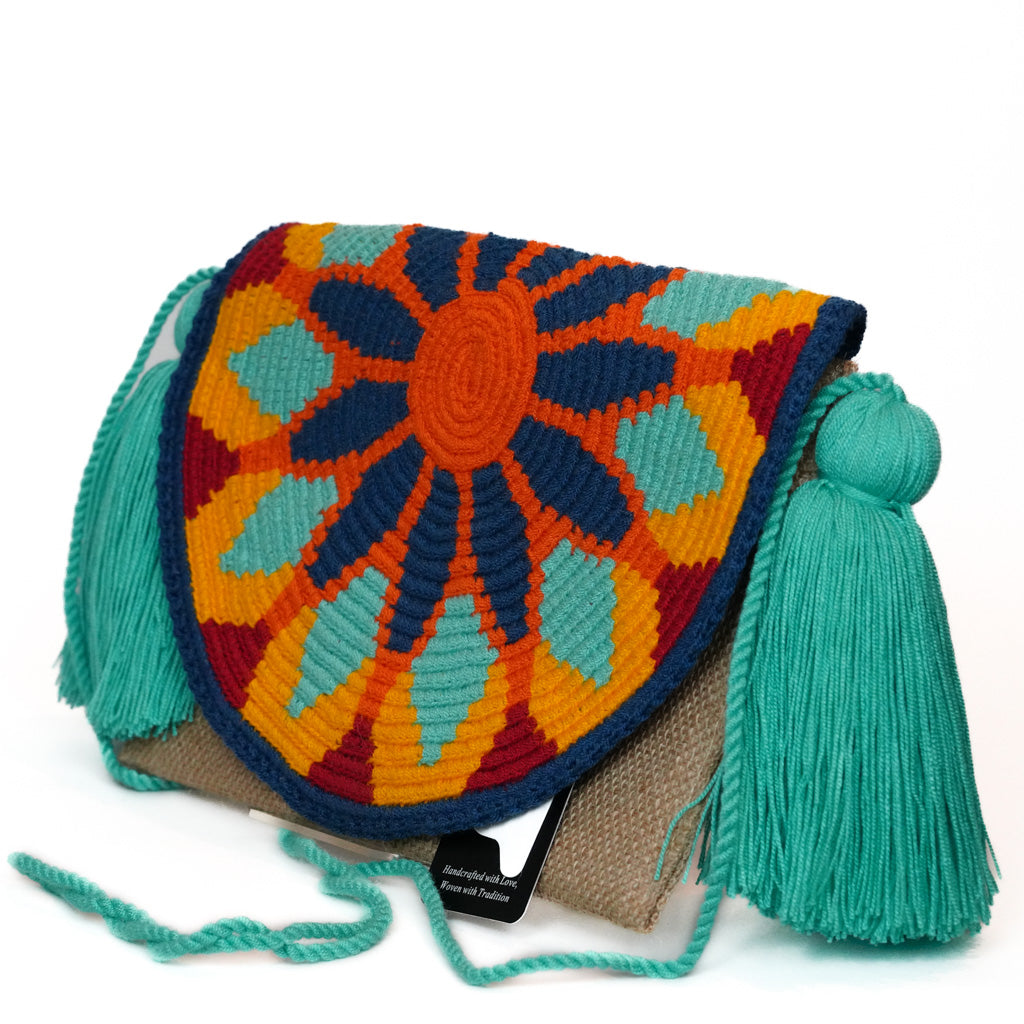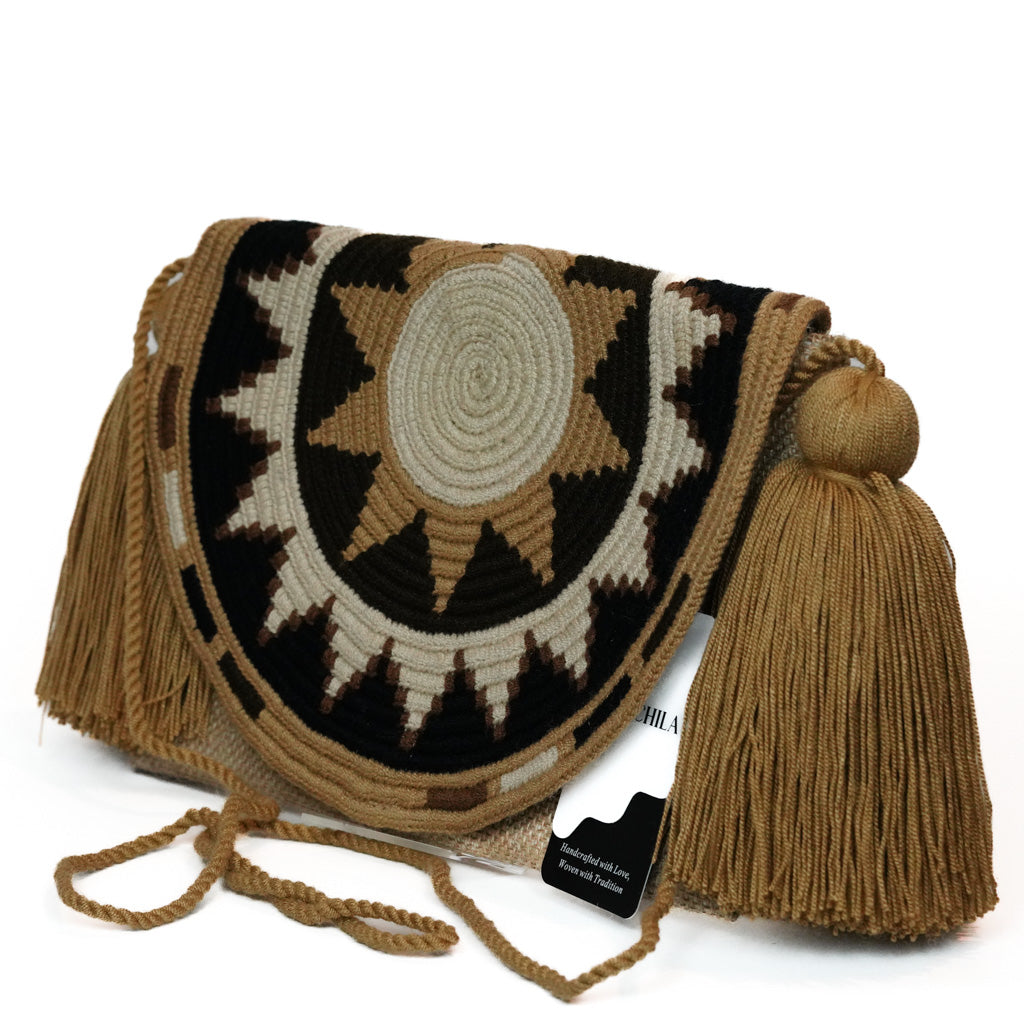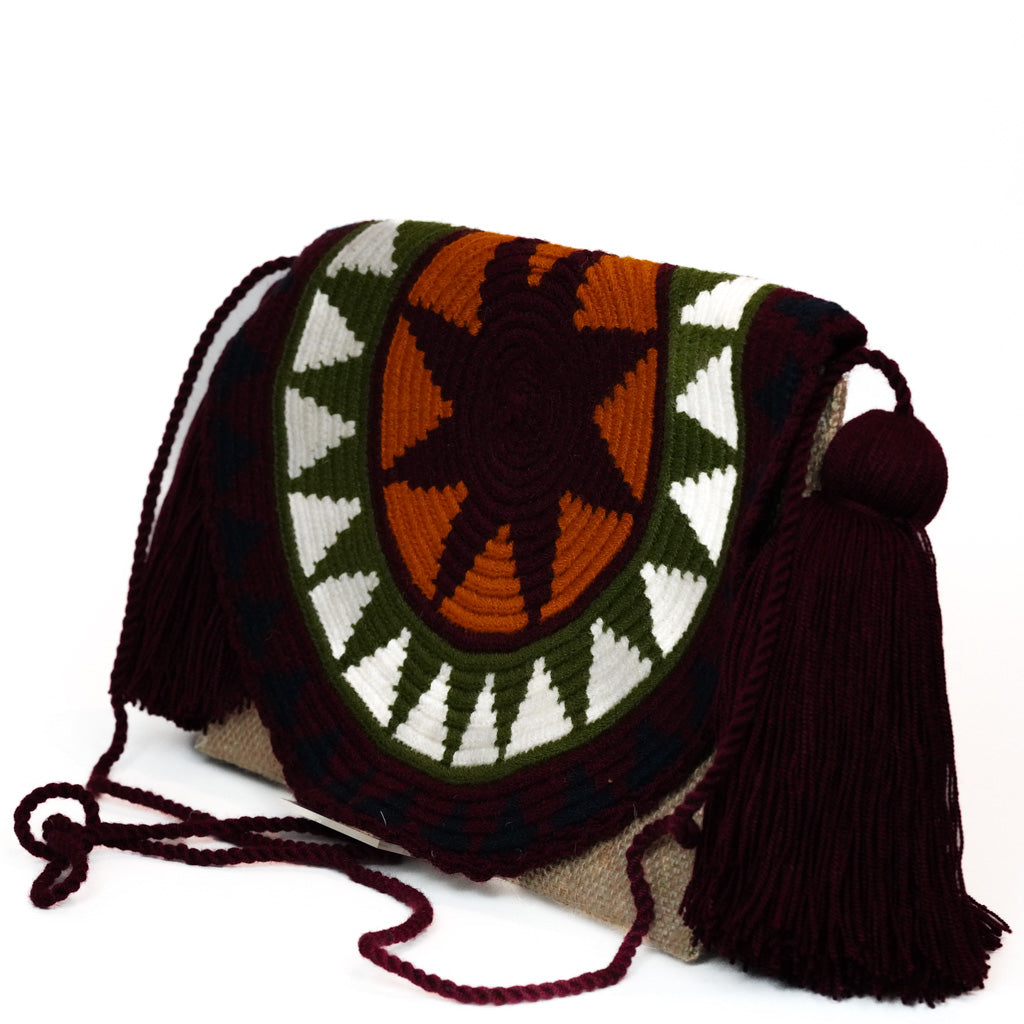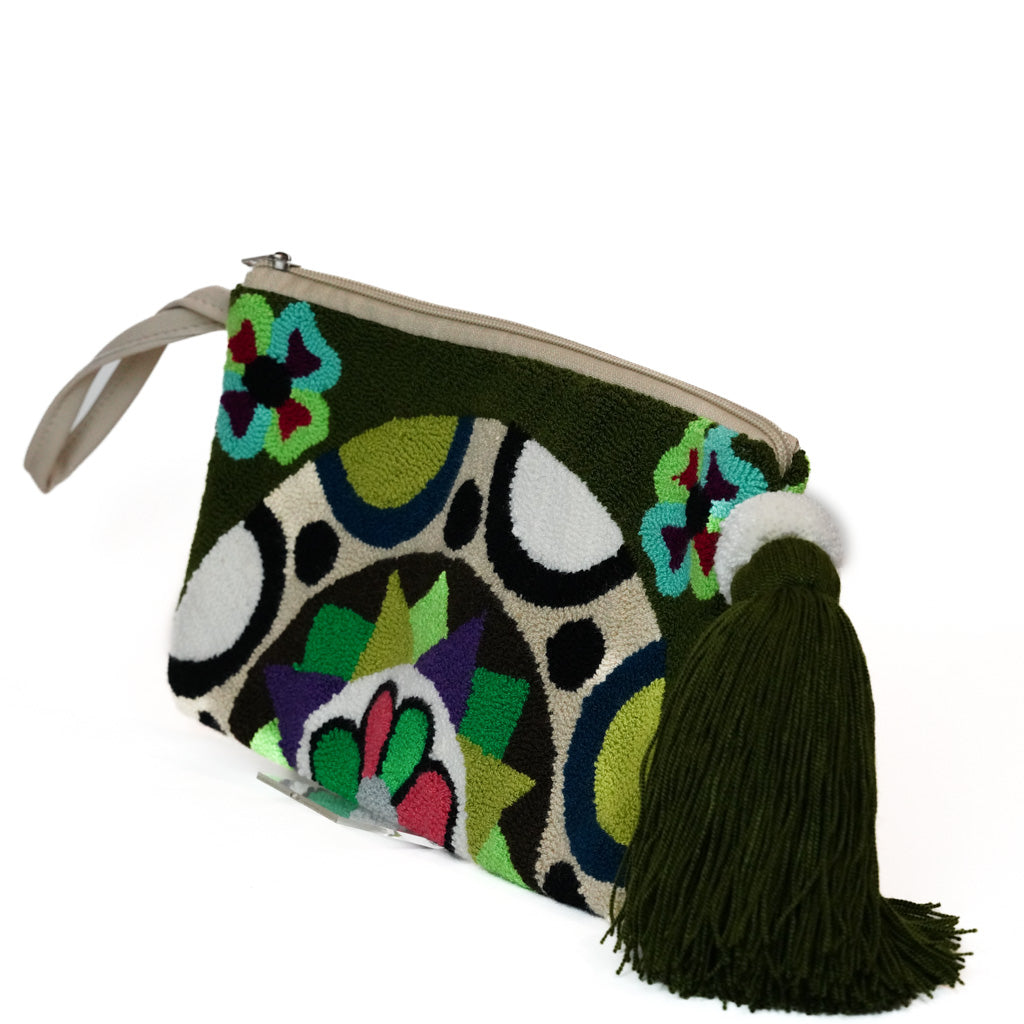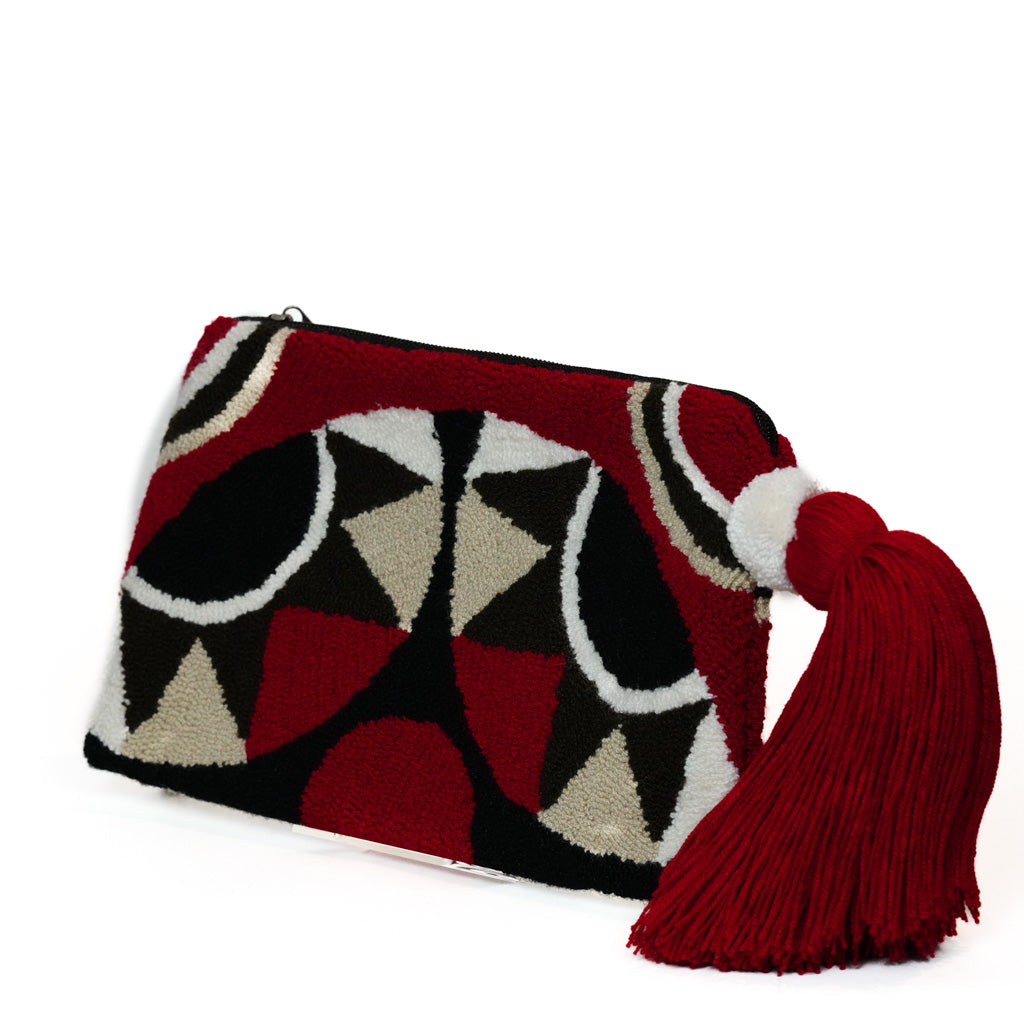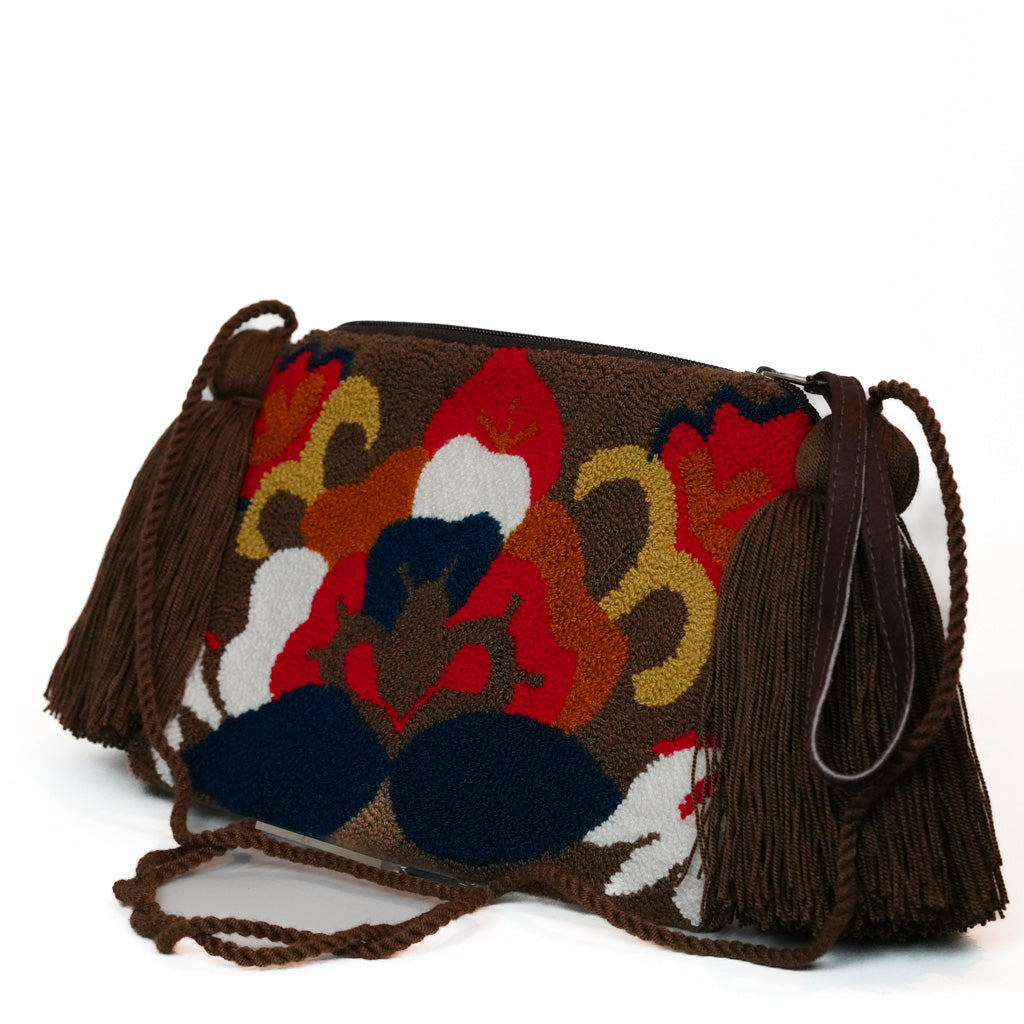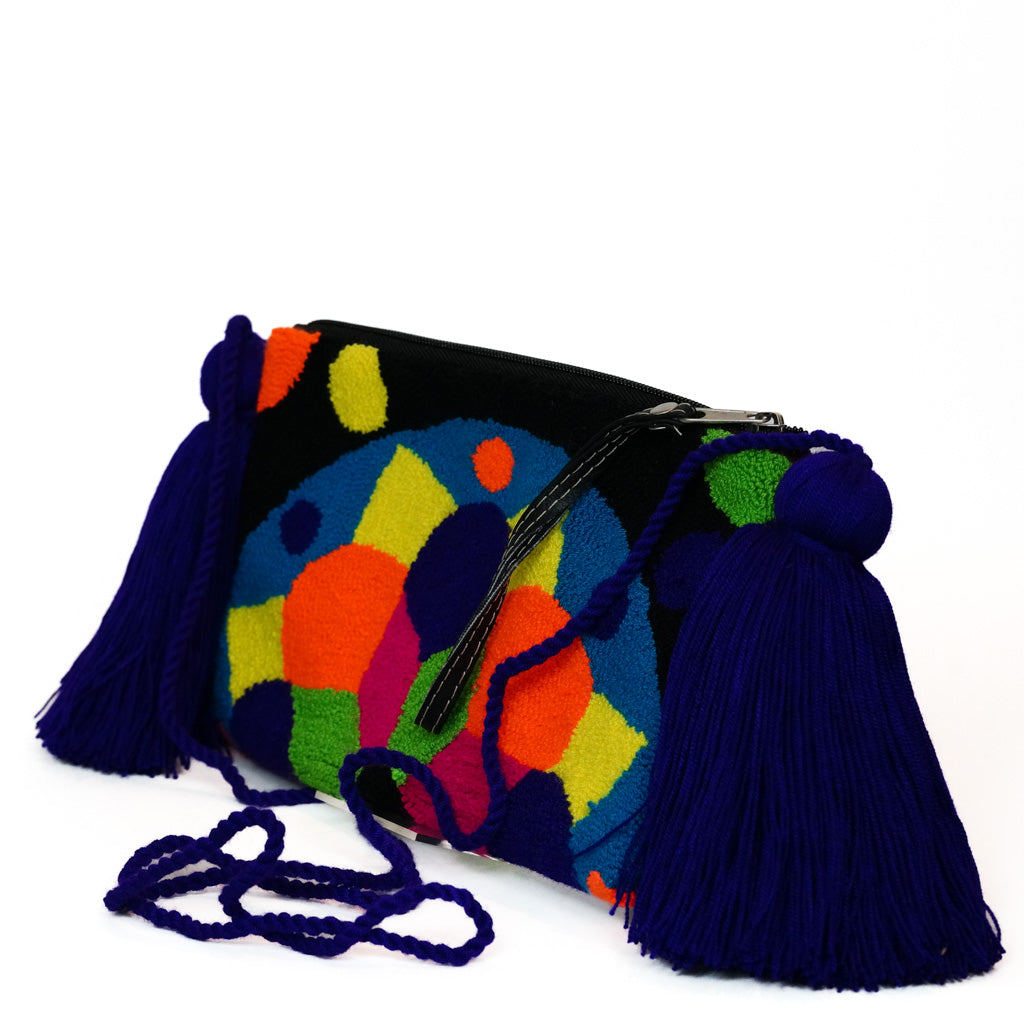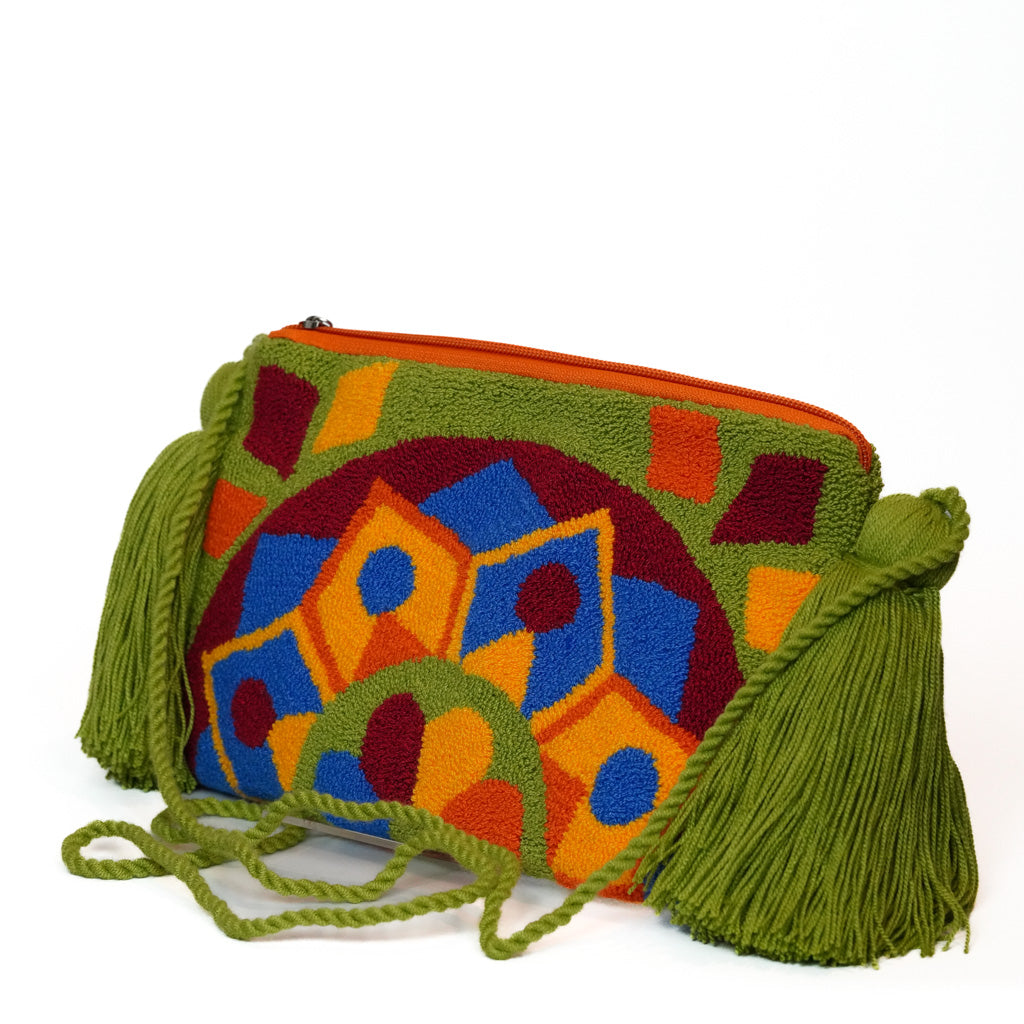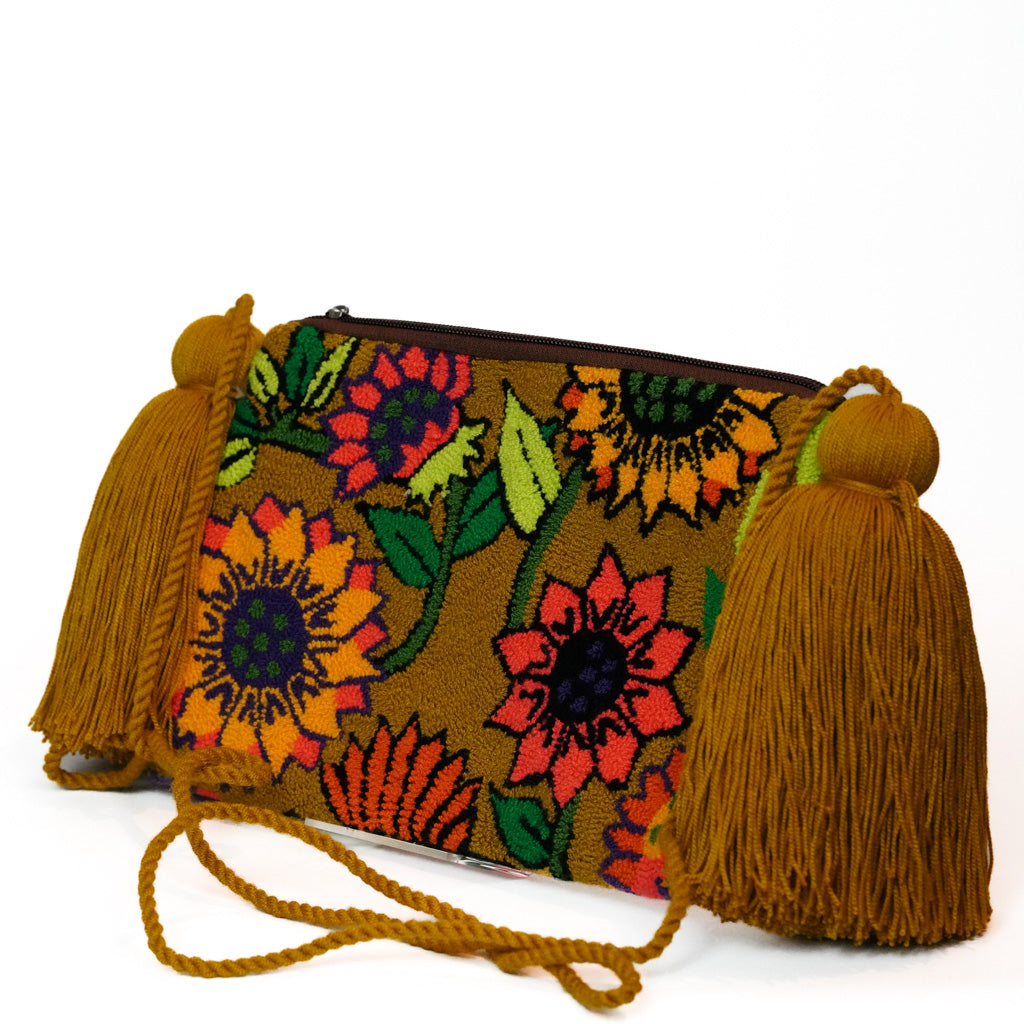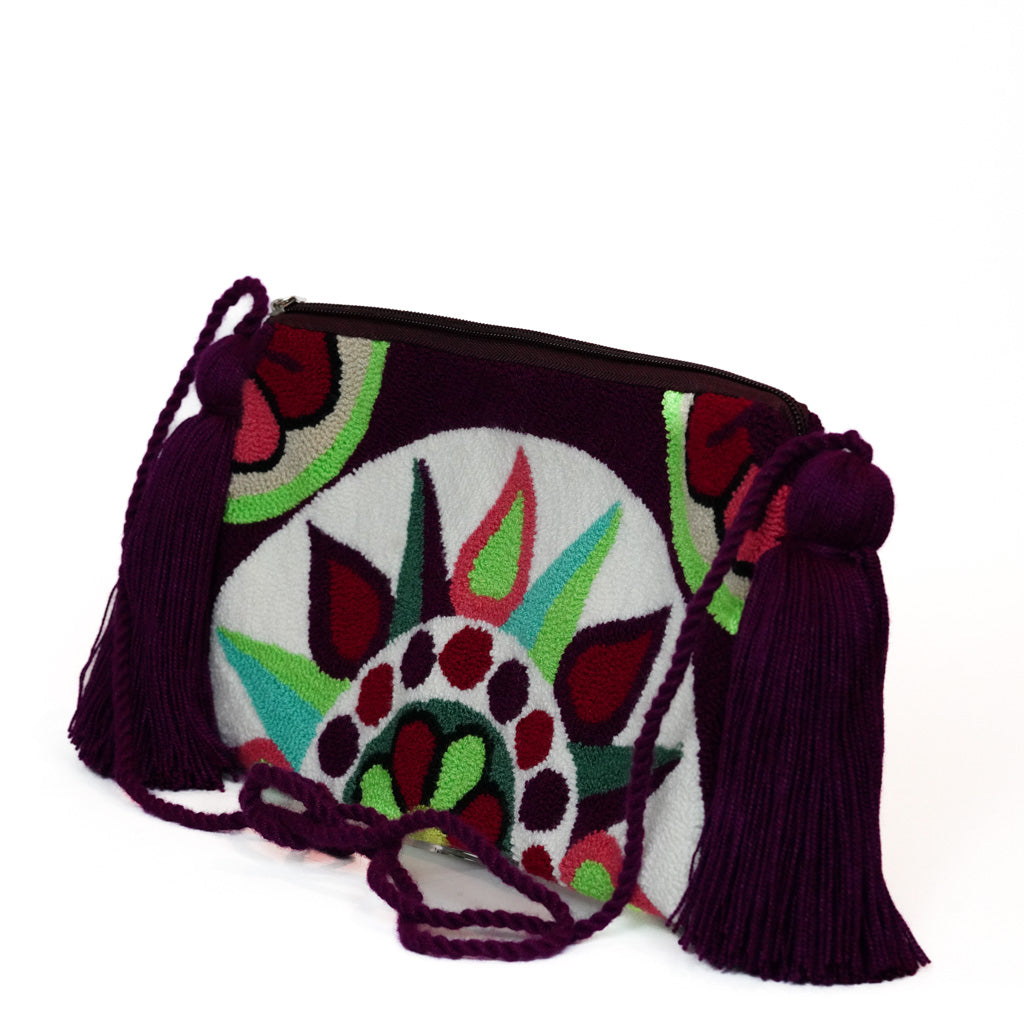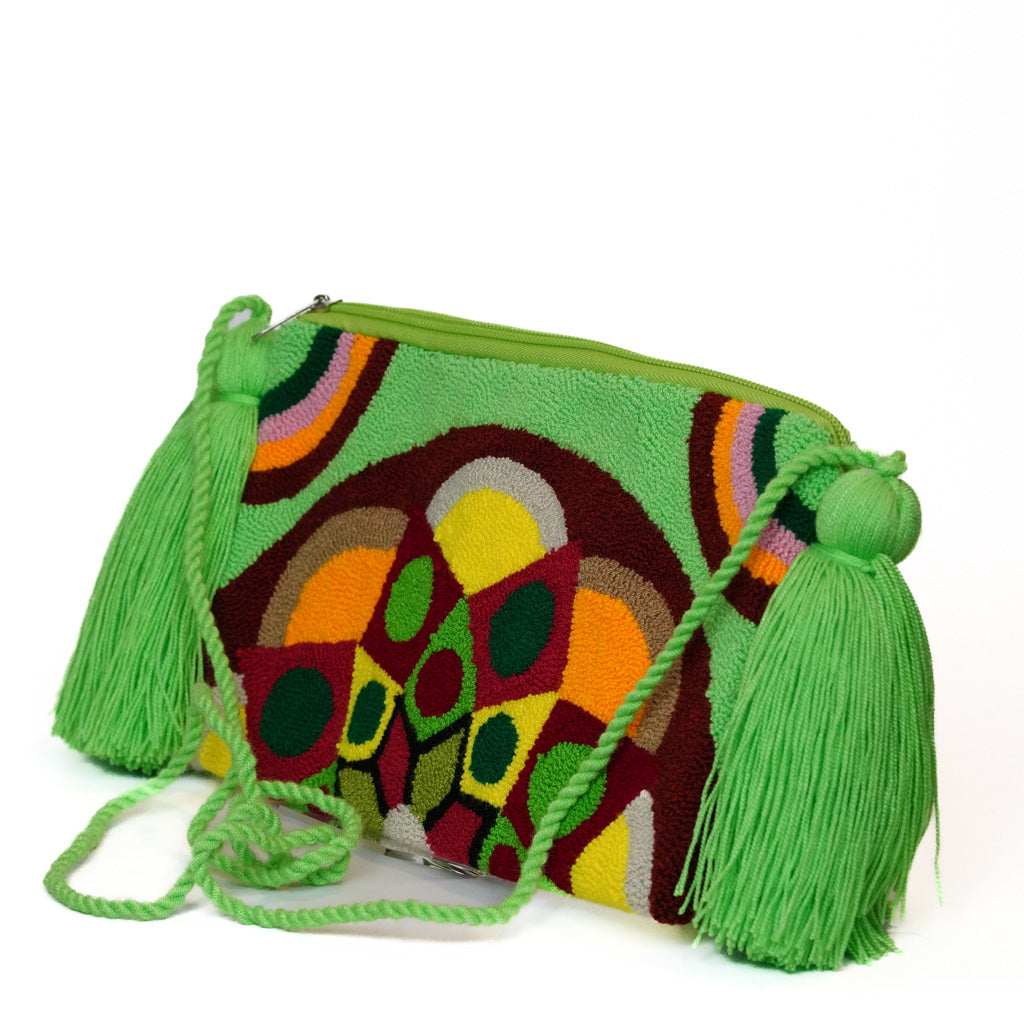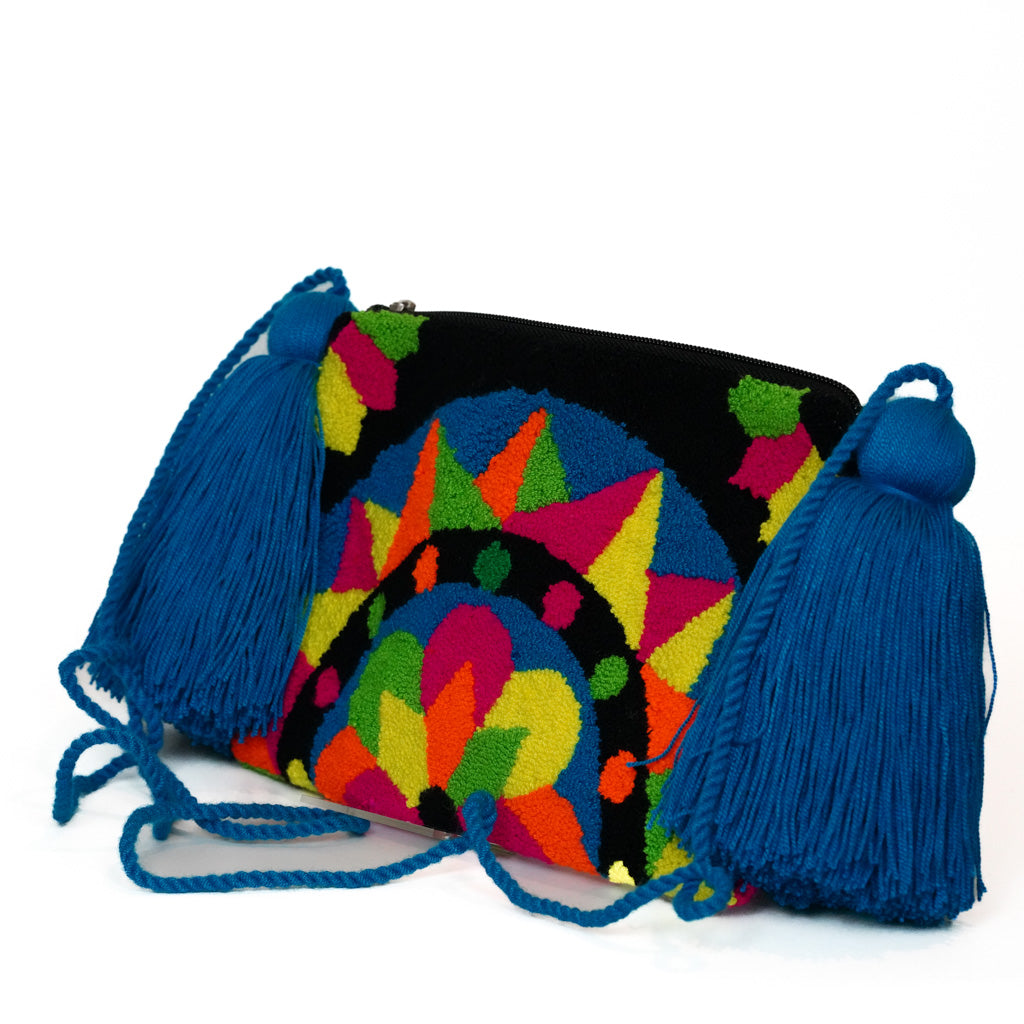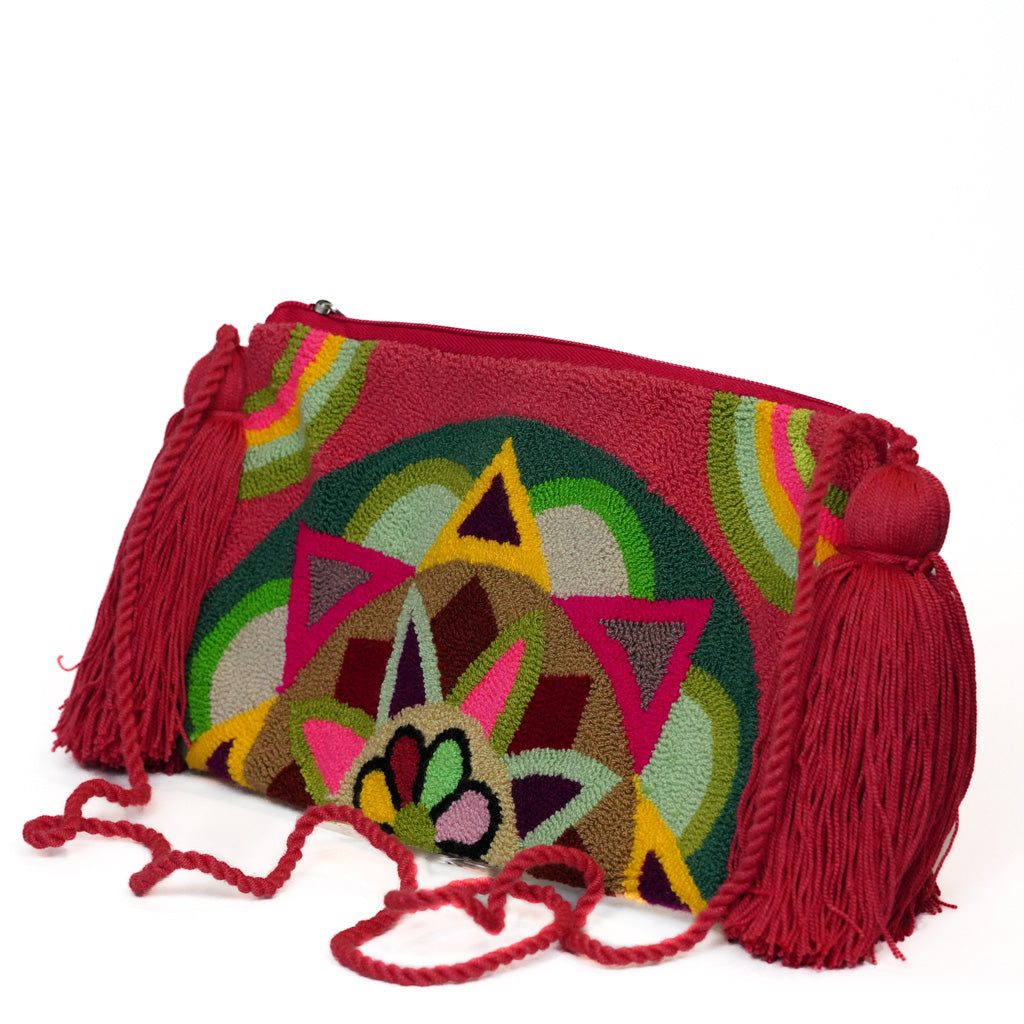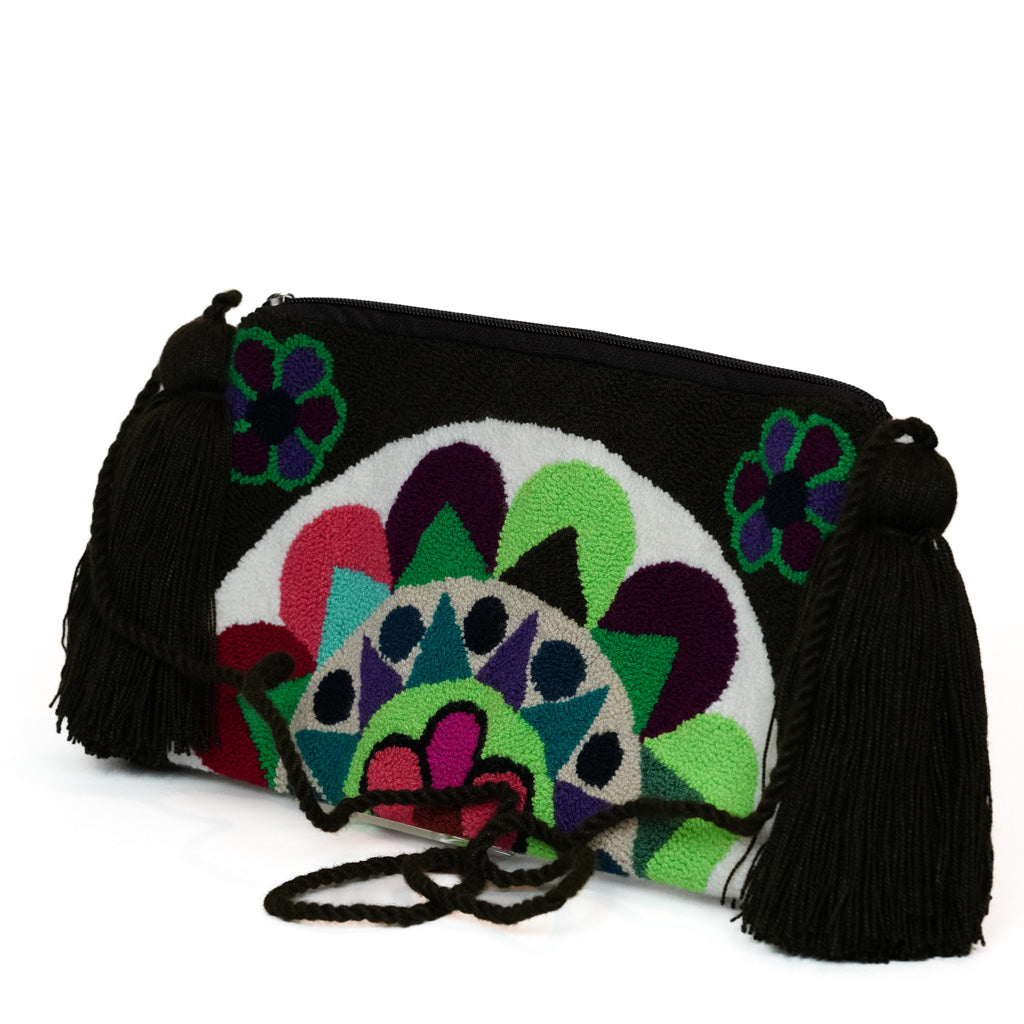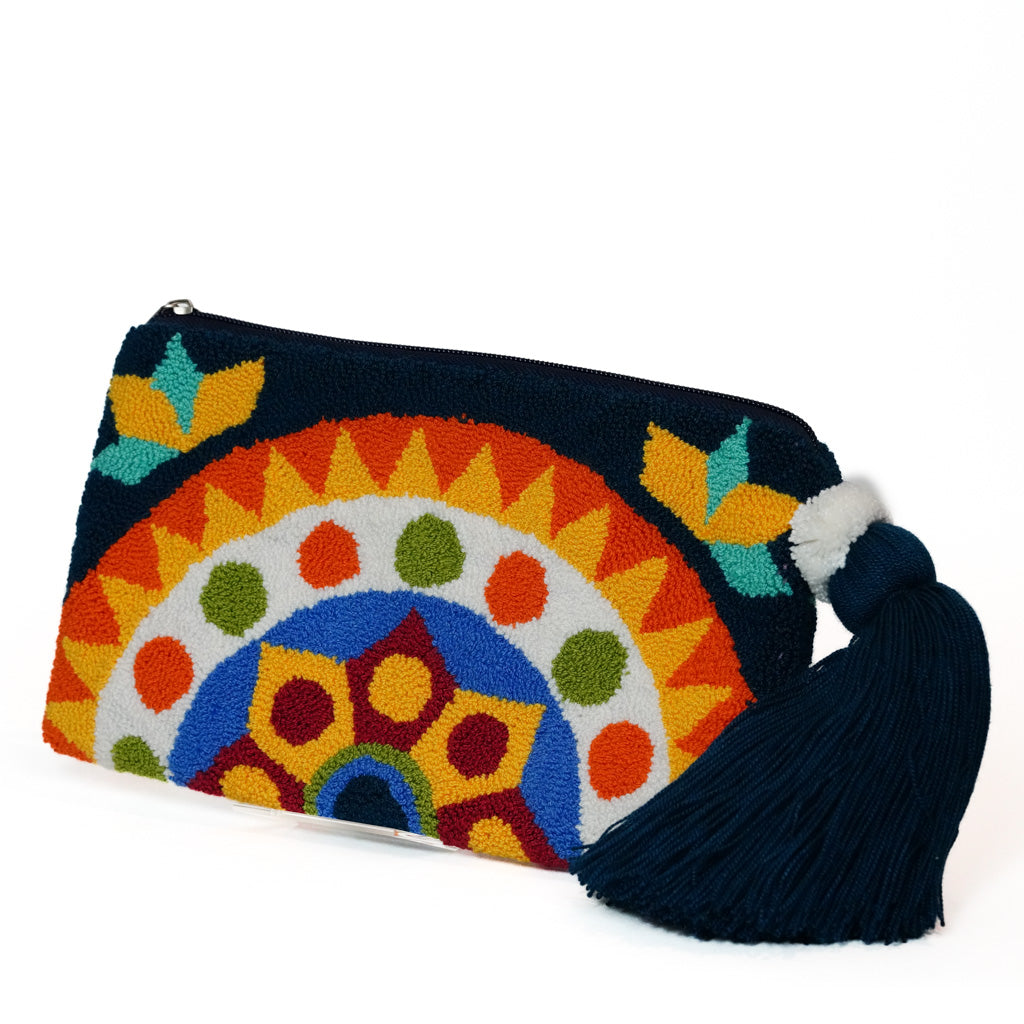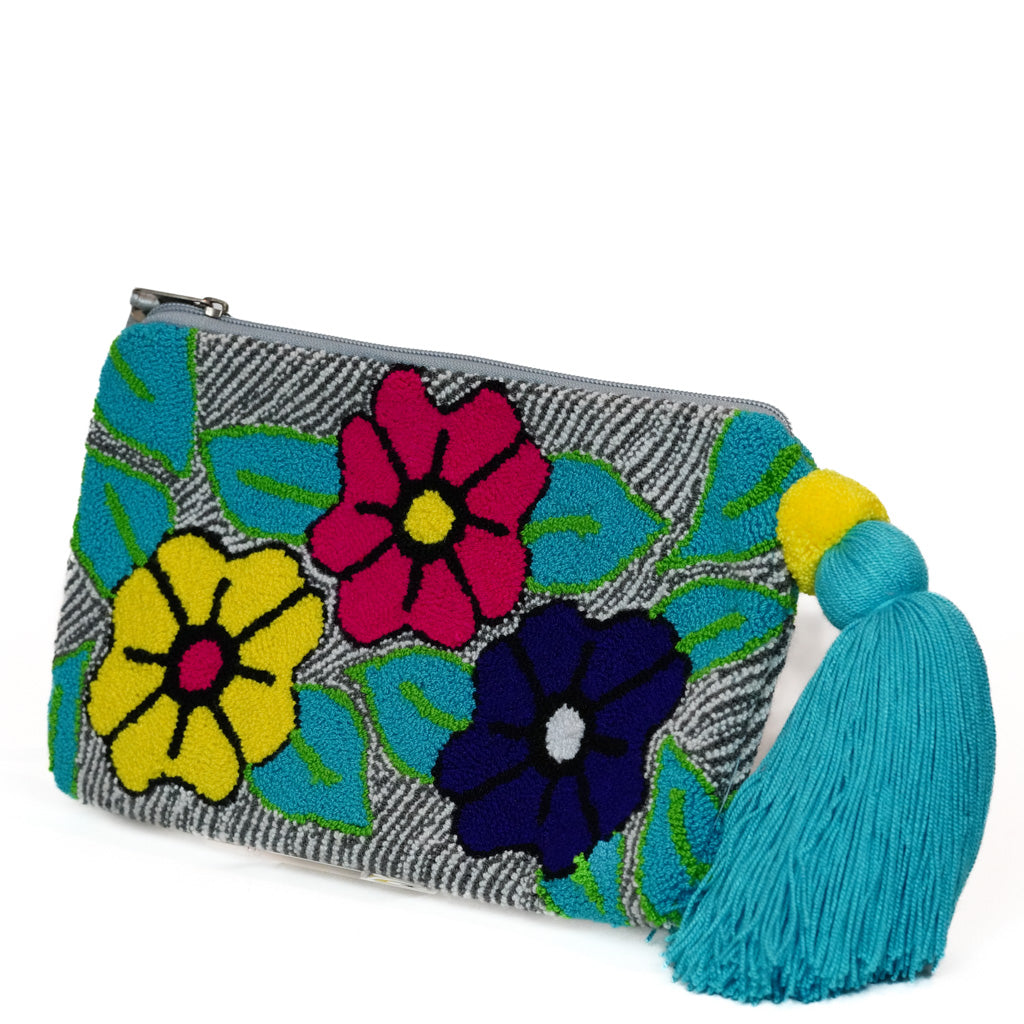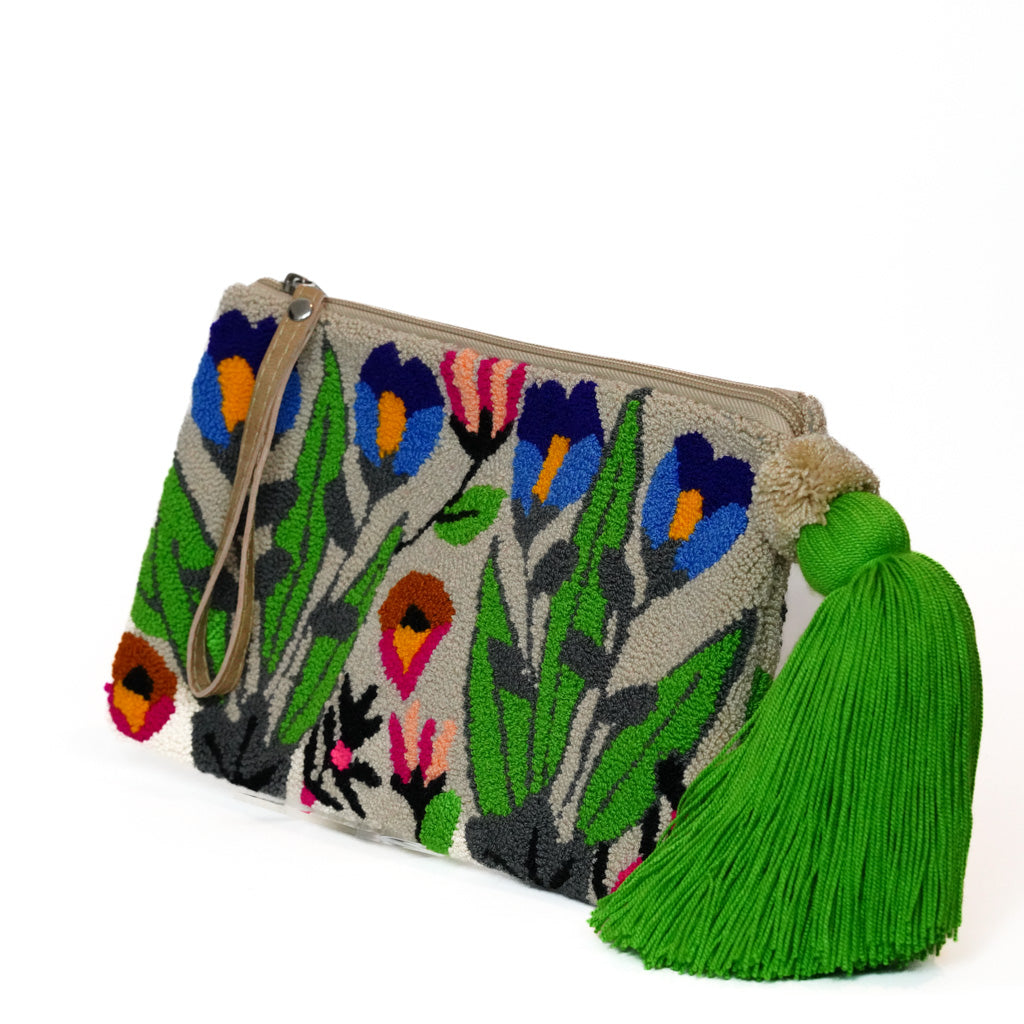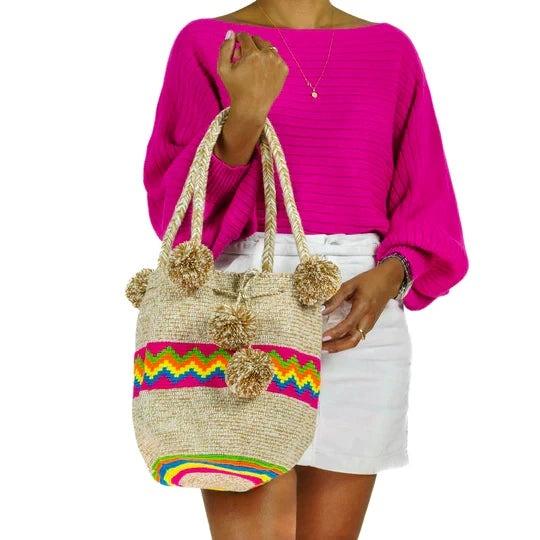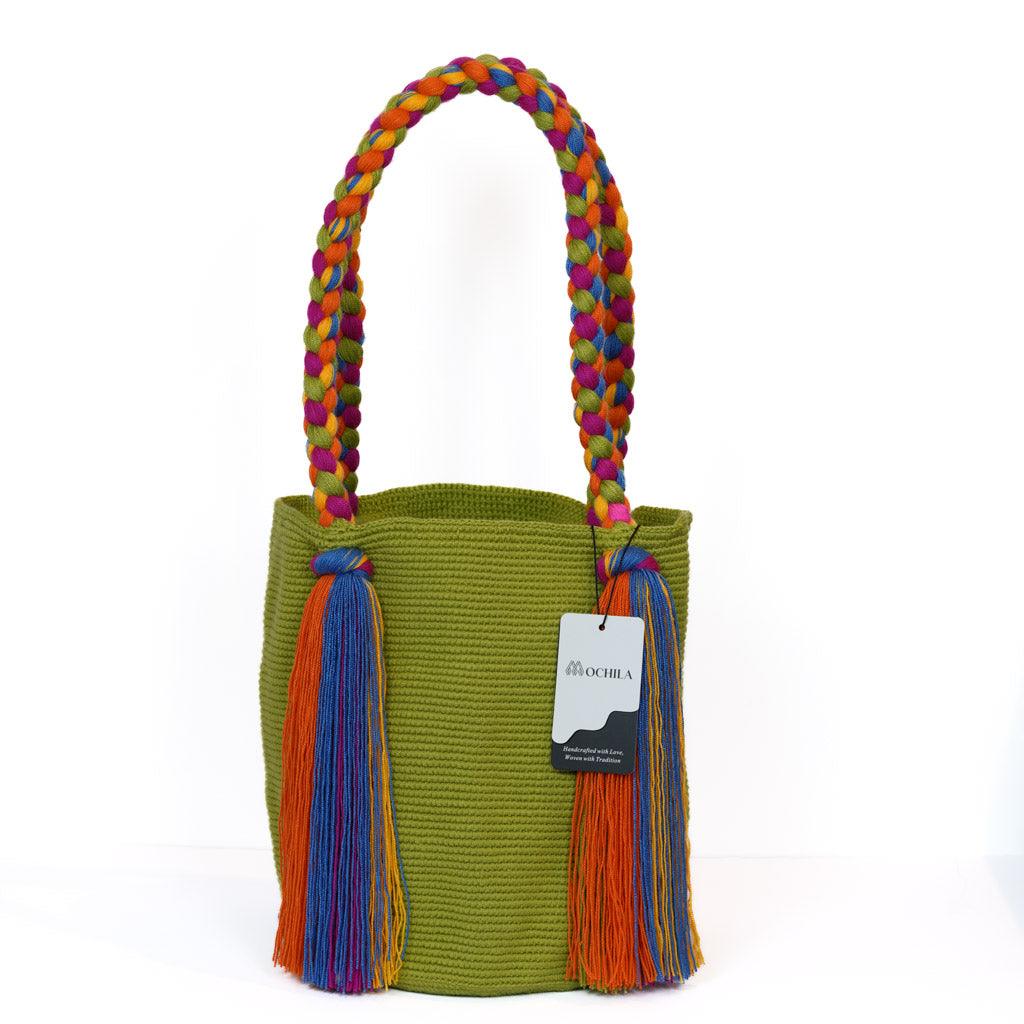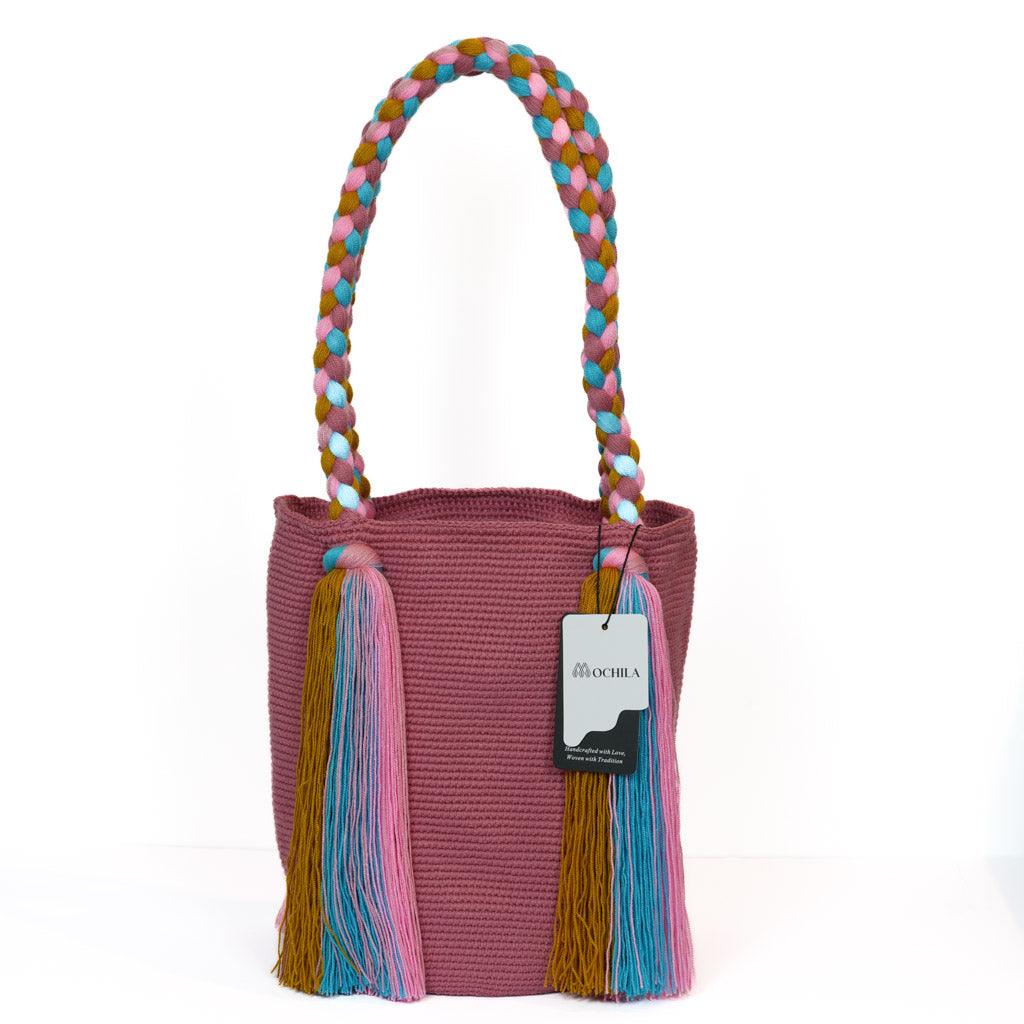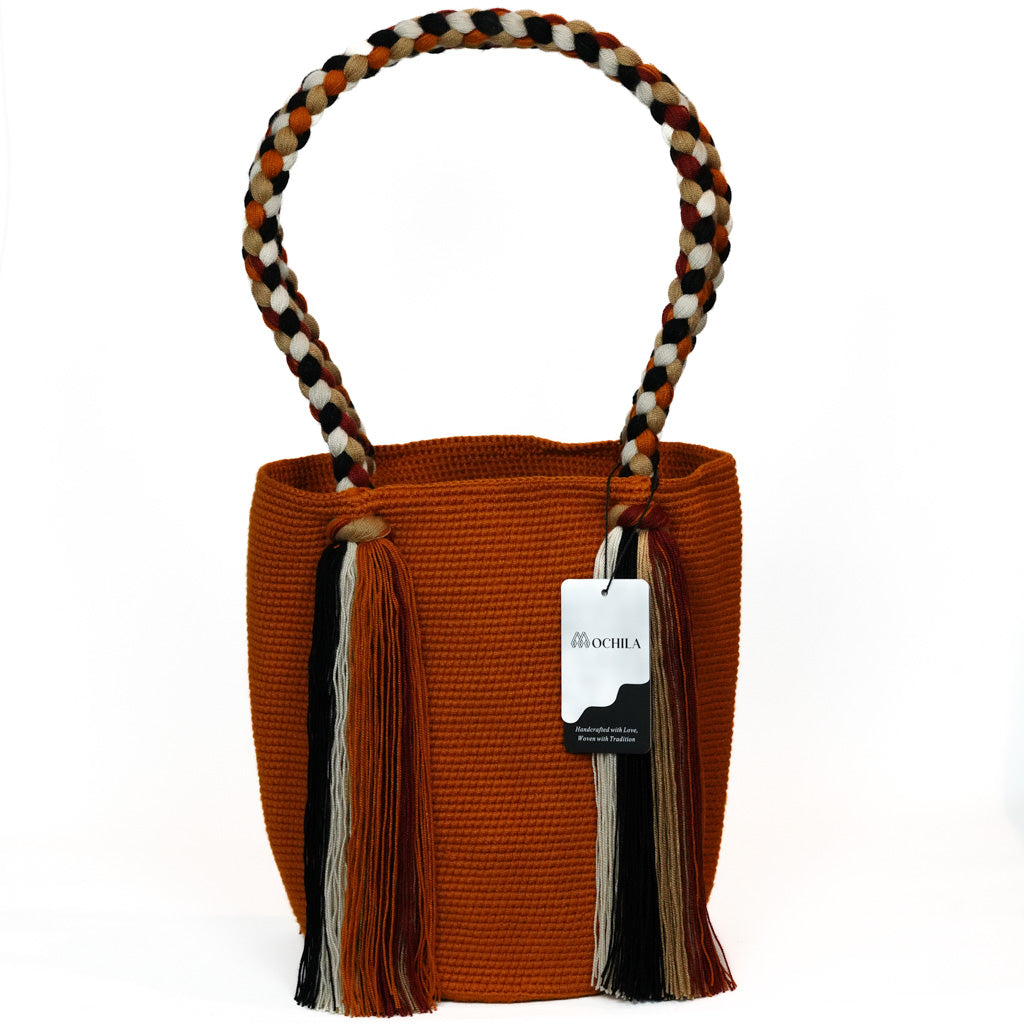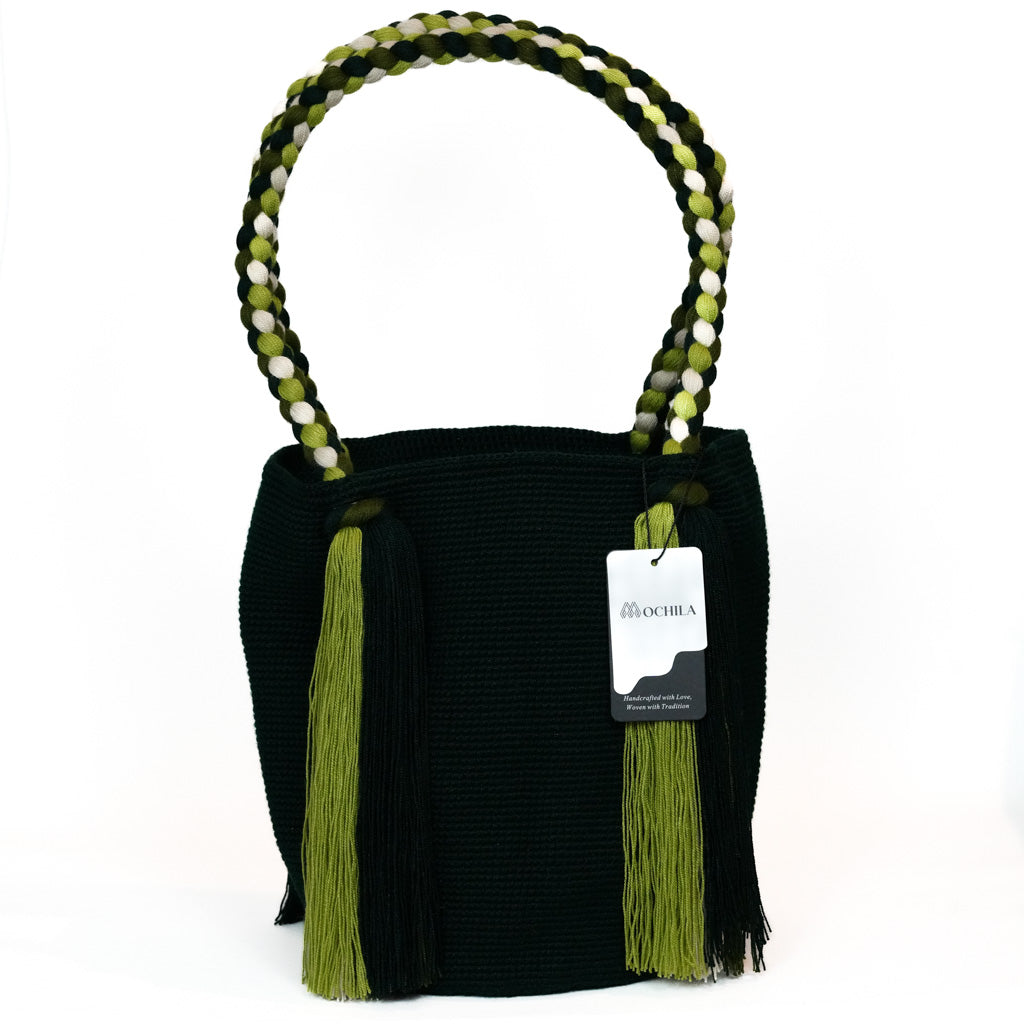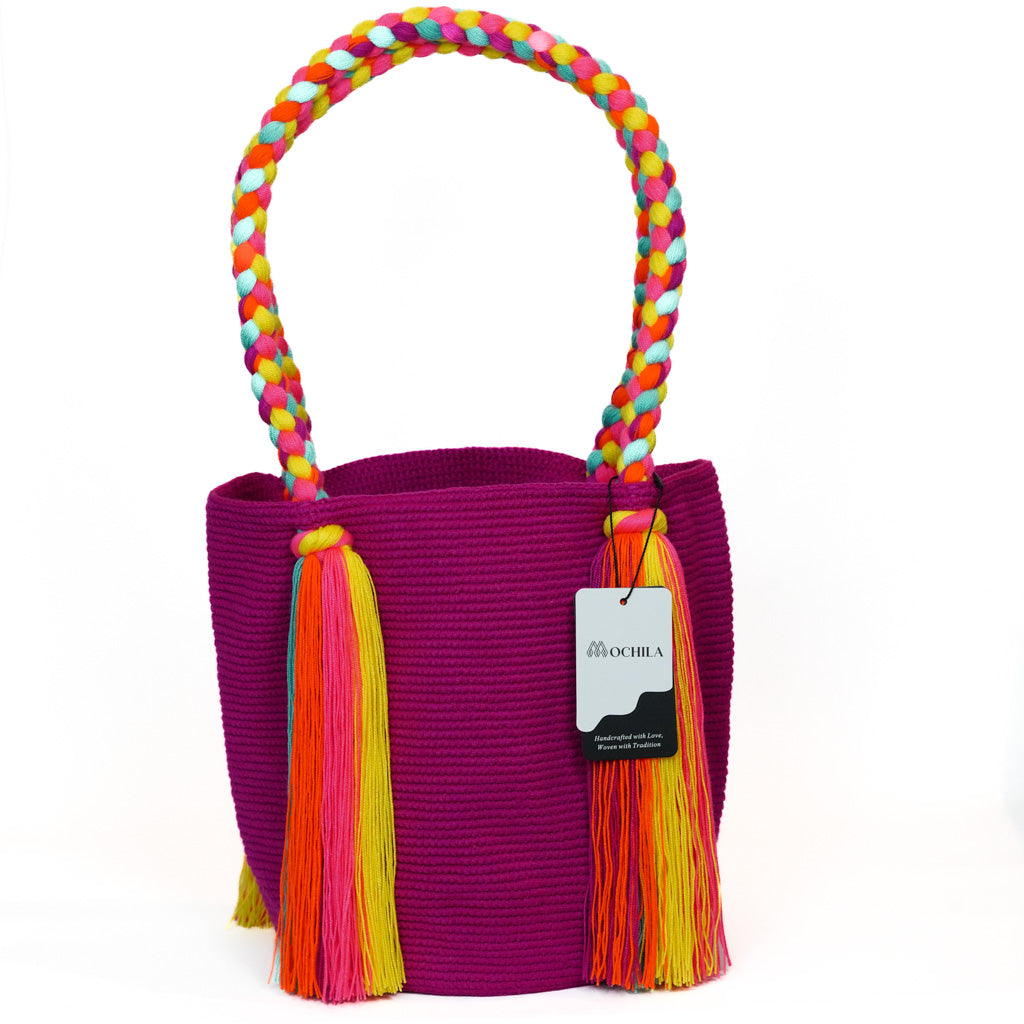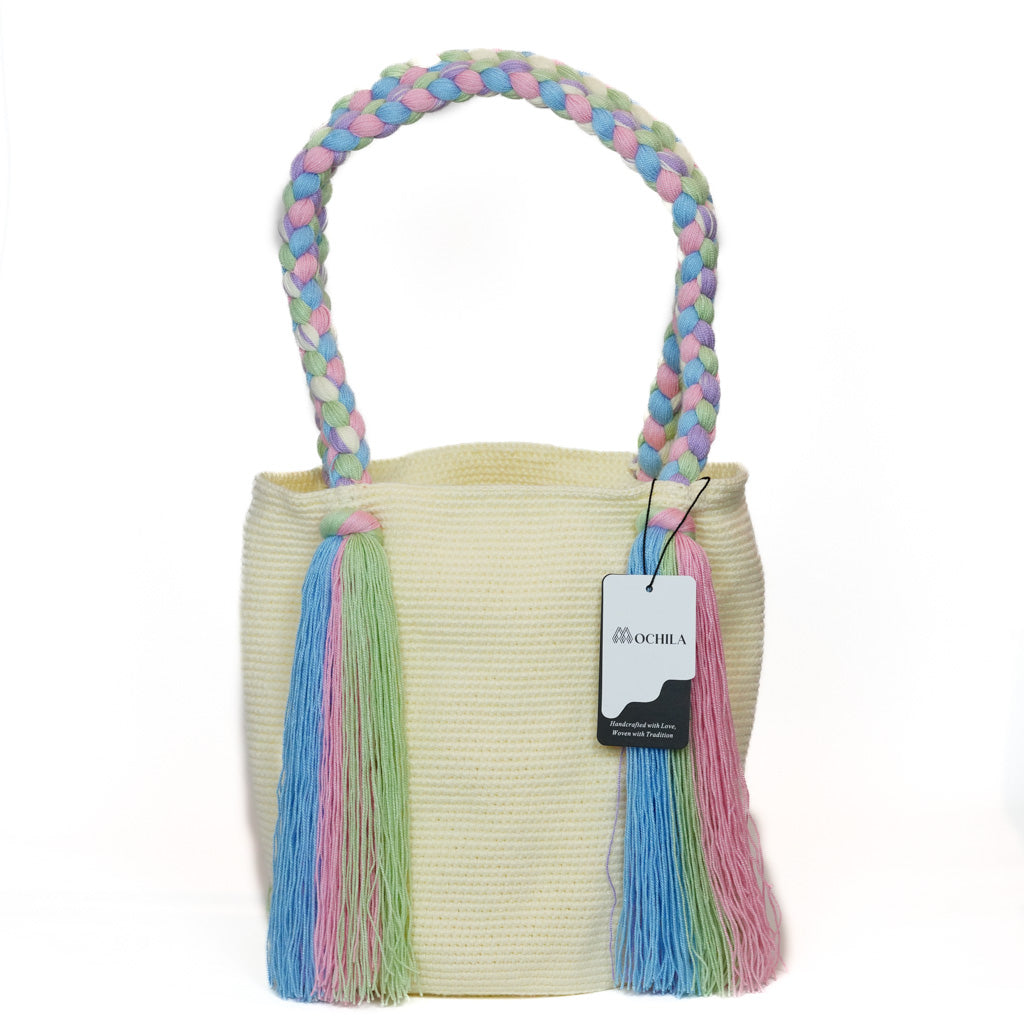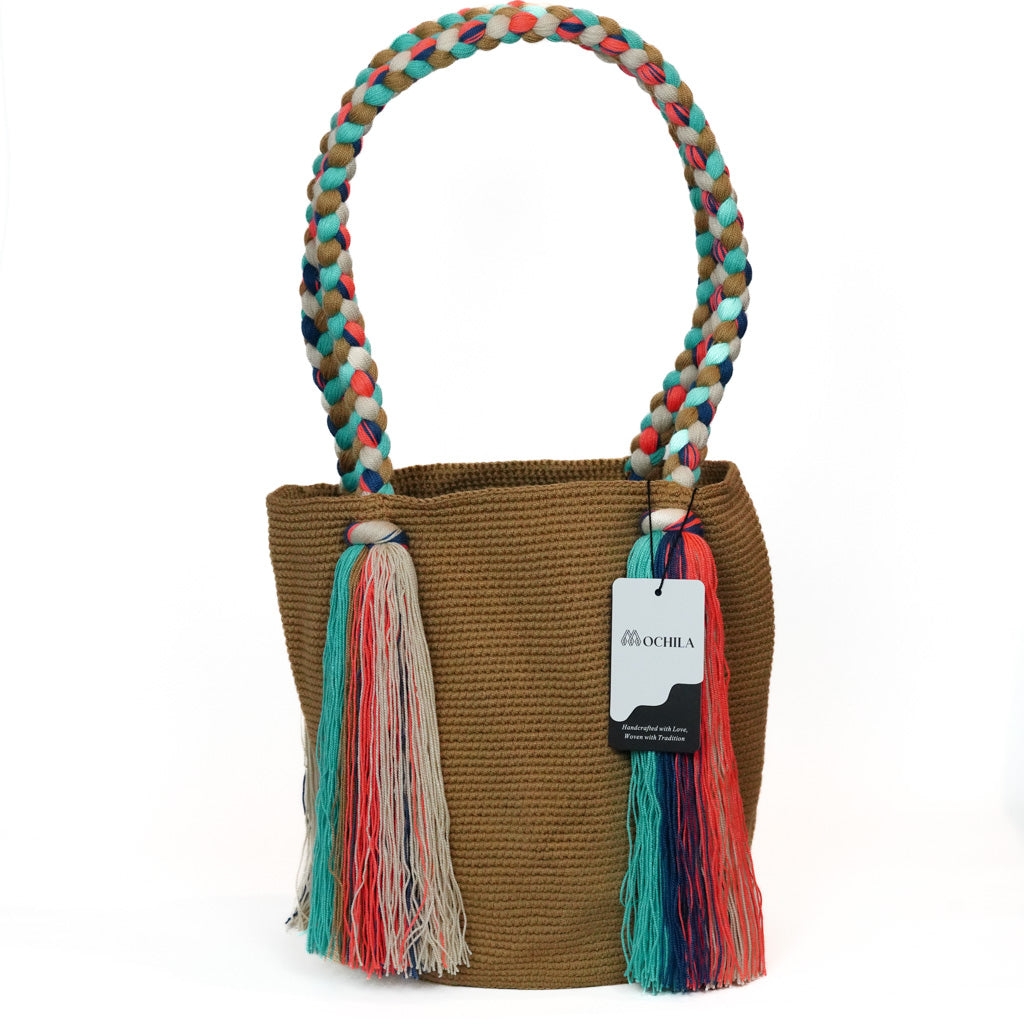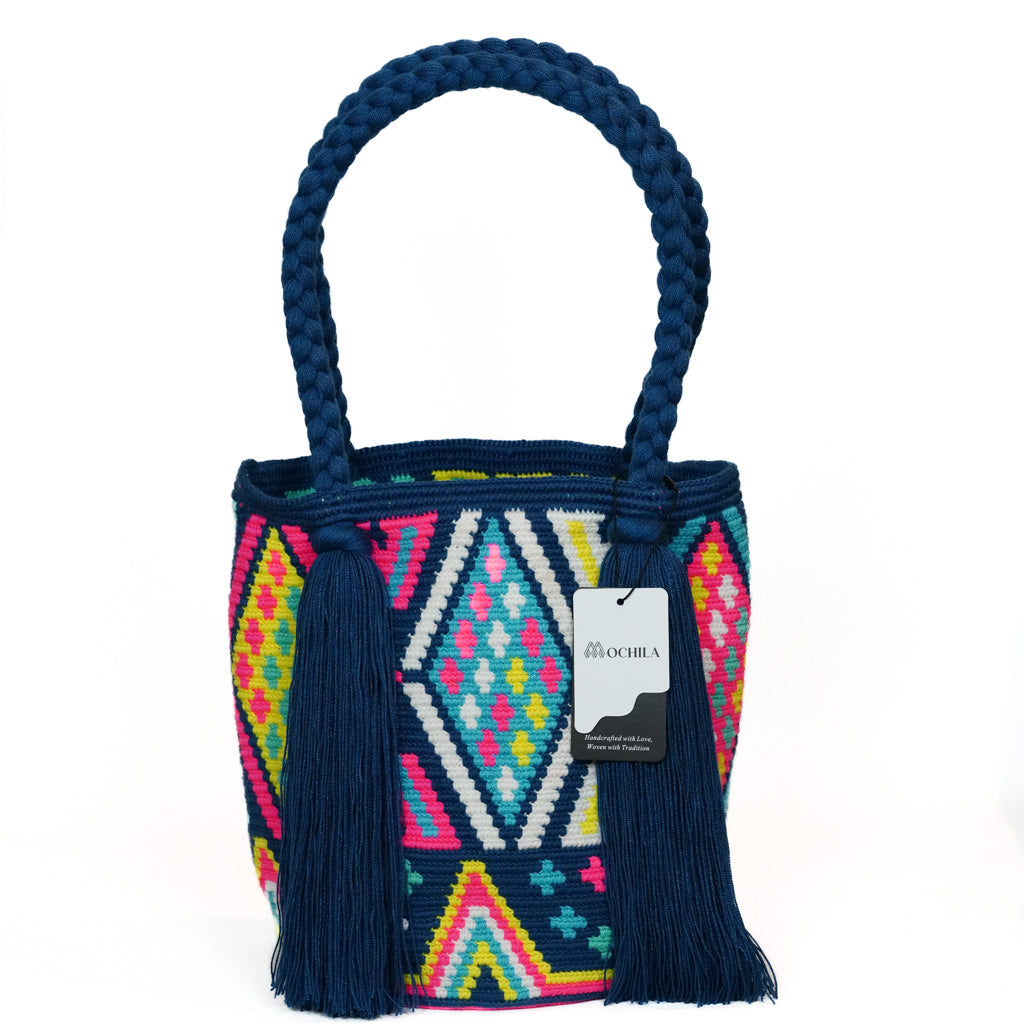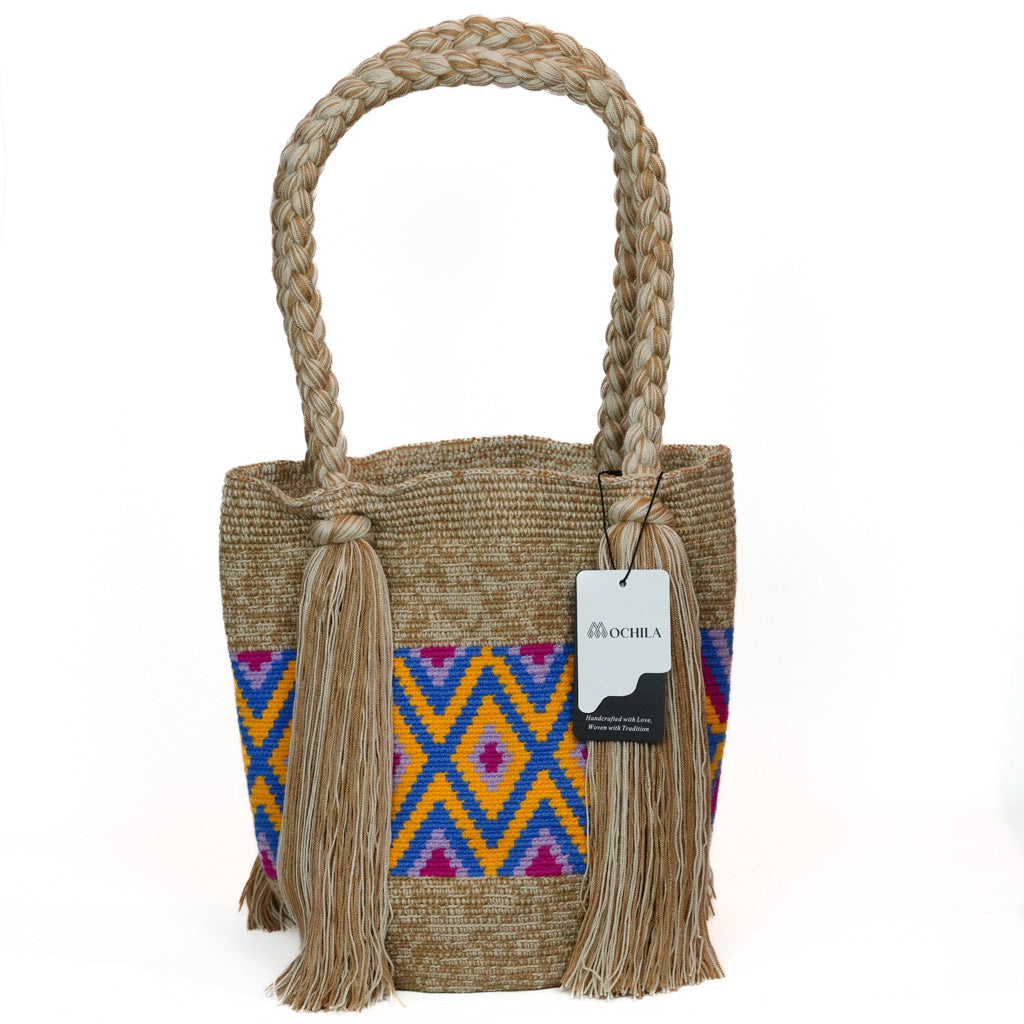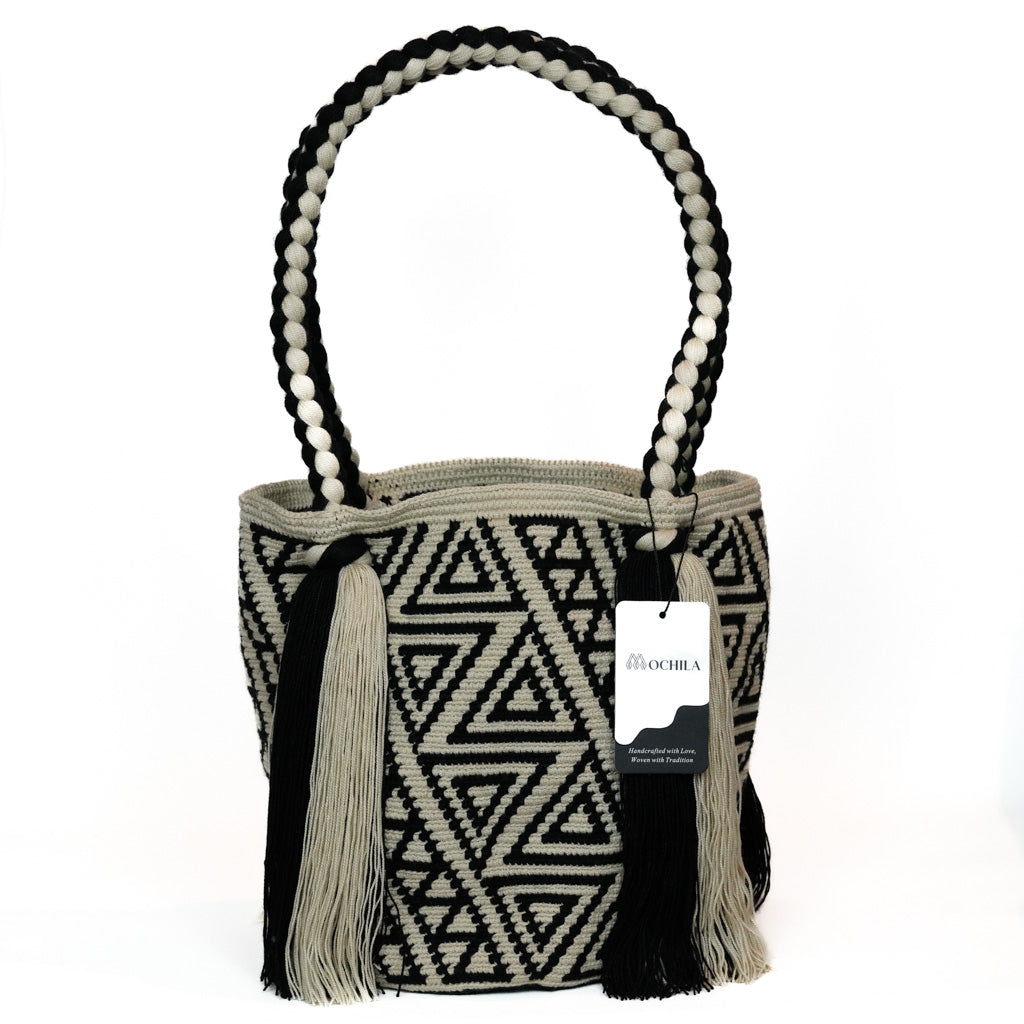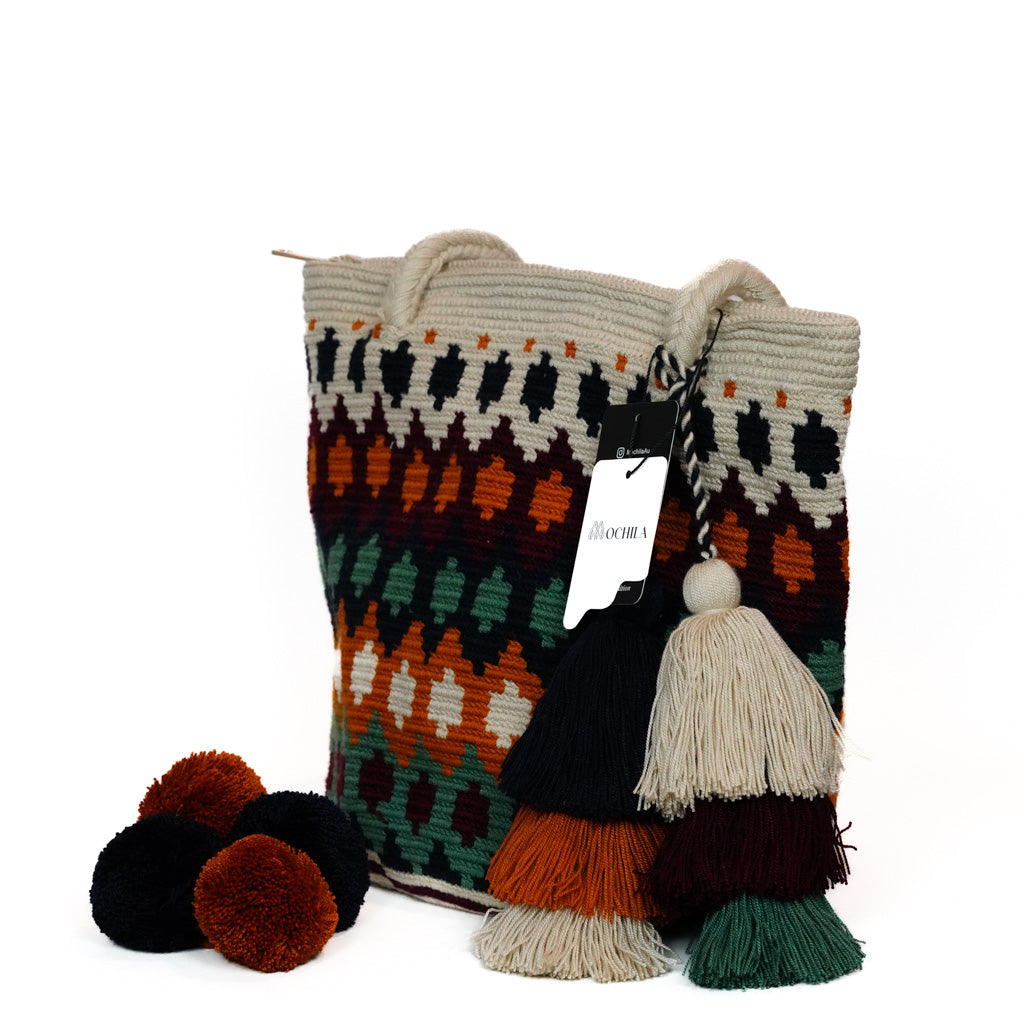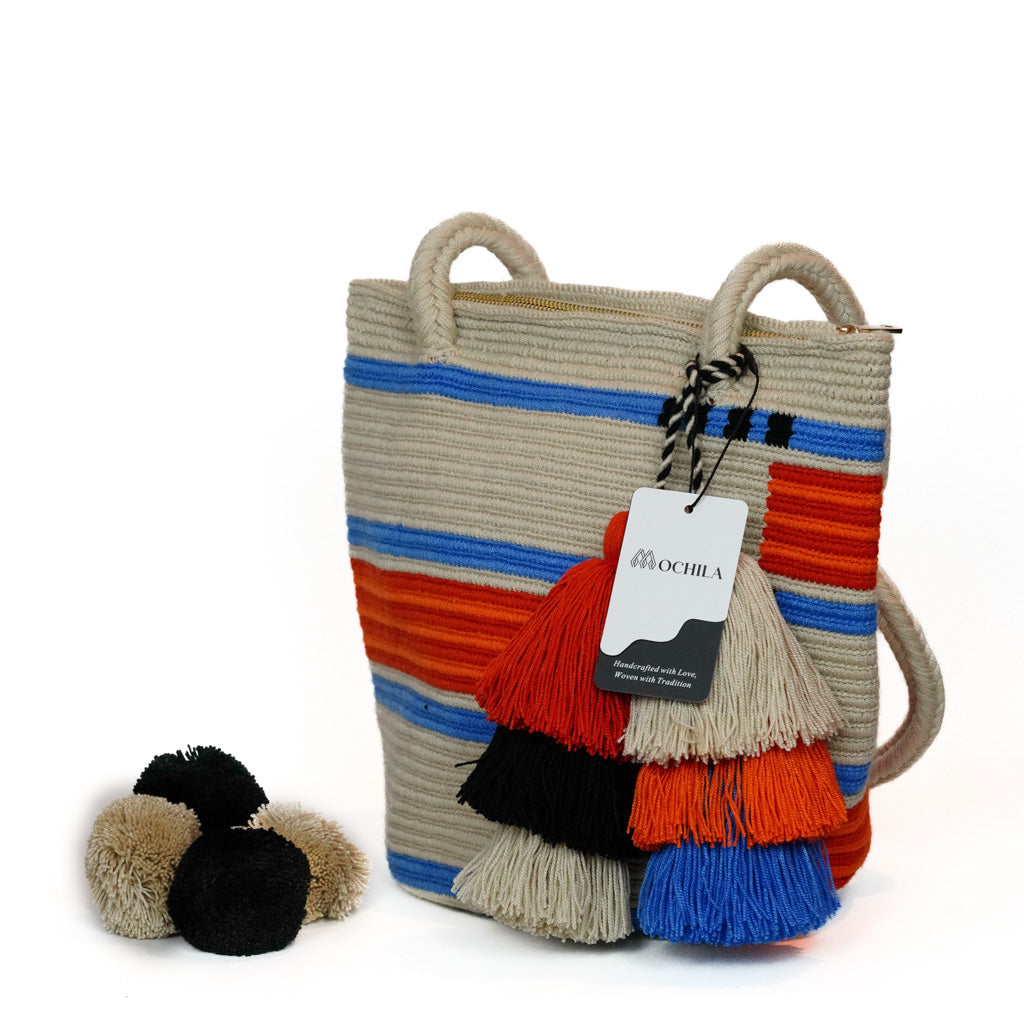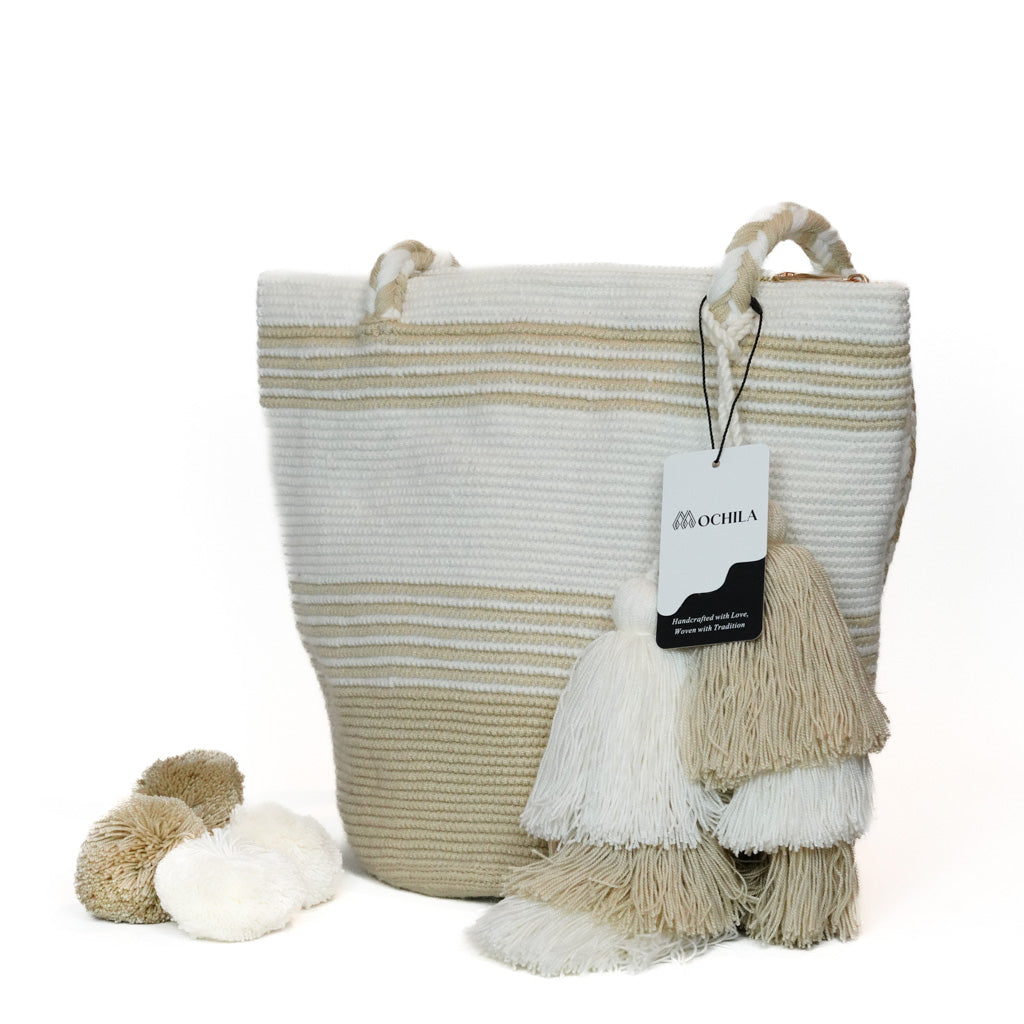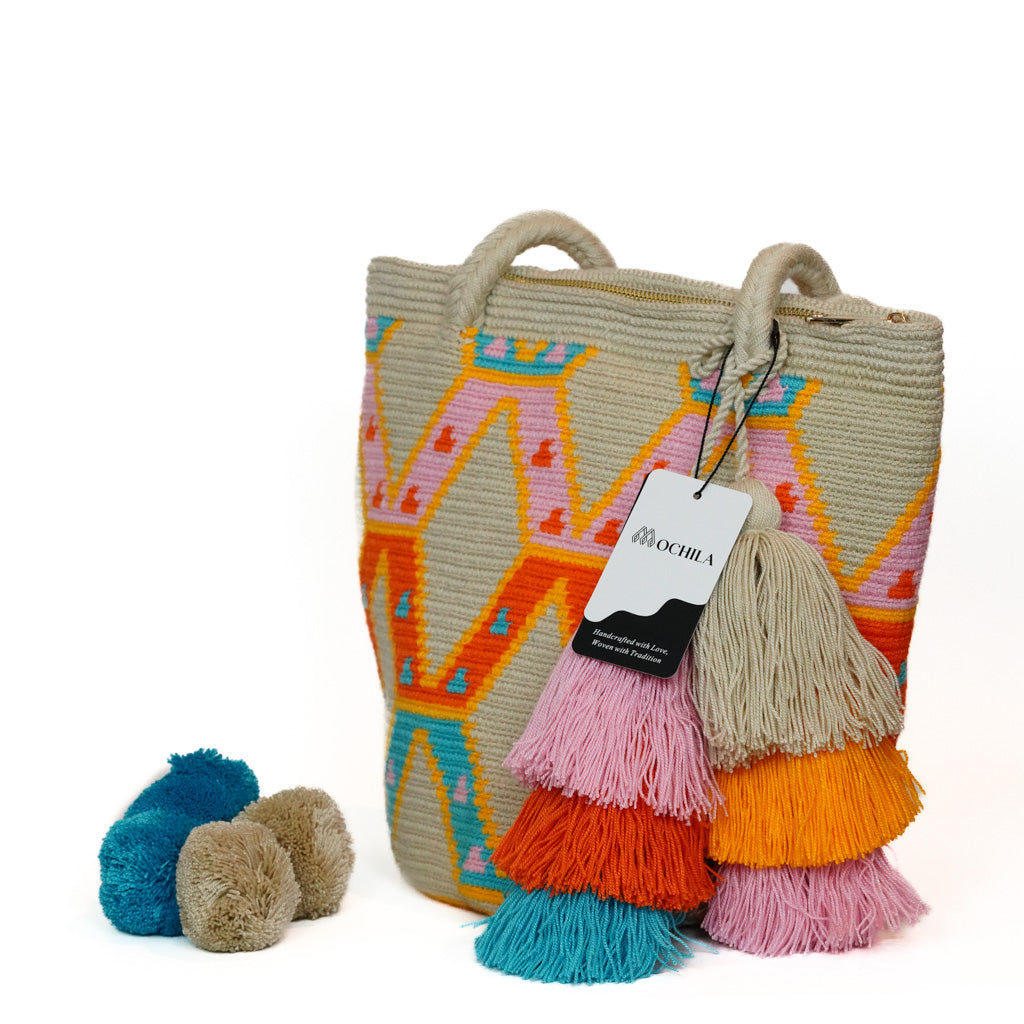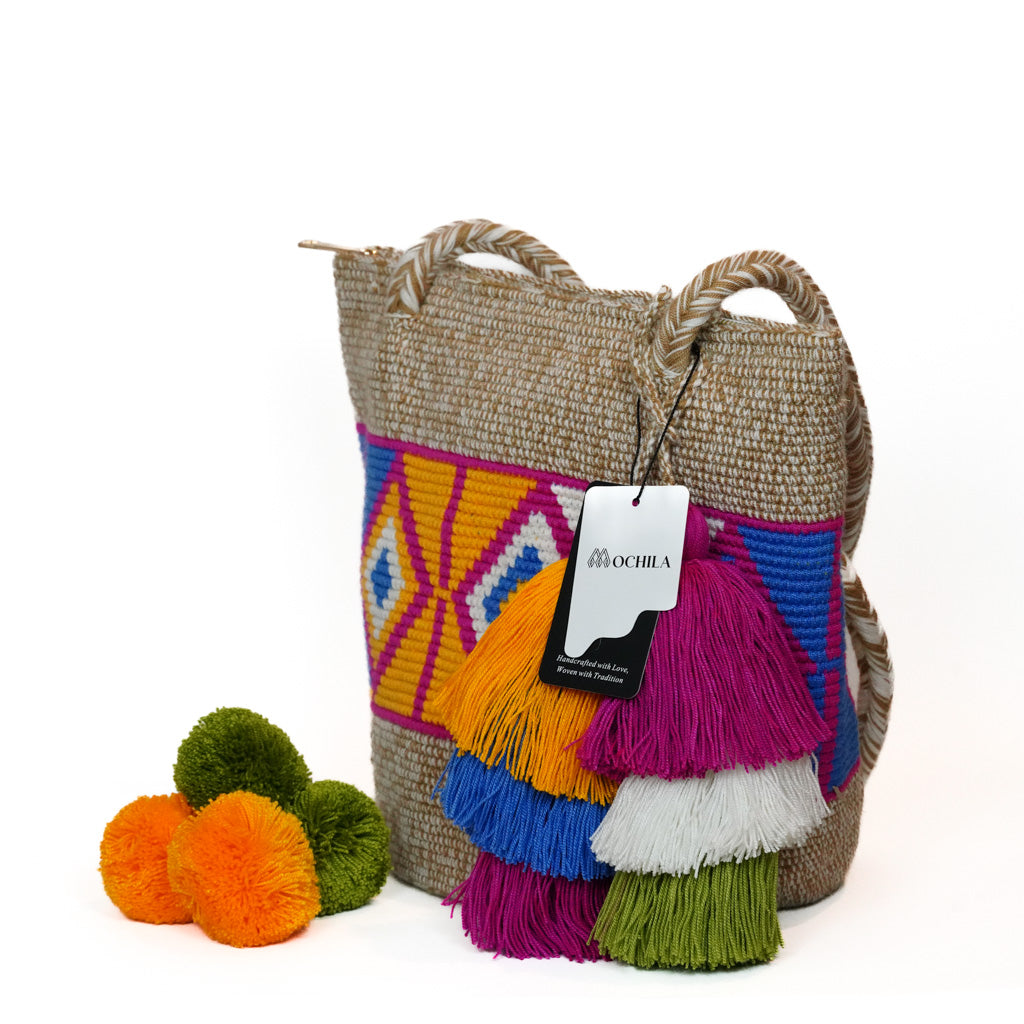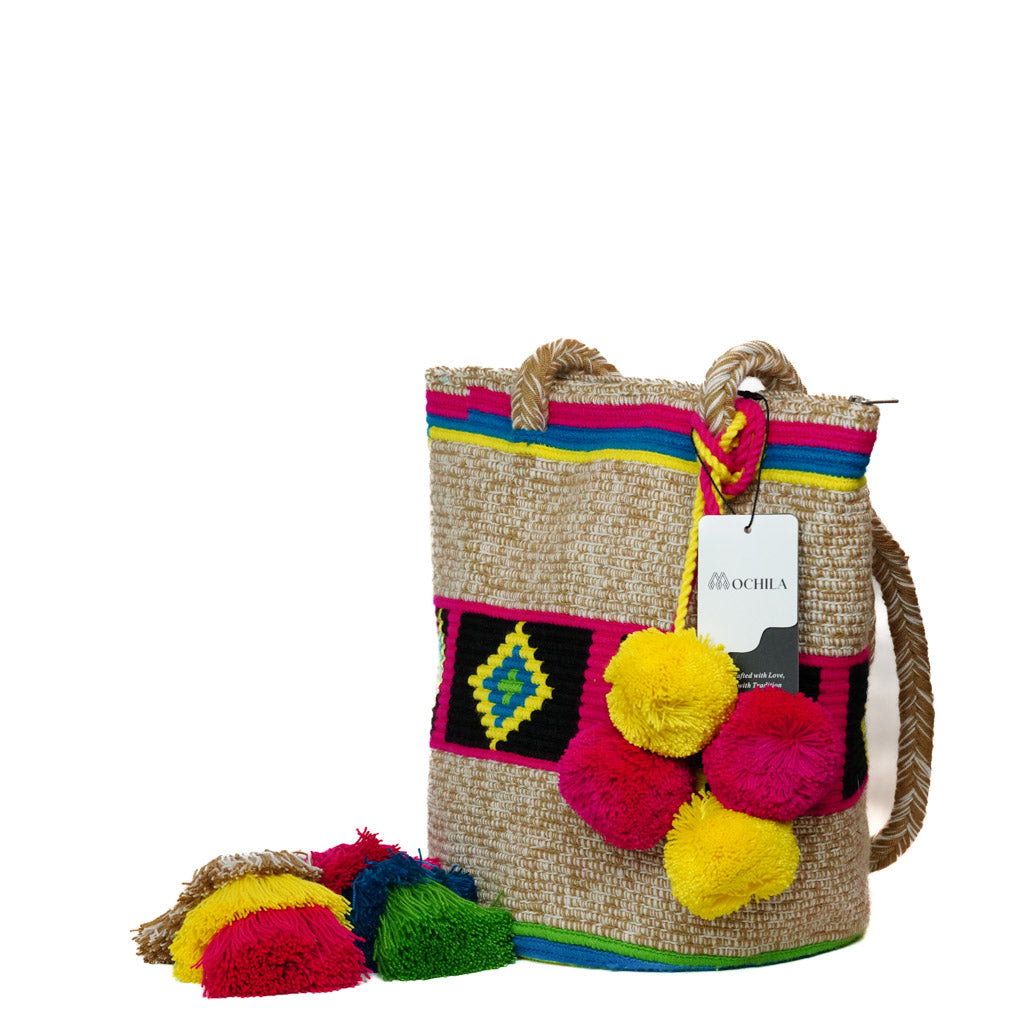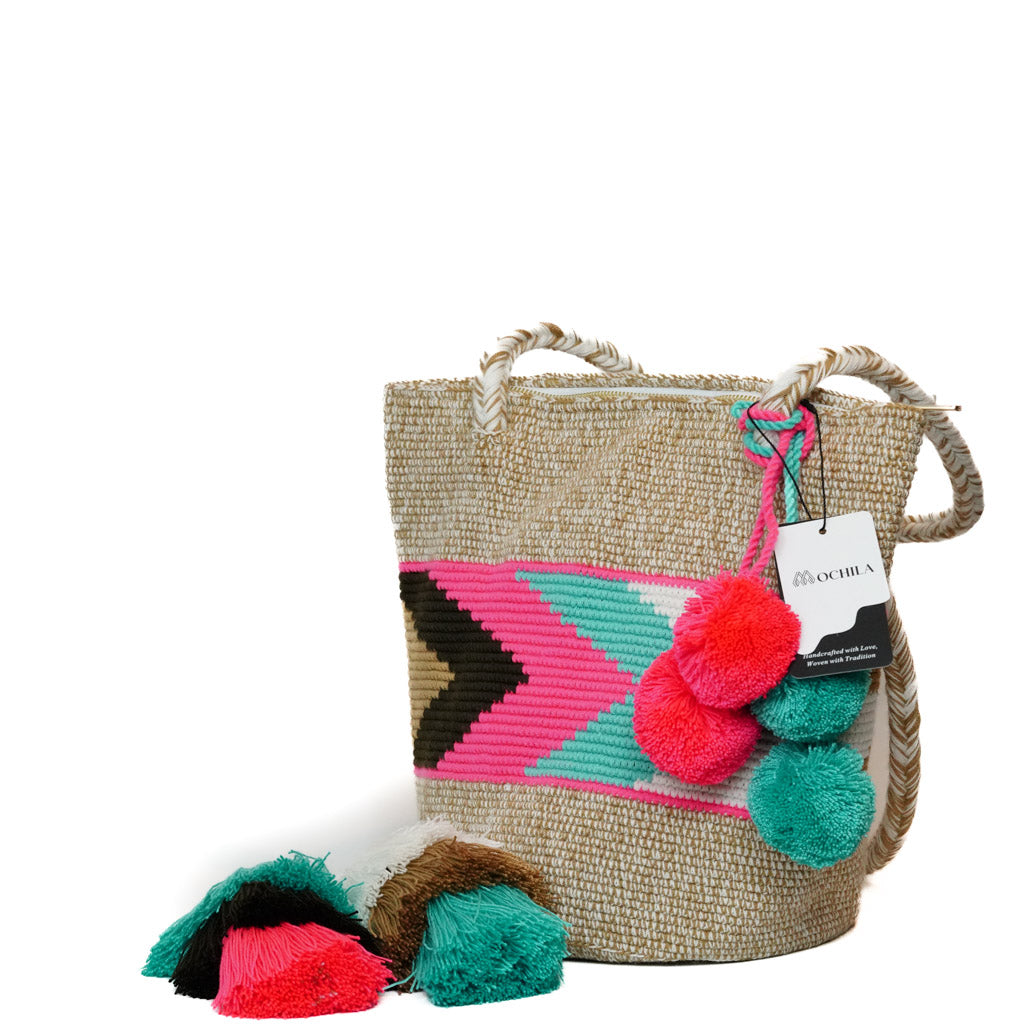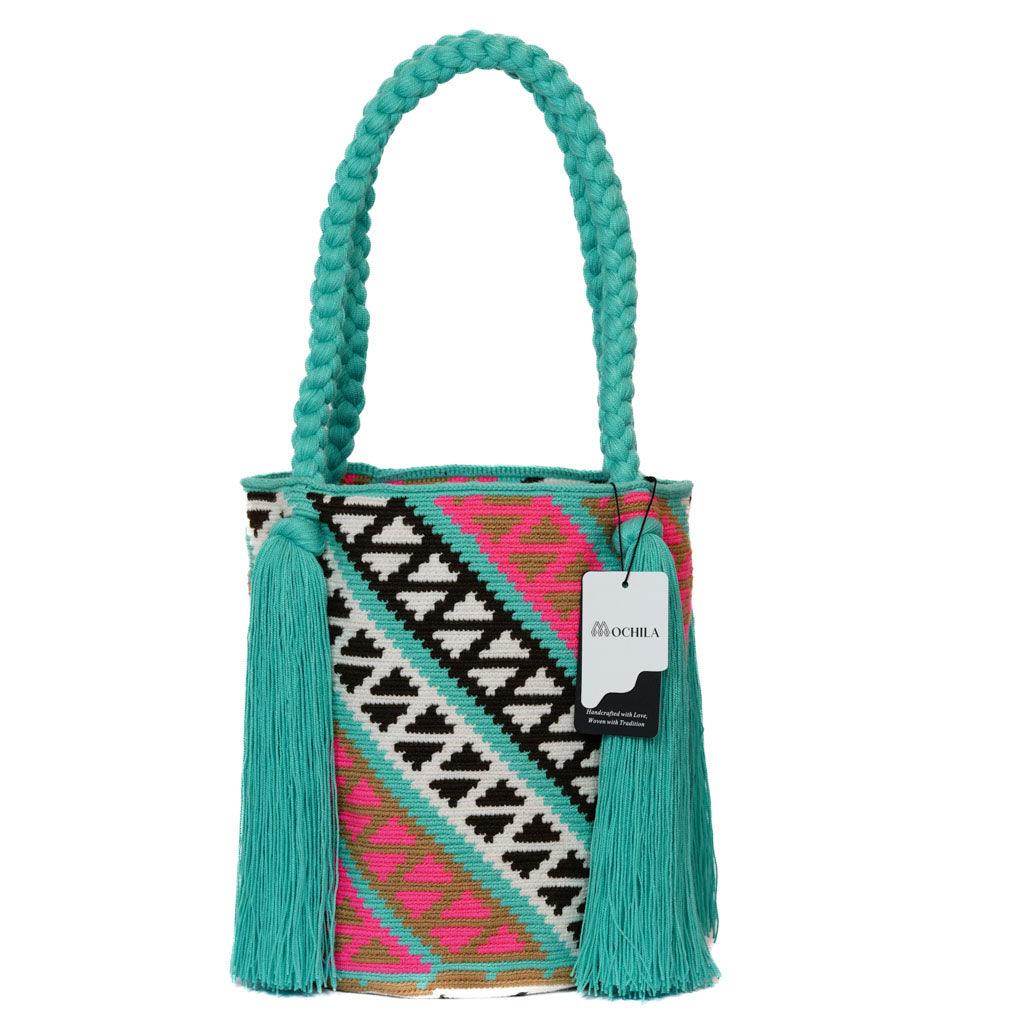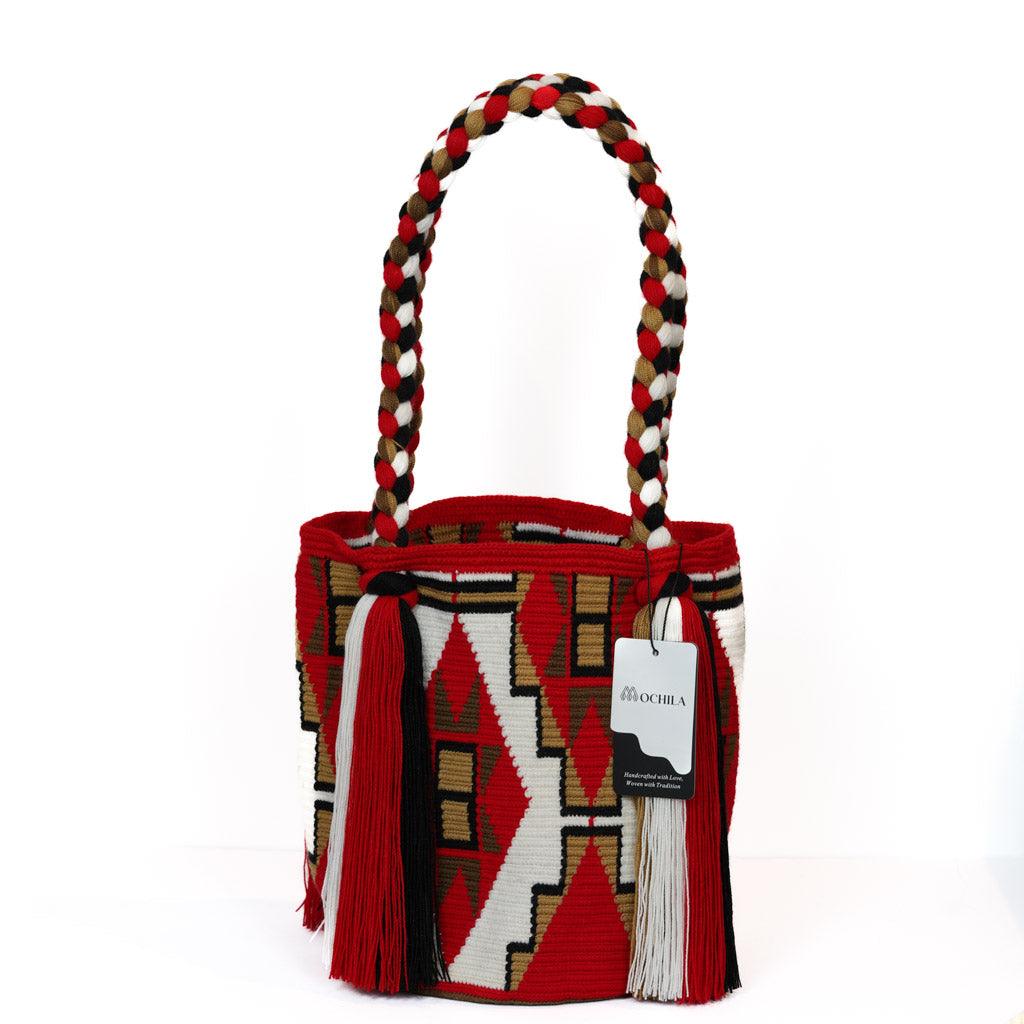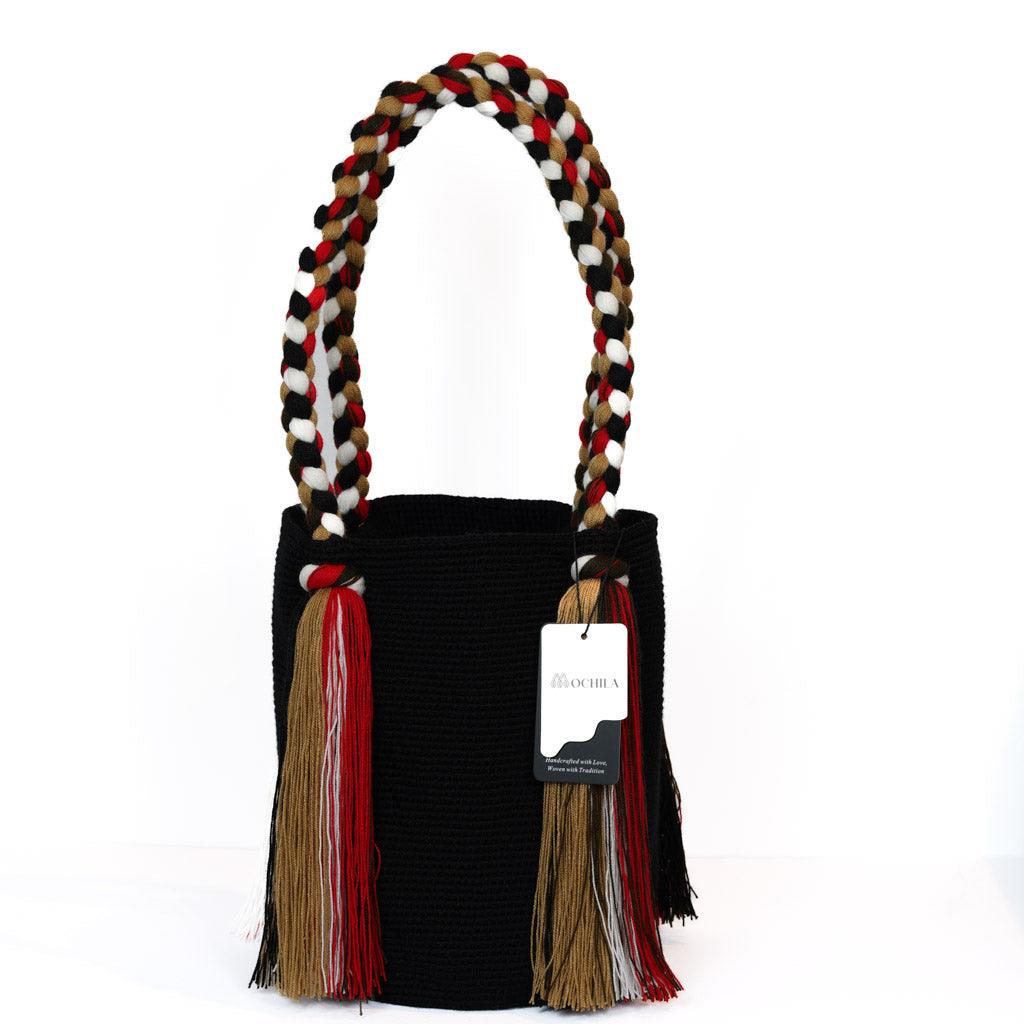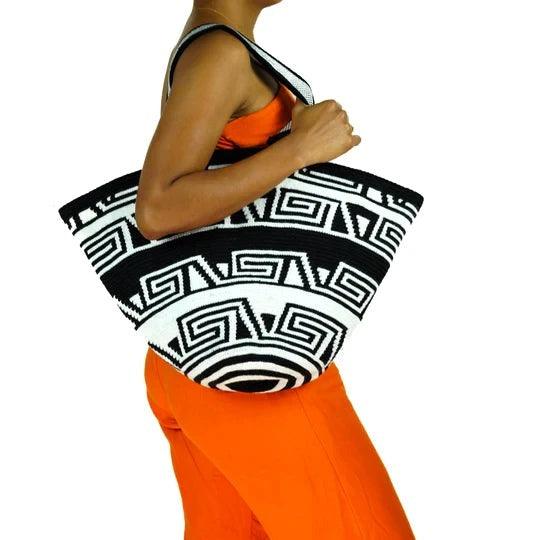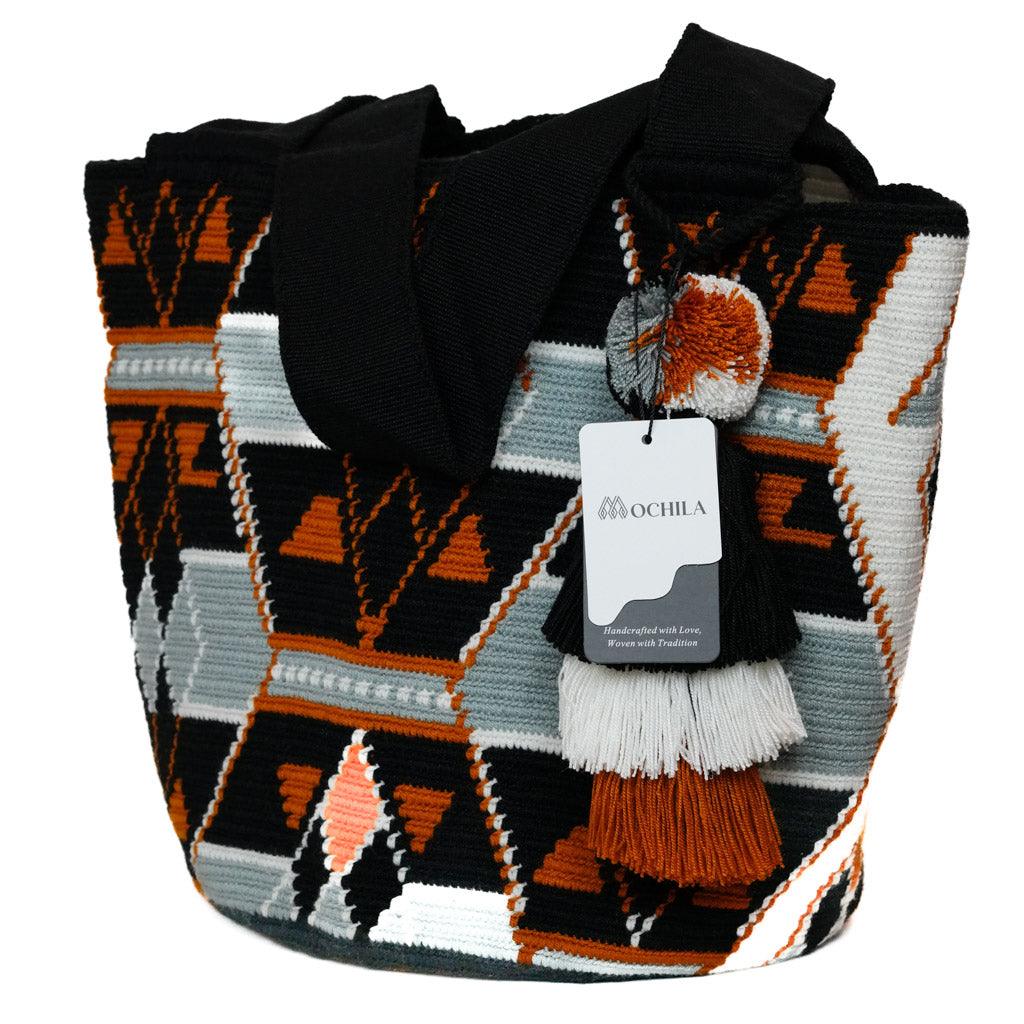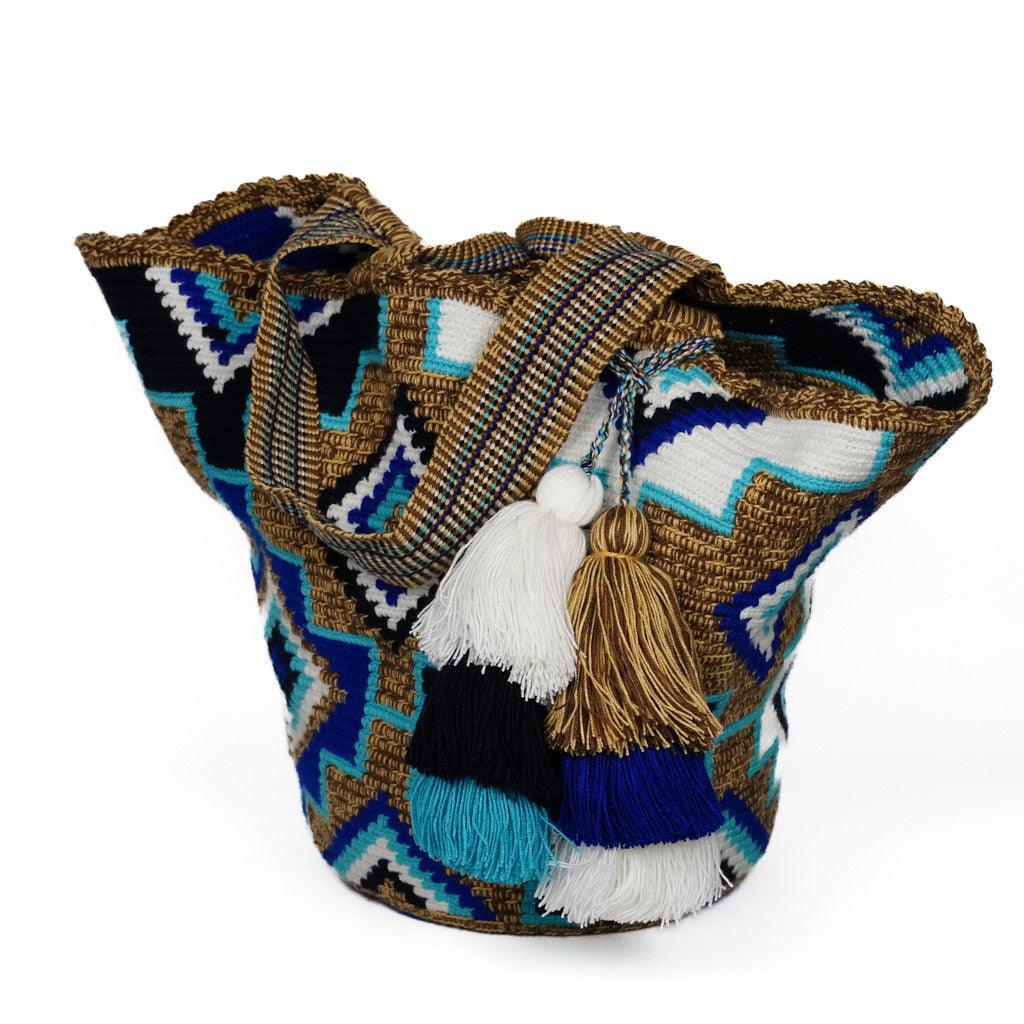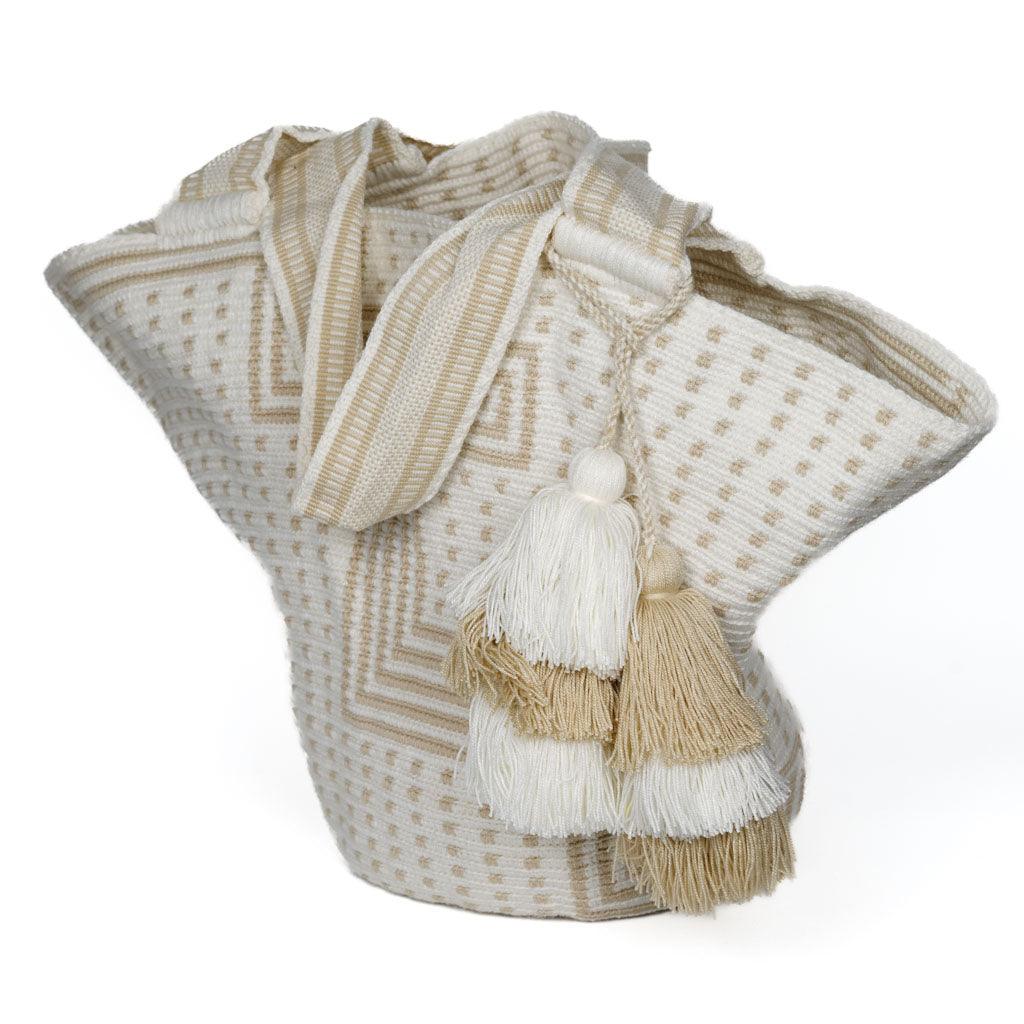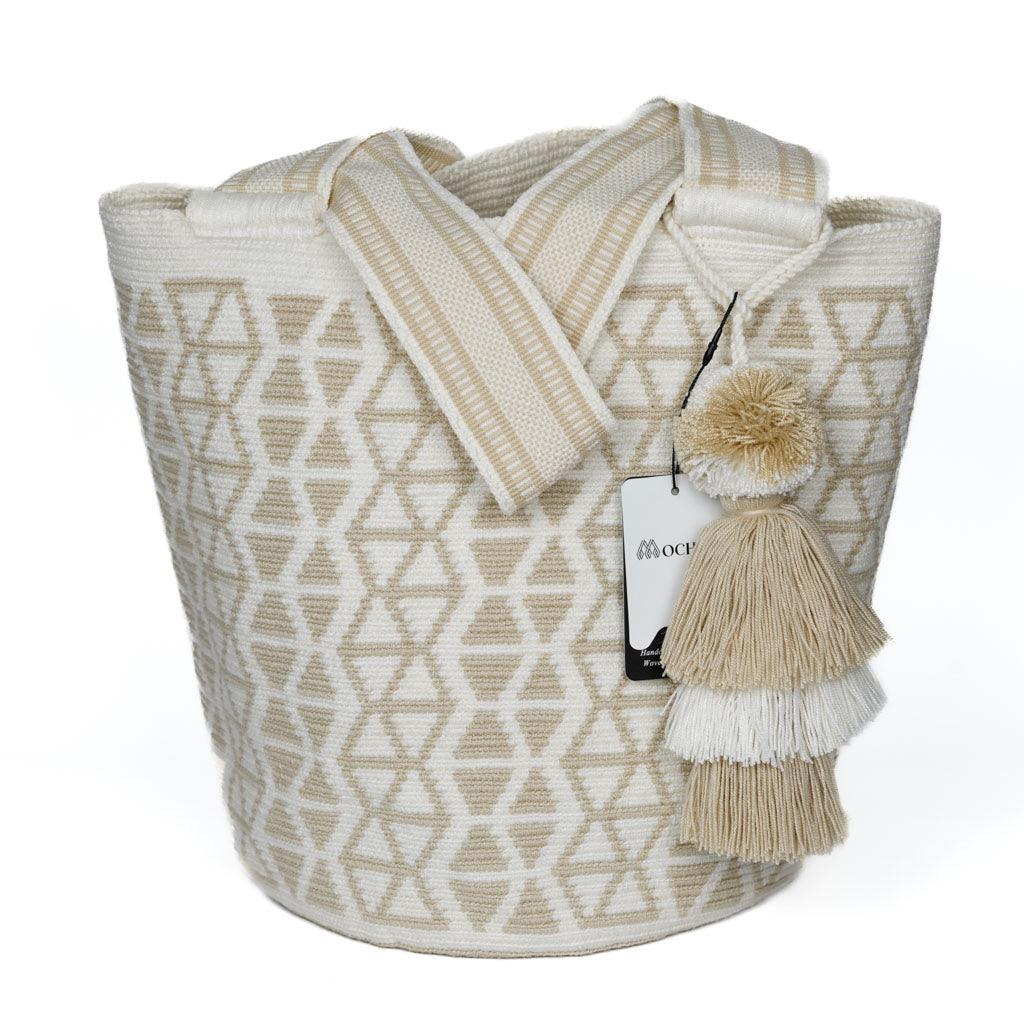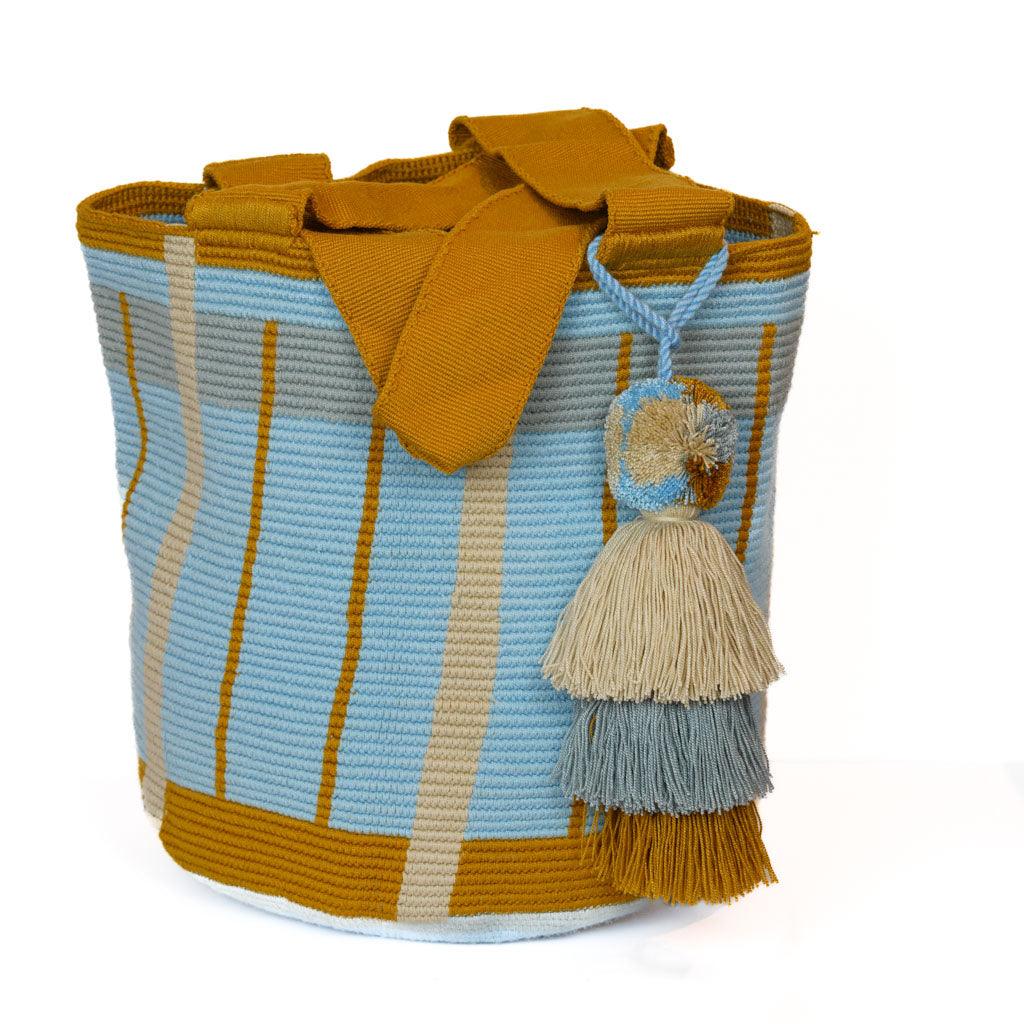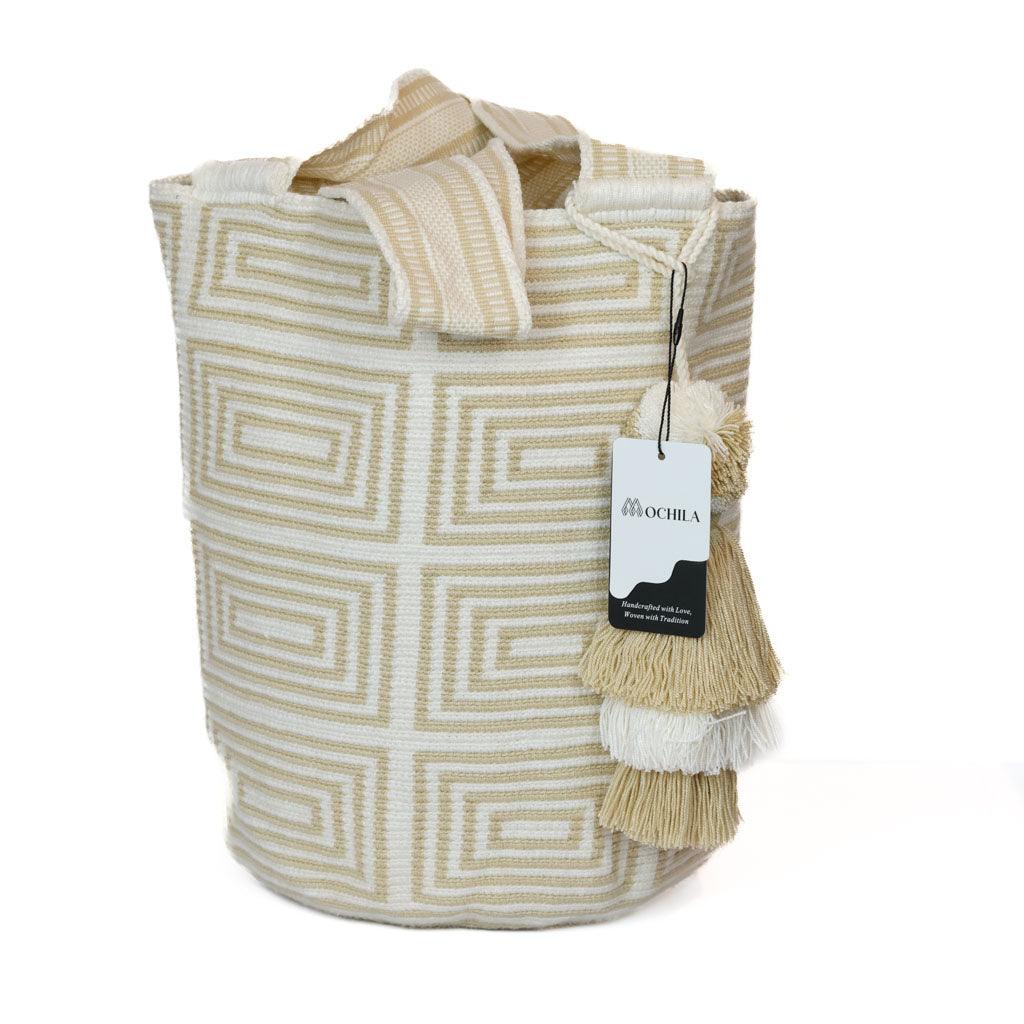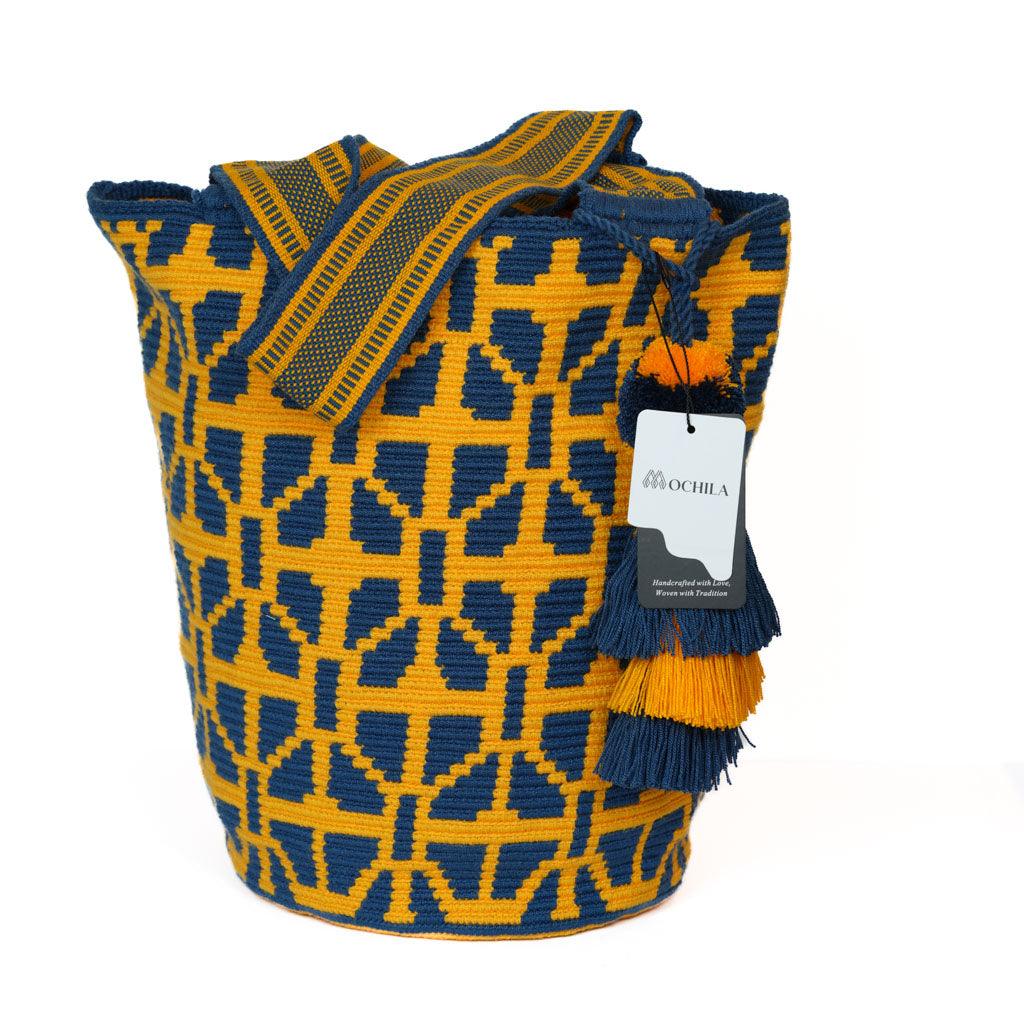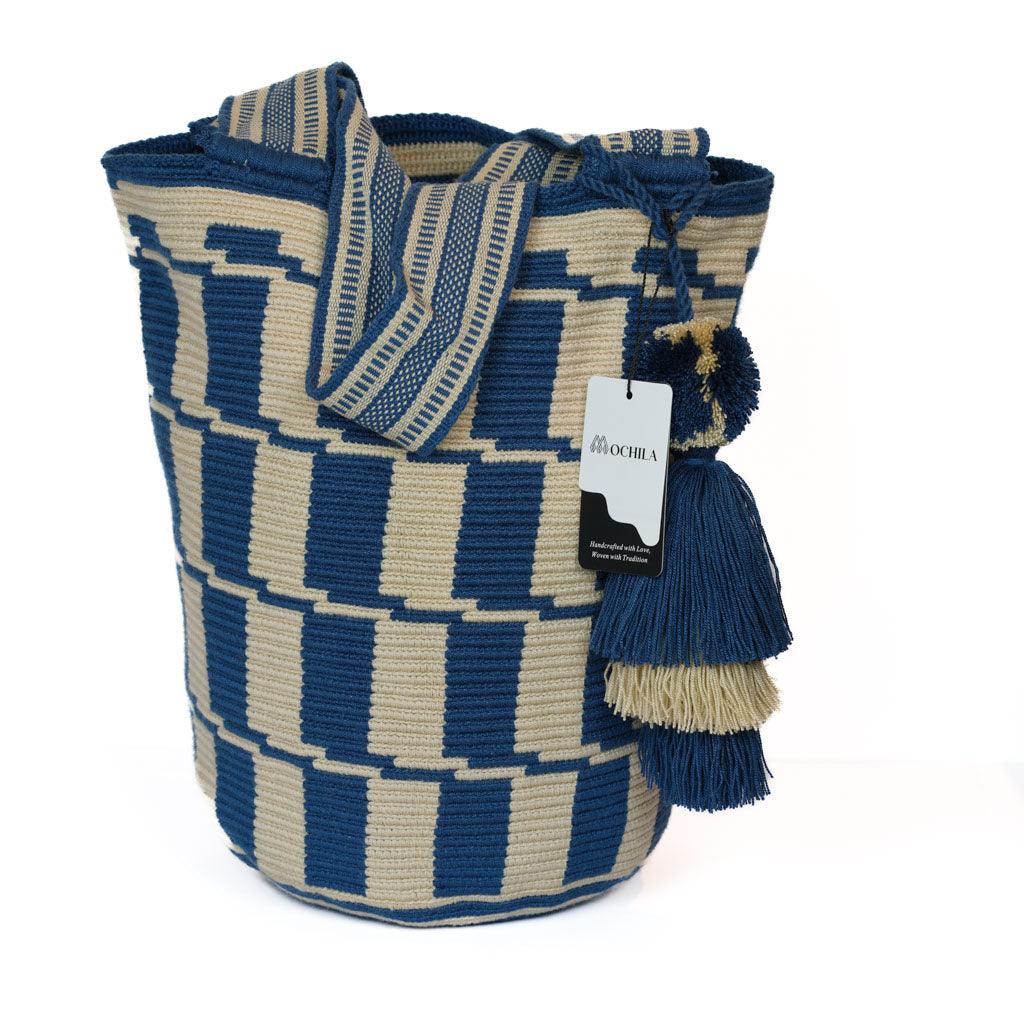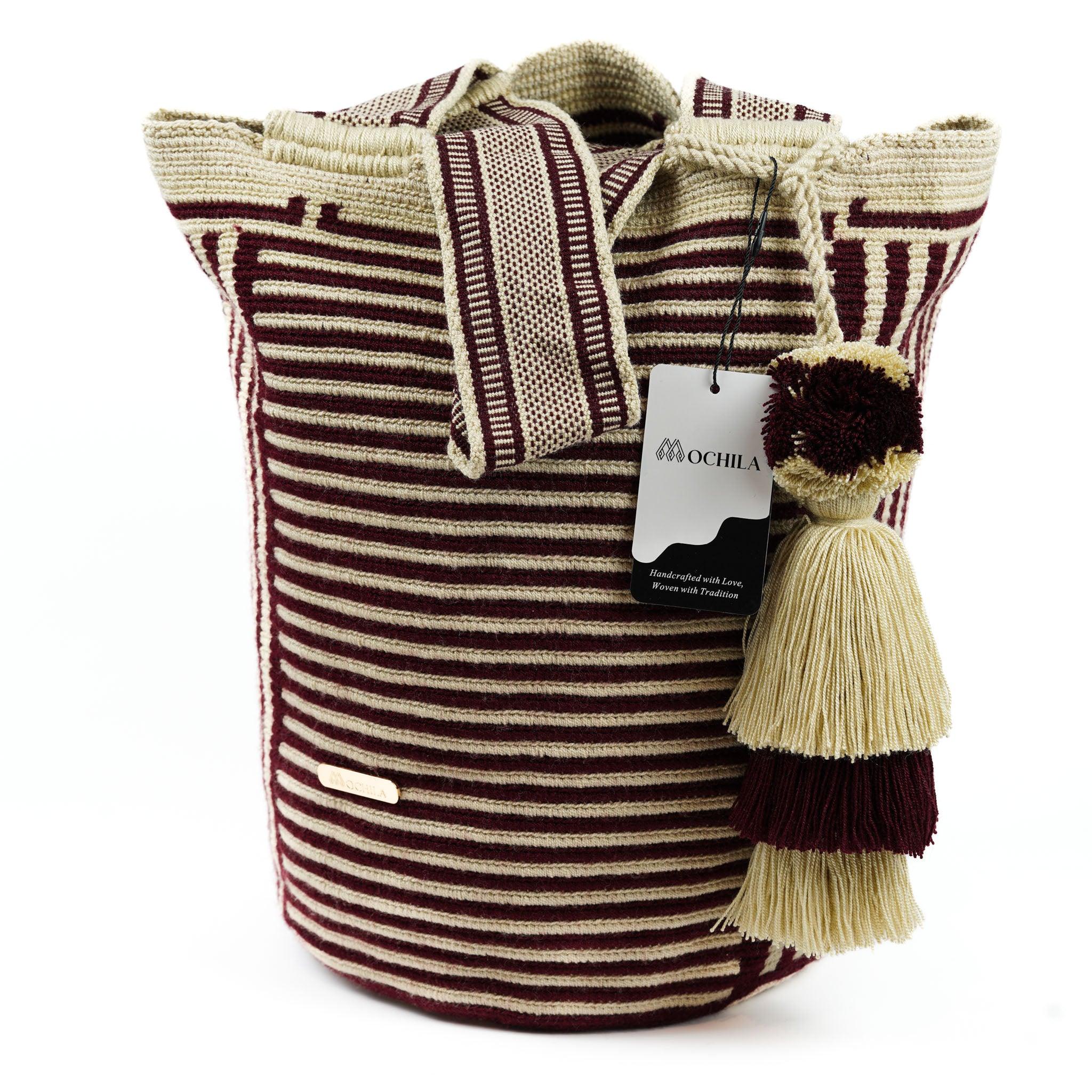The Art of Crocheting Baby Blankets
Crocheting baby blankets is a tradition cherished by many, and it's not difficult to understand why. This delightful craft offers a unique blend of practicality and creativity, providing a perfect outlet for expressing love and warmth.
Why Crochet Baby Blankets
Nothing quite compares to the joy of crafting something special and personalized for a baby. Whether you're a parent, grandparent, aunt, uncle, or a close friend, learning how to crochet patterns for baby blankets offers a wonderful way to contribute to a baby's comfort and well-being.
Baby blankets not only provide warmth but also serve as a beautiful keepsake to be cherished for years to come. Each stitch carries with it a sense of love and care, making these blankets more than just a piece of fabric.
Moreover, crocheting baby blankets allows you to exercise your creativity. From choosing colors and yarn types to exploring different crochet techniques, the process is filled with opportunities for personal expression.
Understanding the Basics of Crochet
Before you delve into the art of crocheting baby blankets, it's important to grasp the basics of crochet. This involves understanding how to hold the crochet hook, creating a foundation chain, and learning the basic crochet stitches, such as single crochet, double crochet, and half double crochet.
Once you're comfortable with these fundamentals, you can start experimenting with different stitches and techniques to create texture and dimension in your blankets. For a more detailed guide on the basics of crochet, check out our article on how to crochet for beginners.
A crucial part of crocheting baby blankets is understanding how to read crochet patterns. These patterns provide step-by-step instructions to guide you through the process of creating your blanket. They specify the type of yarn, the size of the crochet hook, the stitch types, and the number of stitches required for each row or round. For more insights on reading and understanding crochet patterns, refer to our article on how to crochet patterns for blankets.
Learning to crochet baby blankets can be an enjoyable and rewarding journey. With patience, practice, and a bit of creativity, you'll be able to create beautiful, cozy blankets that bring joy and warmth to a baby's world. Whether you're new to crochet or looking to expand your skills, this guide will help you explore the art of crocheting baby blankets.
Essential Crochet Techniques for Baby Blankets
Crafting a baby blanket involves more than just picking up a hook and yarn. It requires an understanding of essential crochet techniques. This section will cover the stitch basics, techniques for creating texture, and edging techniques needed to create adorable patterns for baby blankets.
Stitch Basics: Single, Double, and Triple Crochet
Three fundamental stitches form the basis of most crochet projects, including baby blankets: the single crochet, double crochet, and triple crochet.
- Single Crochet (sc): This is the most basic crochet stitch. It creates a tight, dense fabric, perfect for keeping babies warm.
- Double Crochet (dc): This stitch is twice as tall as the single crochet, with a looser weave. It's a versatile stitch that can be used in a variety of patterns.
- Triple Crochet (tr): This is the tallest of the three basic stitches. It creates a very loose, open fabric.
For a detailed explanation on how to create these stitches, check out our guide on how to crochet stitches.
Creating Texture: Bobbles, Puffs, and Clusters
Adding texture to a baby blanket can make it more visually appealing and stimulating for a baby. Three popular stitches used for adding texture are the bobble, puff, and cluster stitches.
- Bobble Stitch: This stitch creates a 'bumpy' texture on the fabric, adding visual interest to any baby blanket pattern.
- Puff Stitch: This stitch creates a 'puff' of yarn on the fabric. It's a great way to add a soft, cushiony texture to a baby blanket.
- Cluster Stitch: This stitch involves working several incomplete stitches into one stitch, creating a 'cluster'. It's another excellent way to add texture and visual interest to a baby blanket.
Edging Techniques for a Finished Look
Once the main body of the baby blanket is complete, you'll want to add a border or edge for a finished look. There are many different edging techniques you can use, from a simple single crochet all the way around the blanket, to more complex lace or scalloped edges.
For a softer edge, consider using a picot edge. For a more decorative edge, you could try a shell or scalloped edge. The choice of edging can greatly enhance the overall design of the baby blanket, so choose a style that complements the rest of your work.
Understanding these essential crochet techniques will equip you with the skills needed to create a variety of crochet patterns for baby blankets. Experiment with different stitches, textures, and edges to create a unique and personal gift for a special little one. For more inspiration, check out our guides on how to crochet patterns for blankets.
Adorable Patterns for Baby Blankets
Creating a baby blanket is a task filled with love and care. Here, we will explore three adorable patterns that will help you learn how to crochet patterns for baby blankets. We will cover the Simple Stripes, Granny Square, and Bobble Stitch blanket patterns.
Simple Stripes Baby Blanket Pattern
The Simple Stripes baby blanket pattern is perfect for beginners. It involves alternating colors after every few rows to create a striped effect. The basic stitch used here is the single crochet (sc), making it a great project to practice your stitches.
Pattern:
- Chain a multiple of 3 plus 2 for the base chain.
- Row 1: In the second chain from the hook, sc. Continue sc in every chain across. Change color in the last stitch.
- Row 2: Chain 1, turn. Sc in each stitch across. Change color in the last stitch.
- Repeat Row 2 for the pattern, alternating colors every few rows.
For more information on crochet stitches, refer to our guide on how to crochet stitches.
Granny Square Baby Blanket Pattern
The Granny Square baby blanket pattern is a classic favorite. It involves creating small squares and joining them together to form the blanket. This pattern allows you to play with colors and make a visually appealing blanket.
Pattern:
- Start with a magic circle.
- Round 1: Chain 3 (counts as first double crochet), then work 2 double crochet (dc) into the circle. Chain 2, work 3 dc into the circle. Repeat from * to * twice more. Chain 2 and join with a slip stitch to the top of the beginning chain 3.
- Round 2: Slip stitch in each dc to the first chain 2 space. Chain 3, work 2 dc into the same space. Chain 1, work 3 dc, chain 2, 3 dc in the next chain 2 space. Repeat from * to * twice more. Chain 1, work 3 dc into the first chain 2 space, chain 2, join with a slip stitch to the top of the beginning chain 3.
- Continue adding rounds to grow the square to your desired size.
Bobble Stitch Baby Blanket Pattern
The Bobble Stitch baby blanket pattern creates a textured, 3D effect on the blanket. This pattern involves creating a 'bobble' or a cluster of stitches that puff out from the blanket.
Pattern:
- Chain a multiple of 5 plus 2 for the base chain.
- Row 1: In the second chain from the hook, sc. Continue sc in each chain across.
- Row 2: Chain 1, turn. Sc in the first stitch. Bobble stitch in the next stitch, sc in the next 4 stitches. Repeat from * to * across, ending with 2 sc.
- Row 3: Chain 1, turn. Sc in each stitch across.
- Repeat Rows 2 and 3 for the pattern.
Creating baby blankets is a great way to practice and enhance your crochet skills. These three patterns offer a variety of stitches and techniques, making them an exciting and rewarding project for both beginners and intermediate crocheters. Explore our other articles for more crochet patterns and projects, including how to crochet patterns for blankets and how to crochet for beginners.
Tips for Crafting the Perfect Baby Blanket
Creating a baby blanket is a rewarding process that involves careful consideration of various factors. This section will provide you with some handy tips on how to crochet patterns for baby blankets, focusing on three key areas: choosing the right yarn, sizing your baby blanket, and caring for your crochet baby blanket.
Choosing the Right Yarn
The yarn you choose for your baby blanket will have a significant impact on its texture, warmth, and durability. When selecting yarn, consider factors such as softness, washability, and allergenic properties.
Softness: The yarn should be gentle on a baby's sensitive skin. Look for yarns made from baby-friendly materials like cotton, bamboo, or acrylic.
Washability: Babies can be messy, so it's essential to choose a yarn that can withstand frequent washing. Machine-washable yarns are a good choice.
Allergenic properties: Babies may be sensitive to certain materials. Avoid yarns made from animal fibers, which can cause allergies.
Sizing Your Baby Blanket
The size of the baby blanket should be appropriate for the purpose it will serve. Here are some common baby blanket sizes:
| Purpose | Size (inches) |
|---|---|
| Swaddling | 36 x 36 |
| Stroller blanket | 30 x 36 |
| Crib blanket | 36 x 54 |
Remember, these are just guidelines. Feel free to adjust the size to suit your needs and preferences. For more detailed information on sizing your baby blanket, check out our guide on how to crochet patterns for blankets.
Caring for Your Crochet Baby Blanket
Proper care ensures that your handmade baby blanket will stay in good condition for years to come. Here are a few care tips:
Washing: Always follow the care instructions for the yarn you used. Machine-washable yarns should be washed in cold water on a gentle cycle.
Drying: Tumble dry on low heat, or lay flat to dry.
Storage: Store the blanket in a cool, dry place when not in use. Avoid damp or humid areas to prevent mildew.
By considering these tips when you're planning your project, you can ensure that the baby blanket you create is not only beautiful, but also practical and durable. Now that you're equipped with these tips, you're ready to start crafting the perfect baby blanket. For more crochet guides and inspiration, feel free to explore our other articles on how to crochet.
Common Issues and How to Solve Them
As with any art form, mastering the craft of crochet, and specifically how to crochet patterns for baby blankets, comes with its own set of challenges. Let's explore the solutions to three common issues: correcting stitch mistakes, adjusting tension issues, and fixing common pattern problems.
Correcting Stitch Mistakes
Stitch mistakes are common when learning to crochet. Whether it's missing a stitch or adding an extra one, these errors can alter the look and size of your baby blanket.
To correct a stitch mistake, you need to identify the location of the error. Once you've found the mistake, carefully undo your stitches until you reach the problematic area. This process, known as "frogging," gets its name from the sound "ribbit" because you "rip it" back to the mistake. After correcting the stitch, you can continue crocheting as per your pattern. For more details on correcting stitch mistakes, check out our article on how to crochet stitches.
Adjusting Tension Issues
Tension refers to how tightly or loosely you hold the yarn while crocheting. Incorrect tension can lead to uneven stitches and a distorted blanket shape. If your stitches are too tight, it can make the blanket stiff and small. On the other hand, if your stitches are too loose, the blanket may appear larger and have gaps between stitches.
To adjust your tension, practice making stitches with different grip strengths until you find what works best for you. Remember, achieving consistent tension comes with practice. For more guidance on handling tension issues, refer to our guide on how to crochet for beginners.
Fixing Common Pattern Problems
Pattern problems often arise from misunderstanding the instructions. Whether it's misinterpreting a stitch symbol or losing track of your row count, these mistakes can affect the outcome of your baby blanket.
To avoid pattern problems, always read through the entire pattern before you start crocheting. Use stitch markers to keep track of your progress and row counters to maintain accurate row counts. If you're still having trouble understanding a pattern, consider seeking help from crochet communities online or in-person crochet classes. For more insight on understanding and fixing pattern issues, check out our comprehensive guide on how to crochet patterns for blankets.
By understanding these common issues and their solutions, you can improve your crochet skills and create beautiful baby blankets with confidence and ease. Remember, practice makes perfect, and every mistake is an opportunity to learn and grow as a crochet artist.

